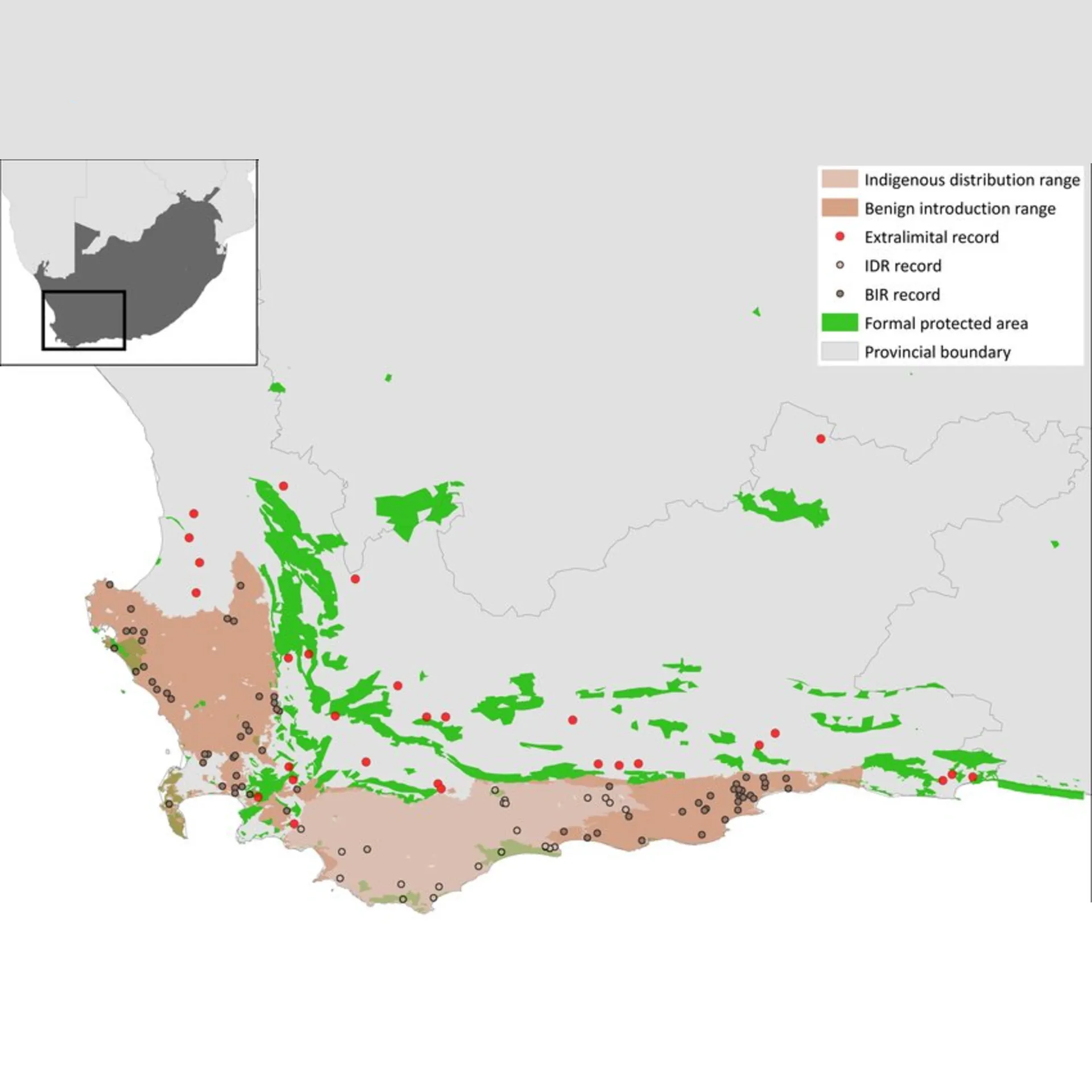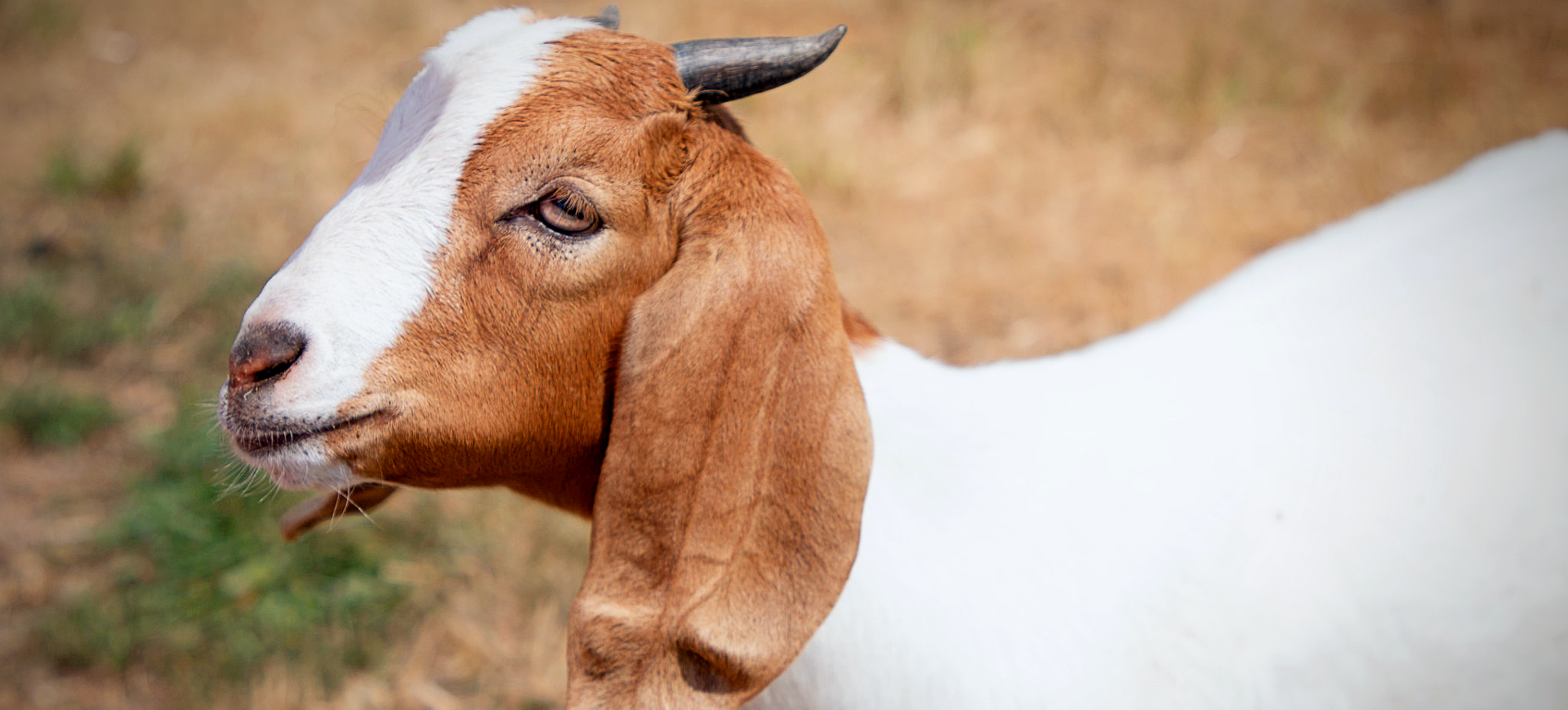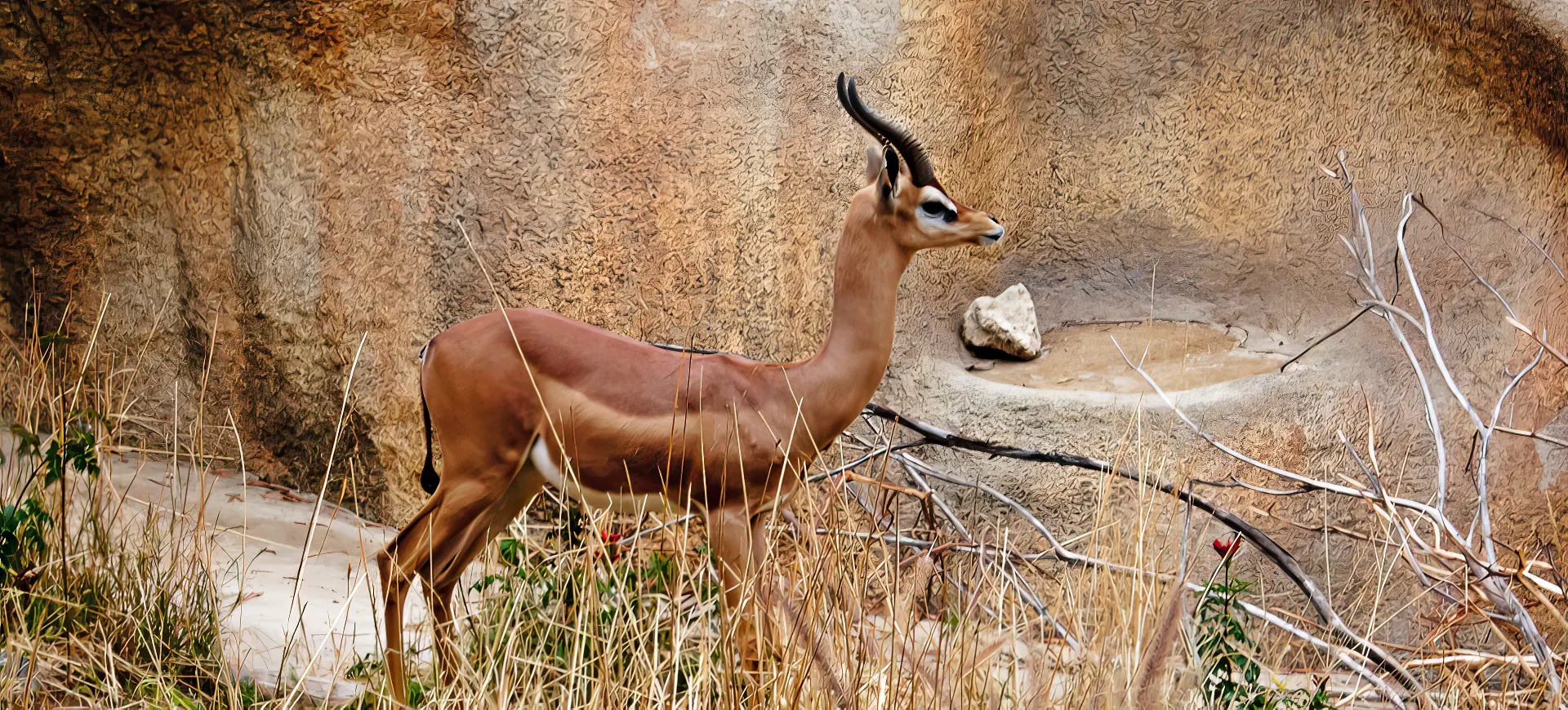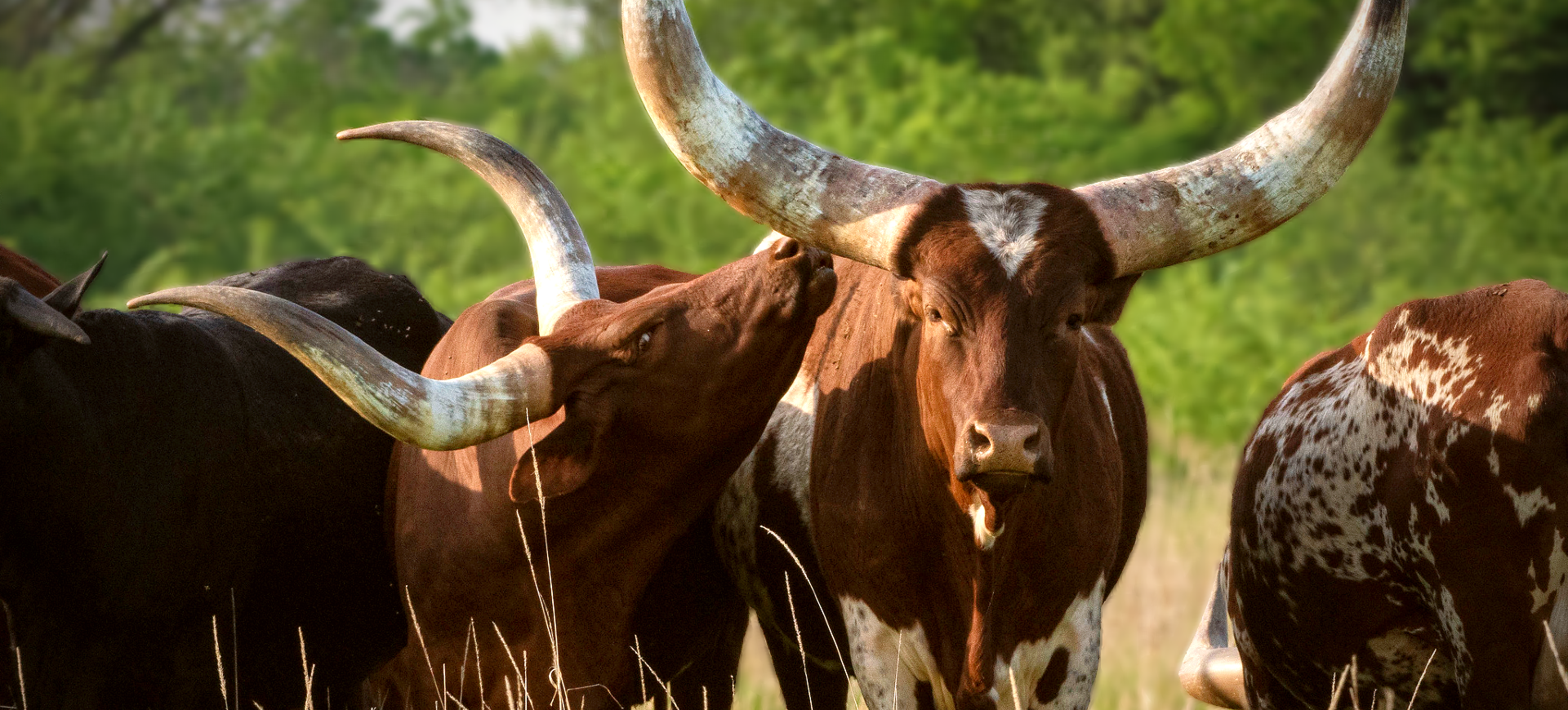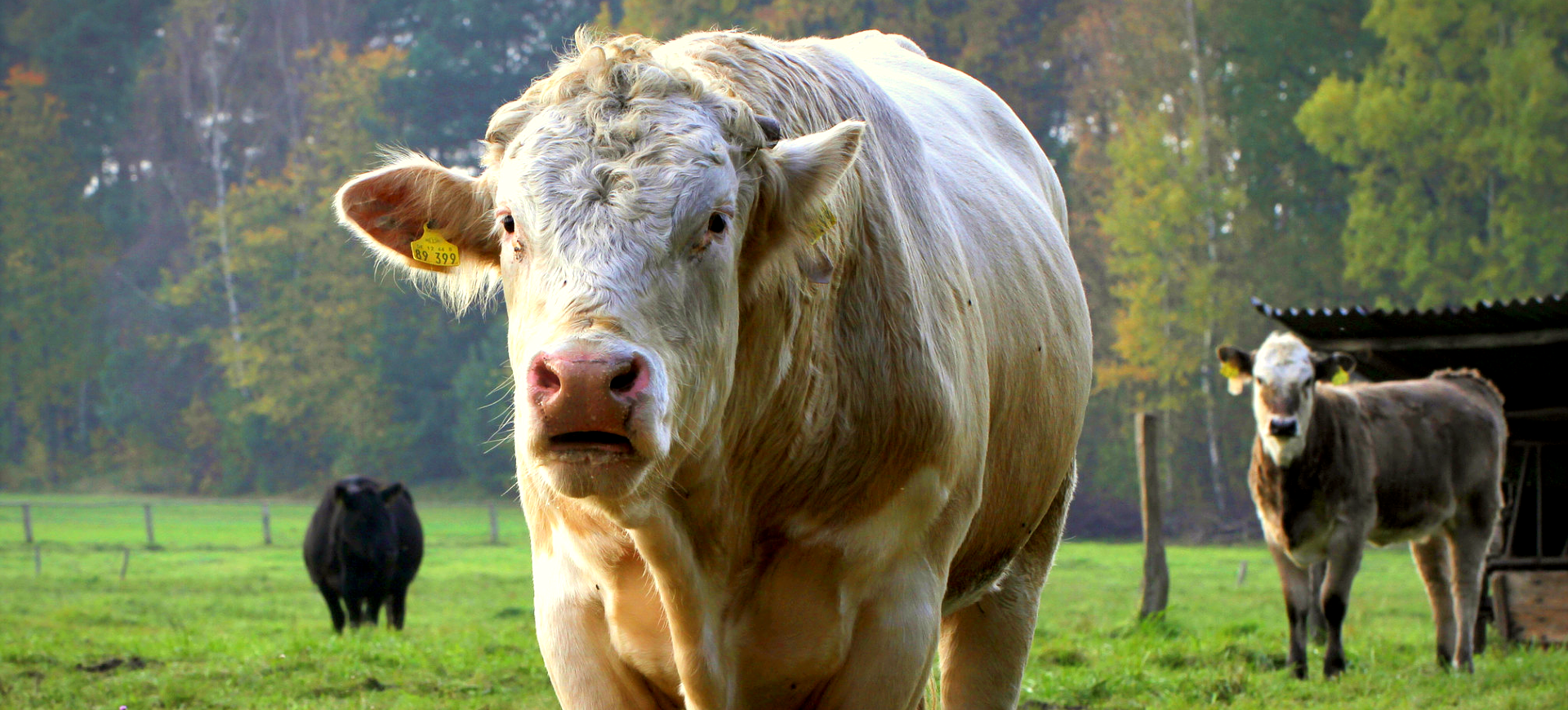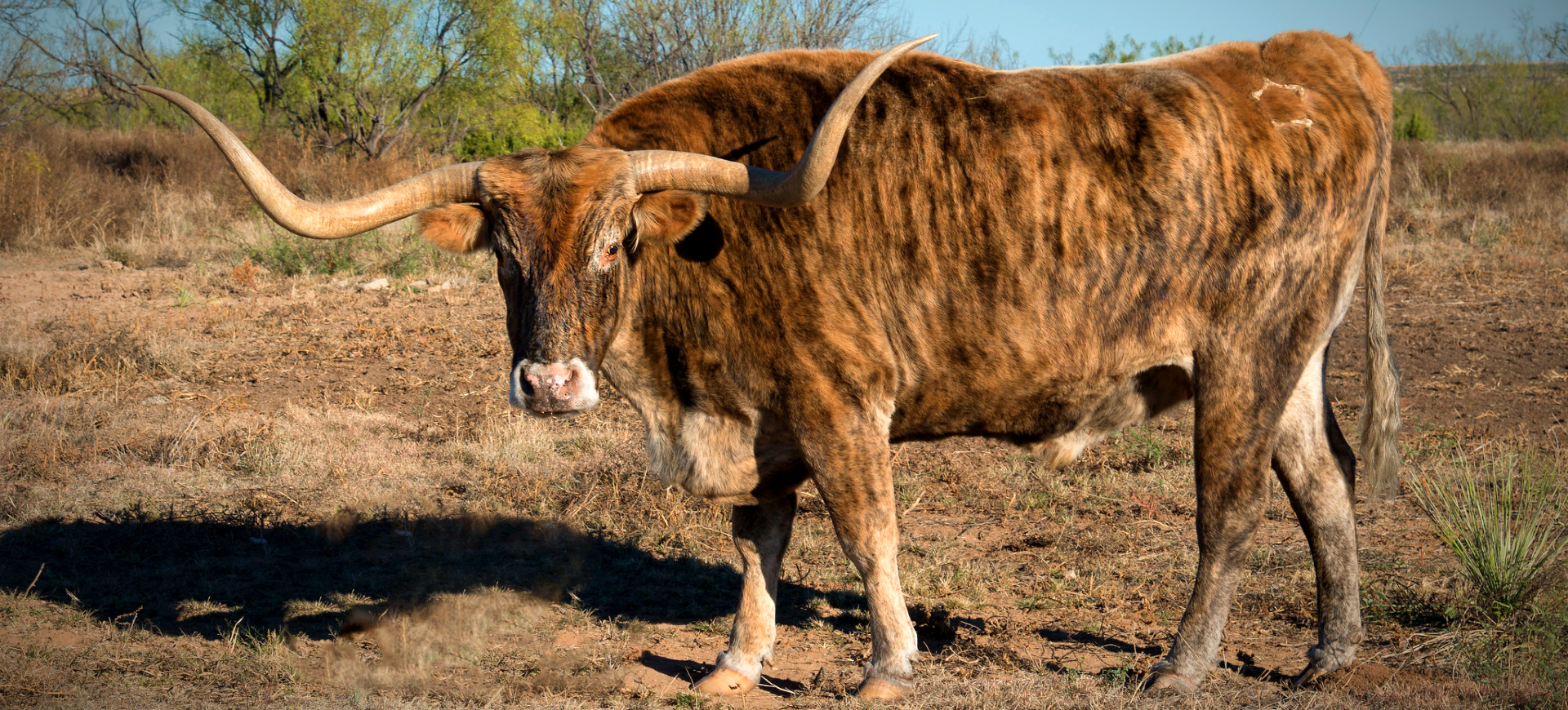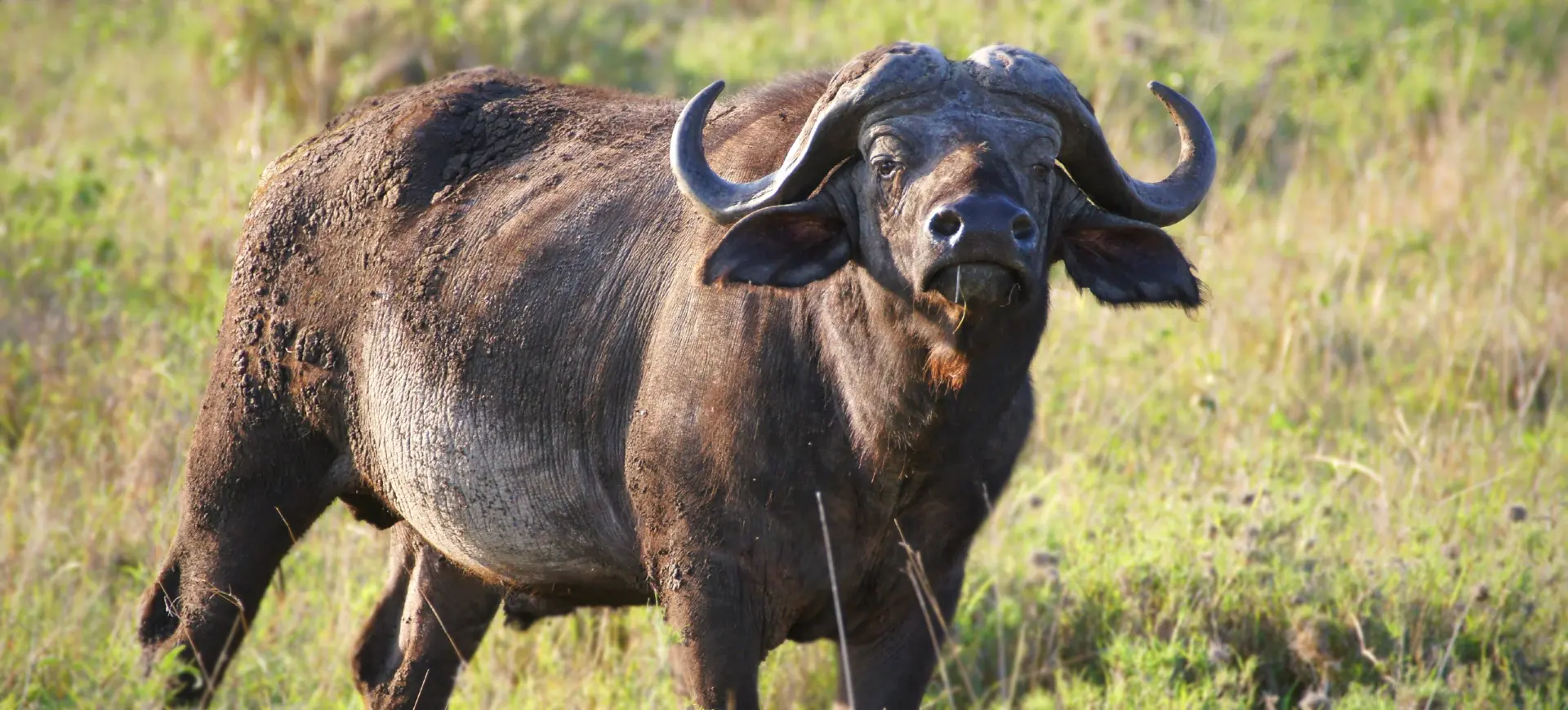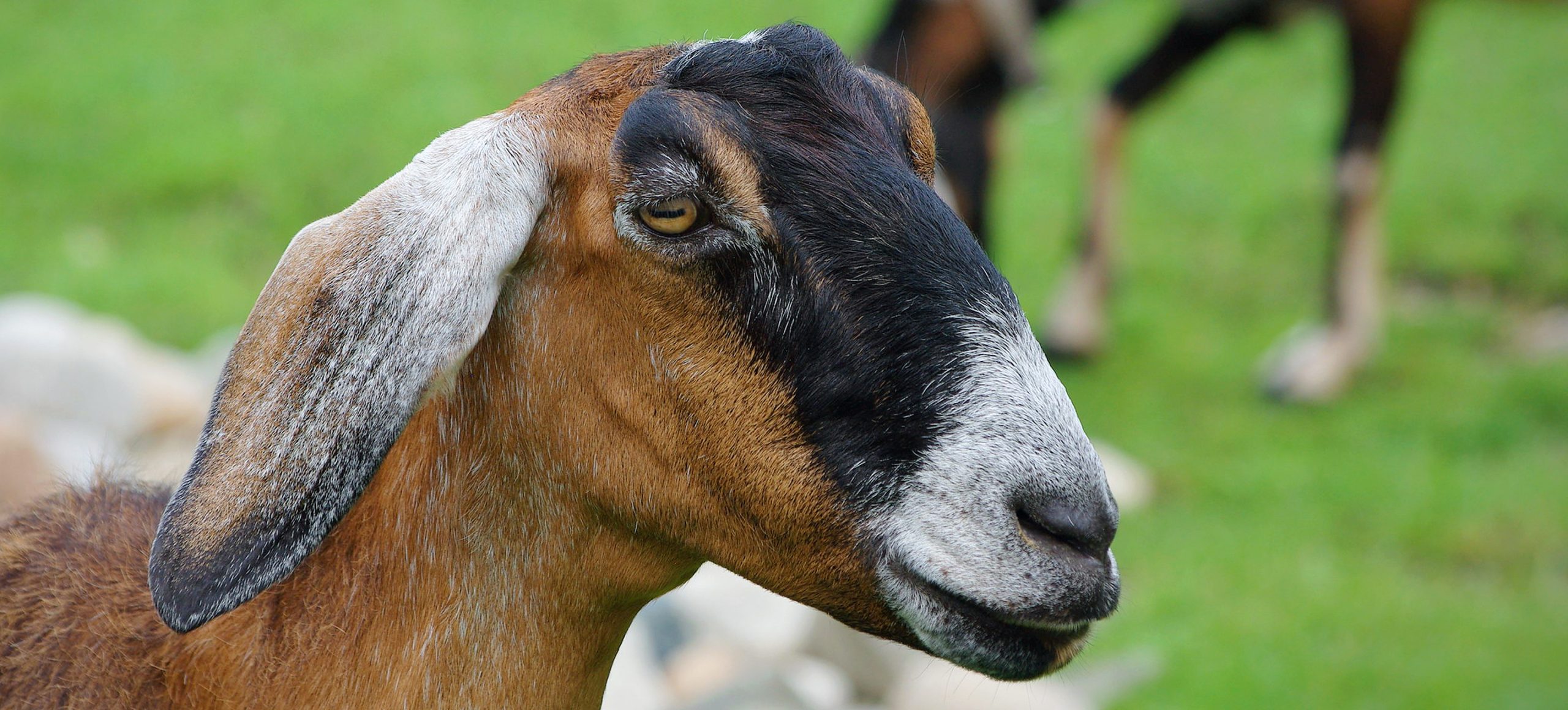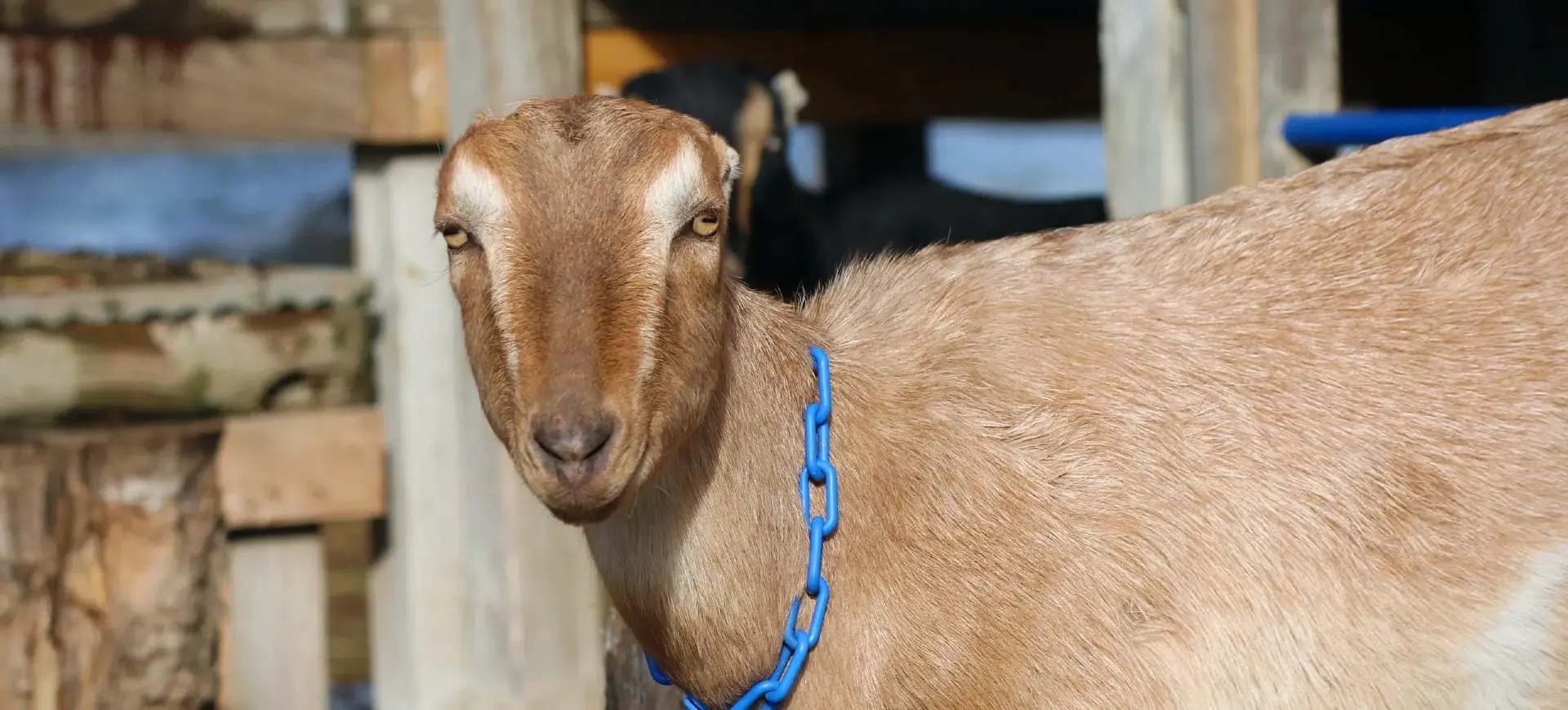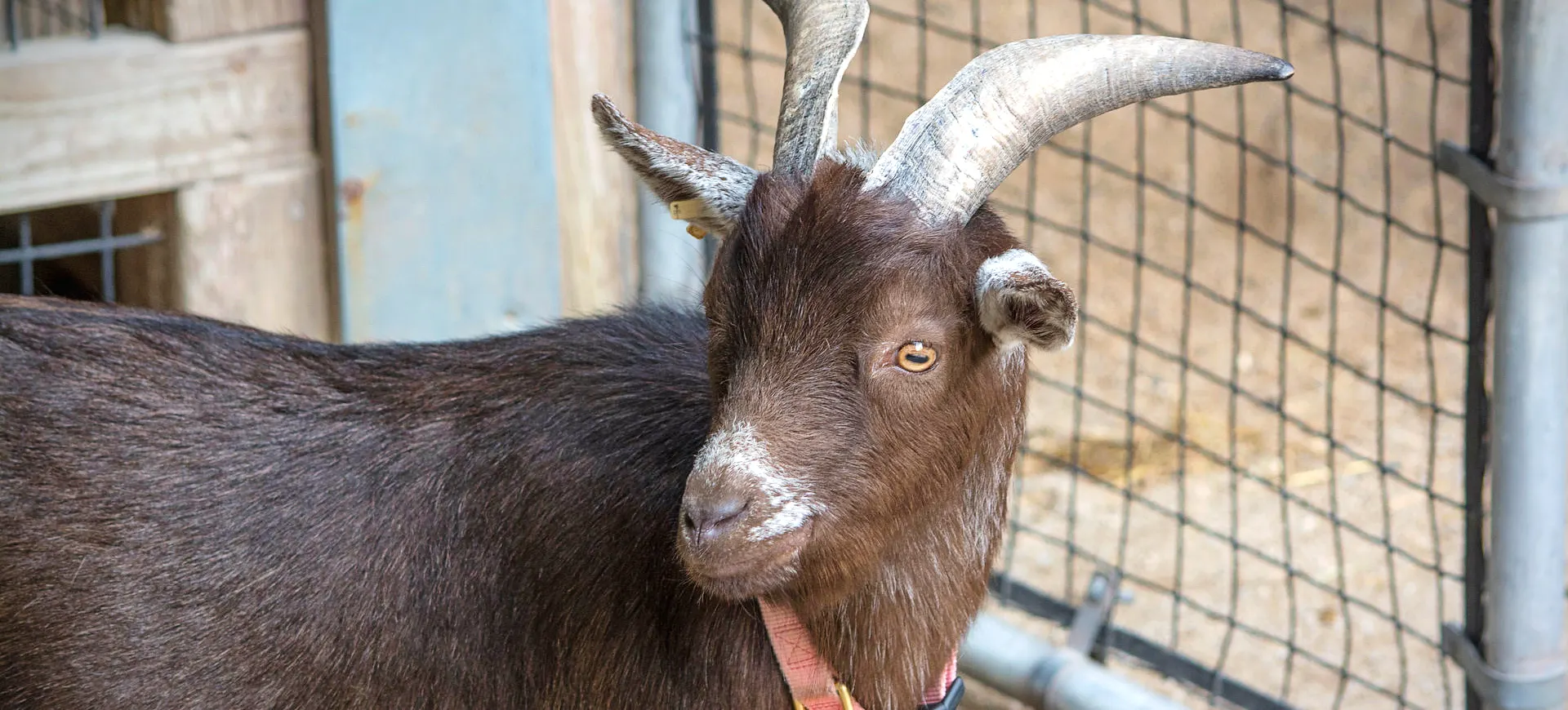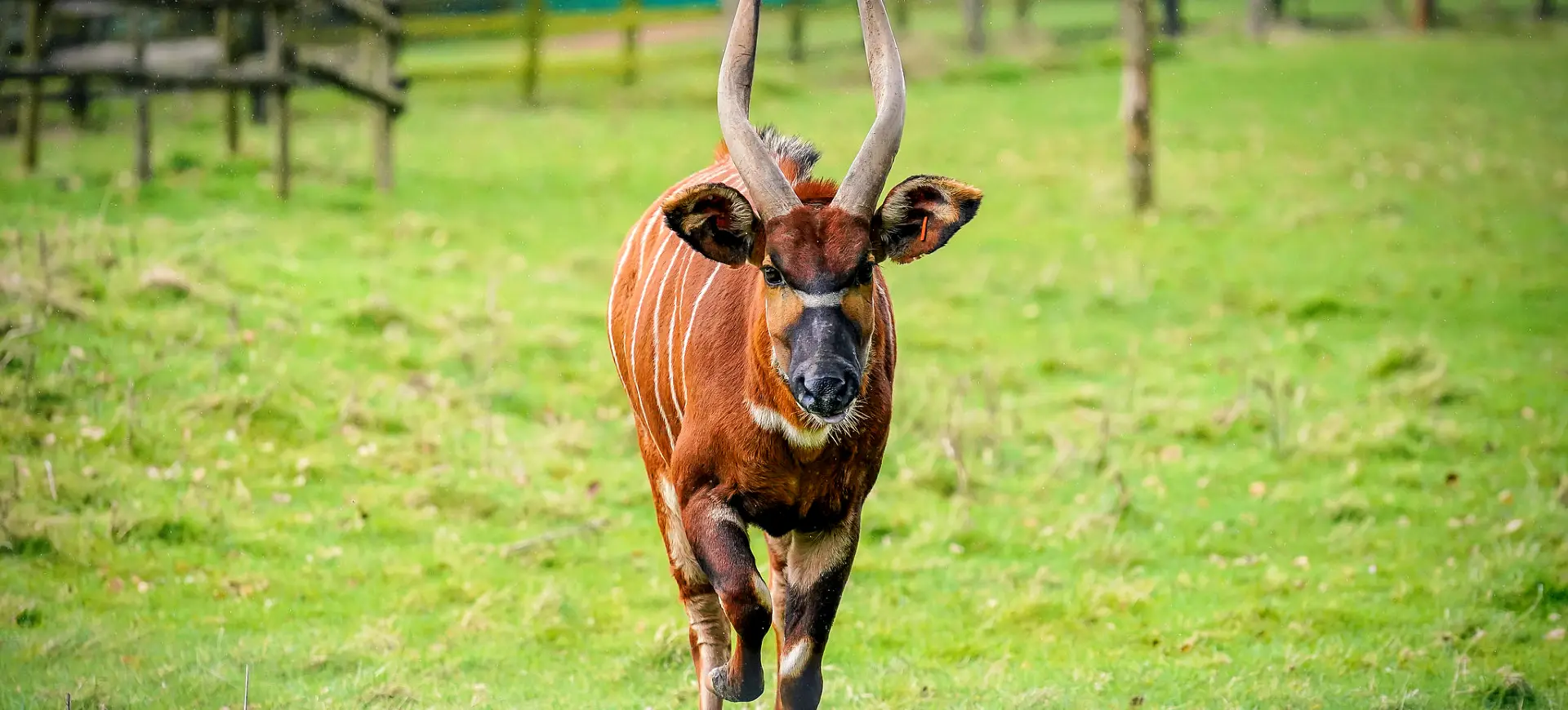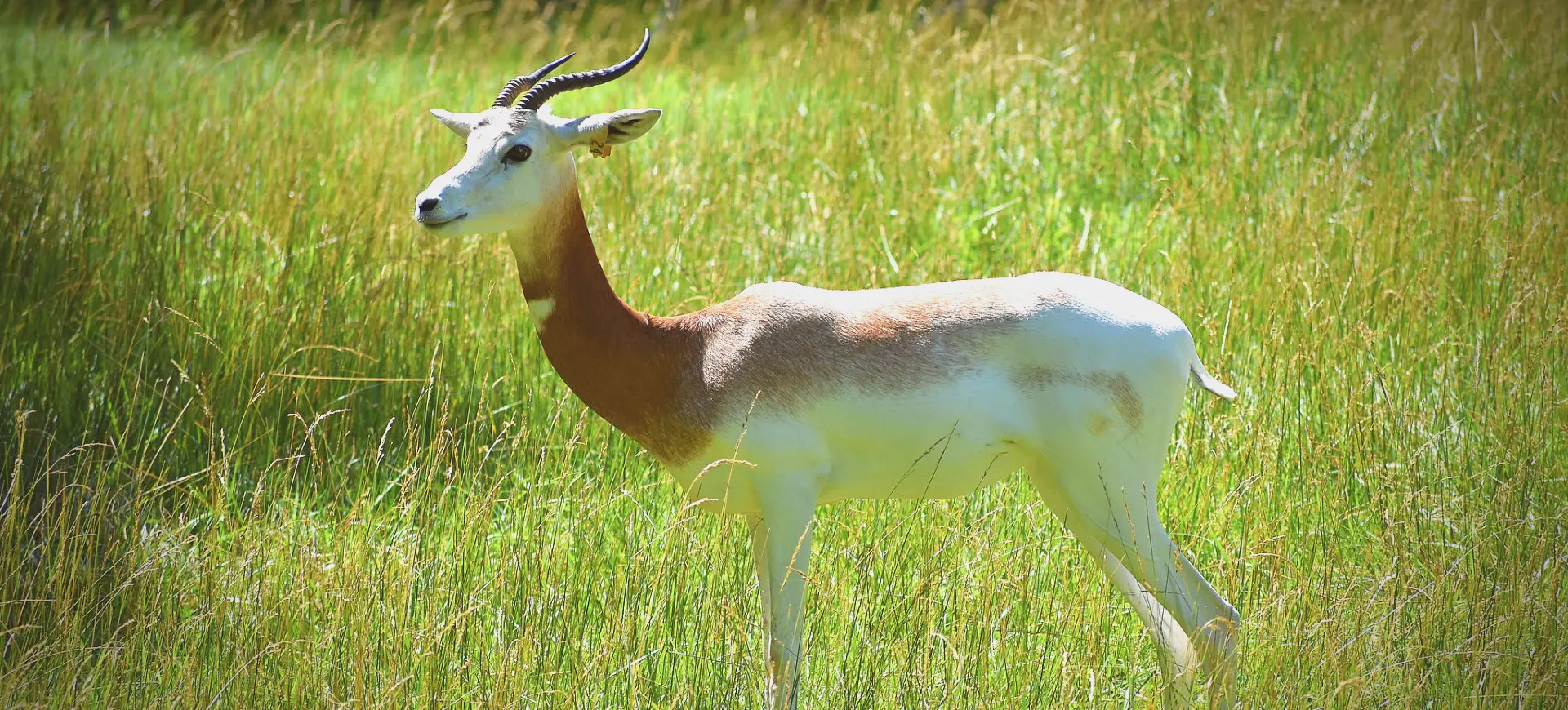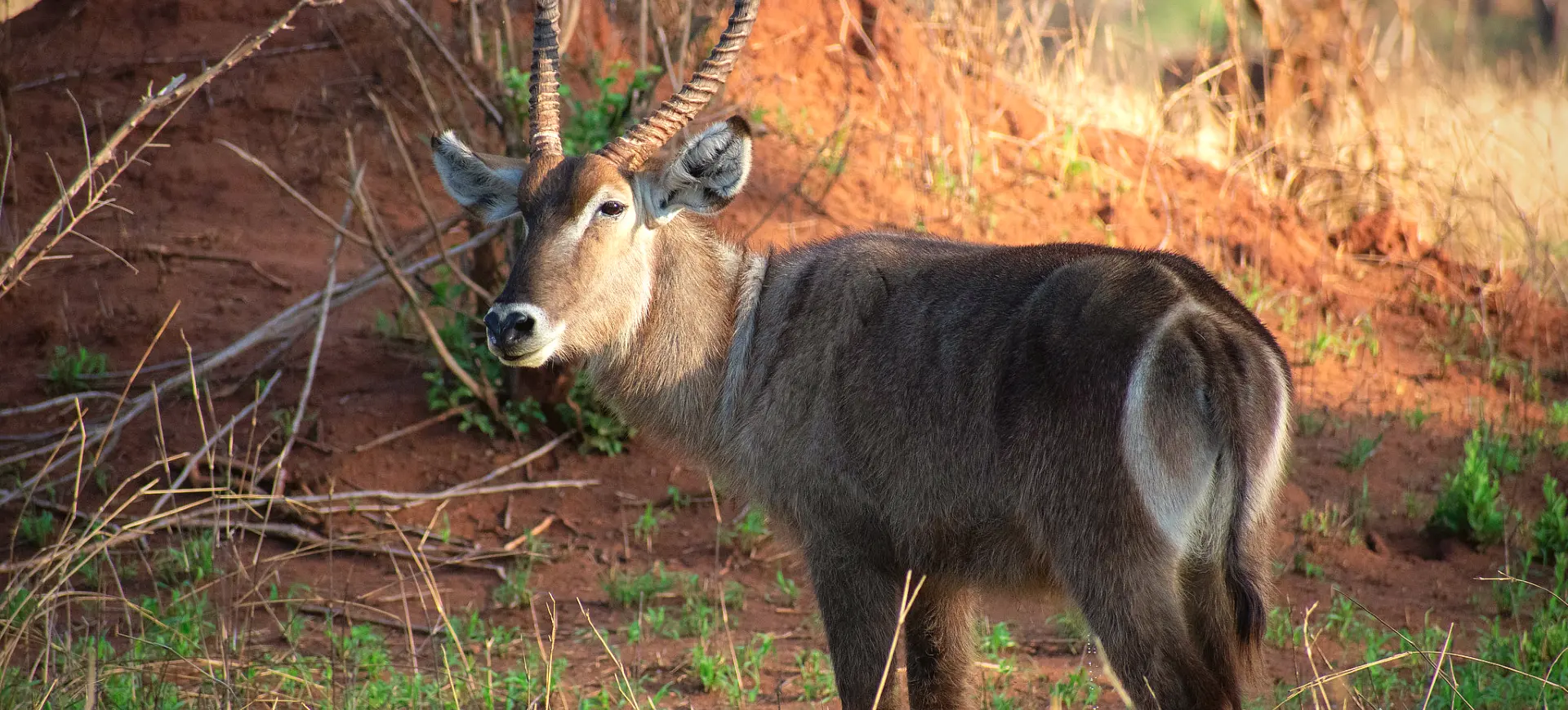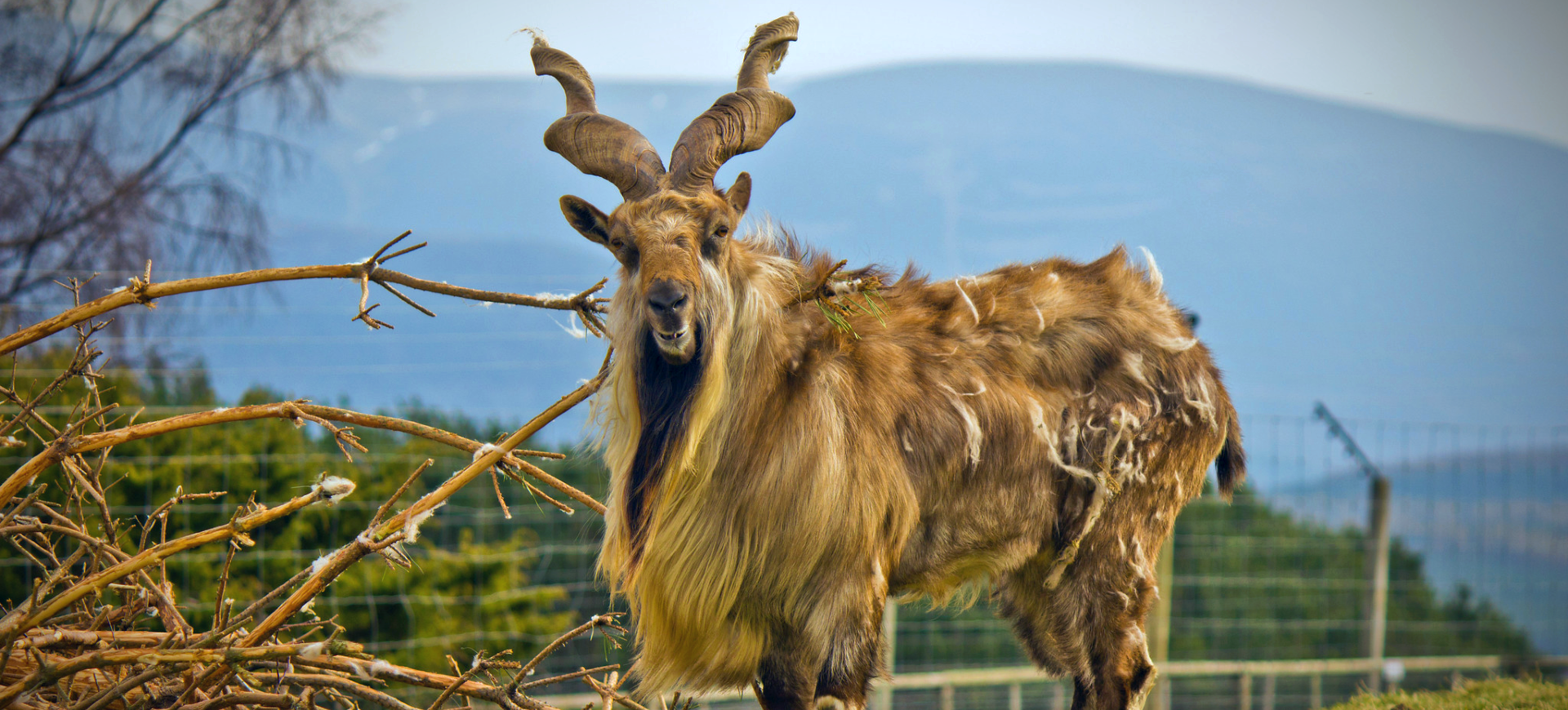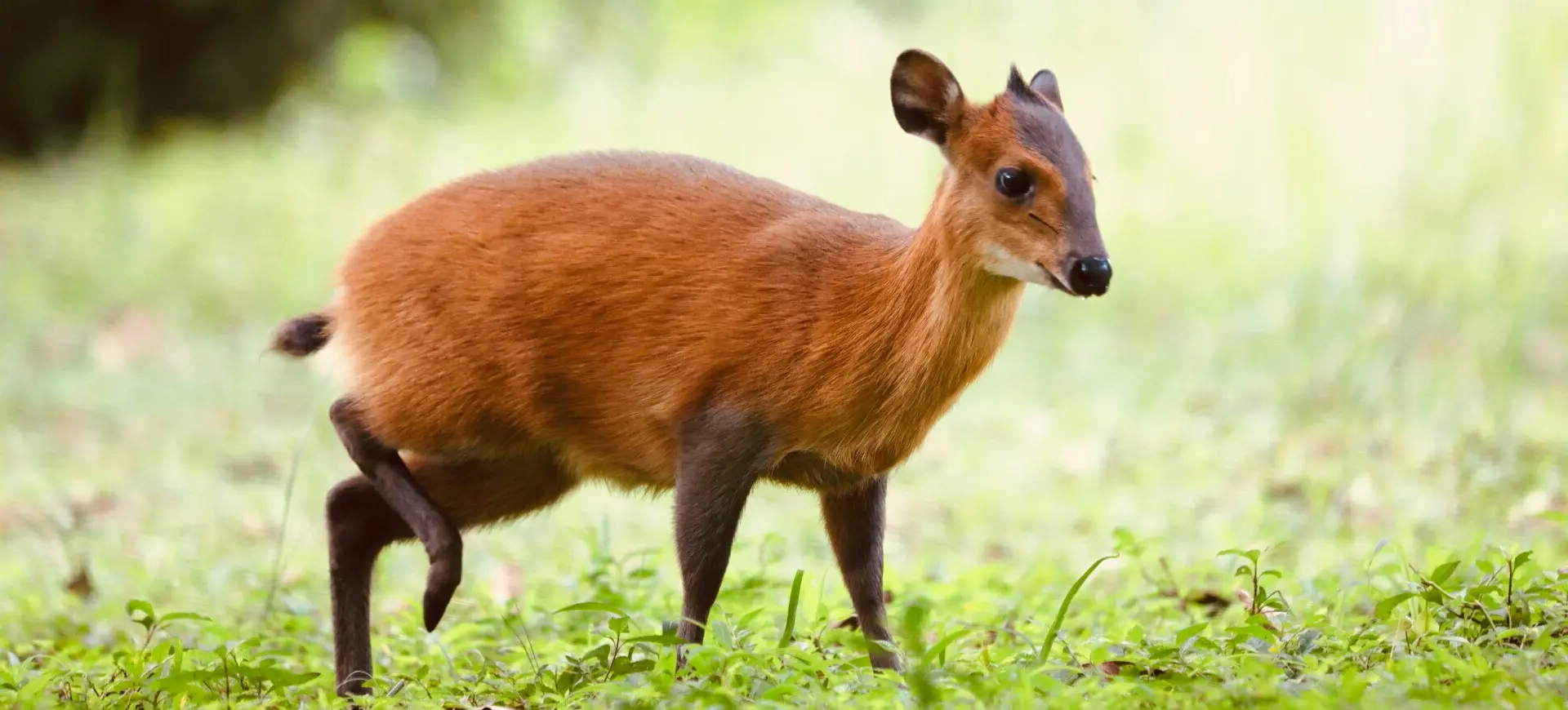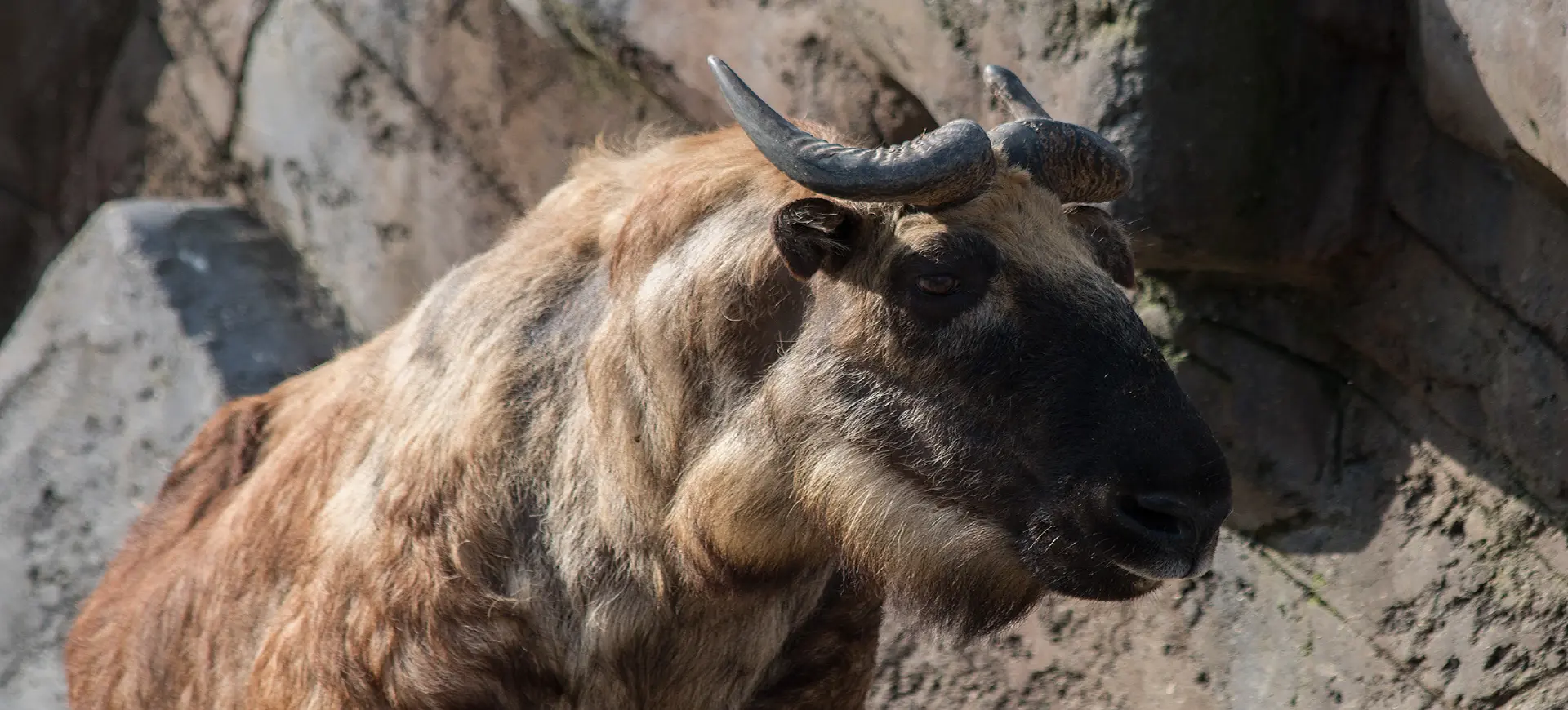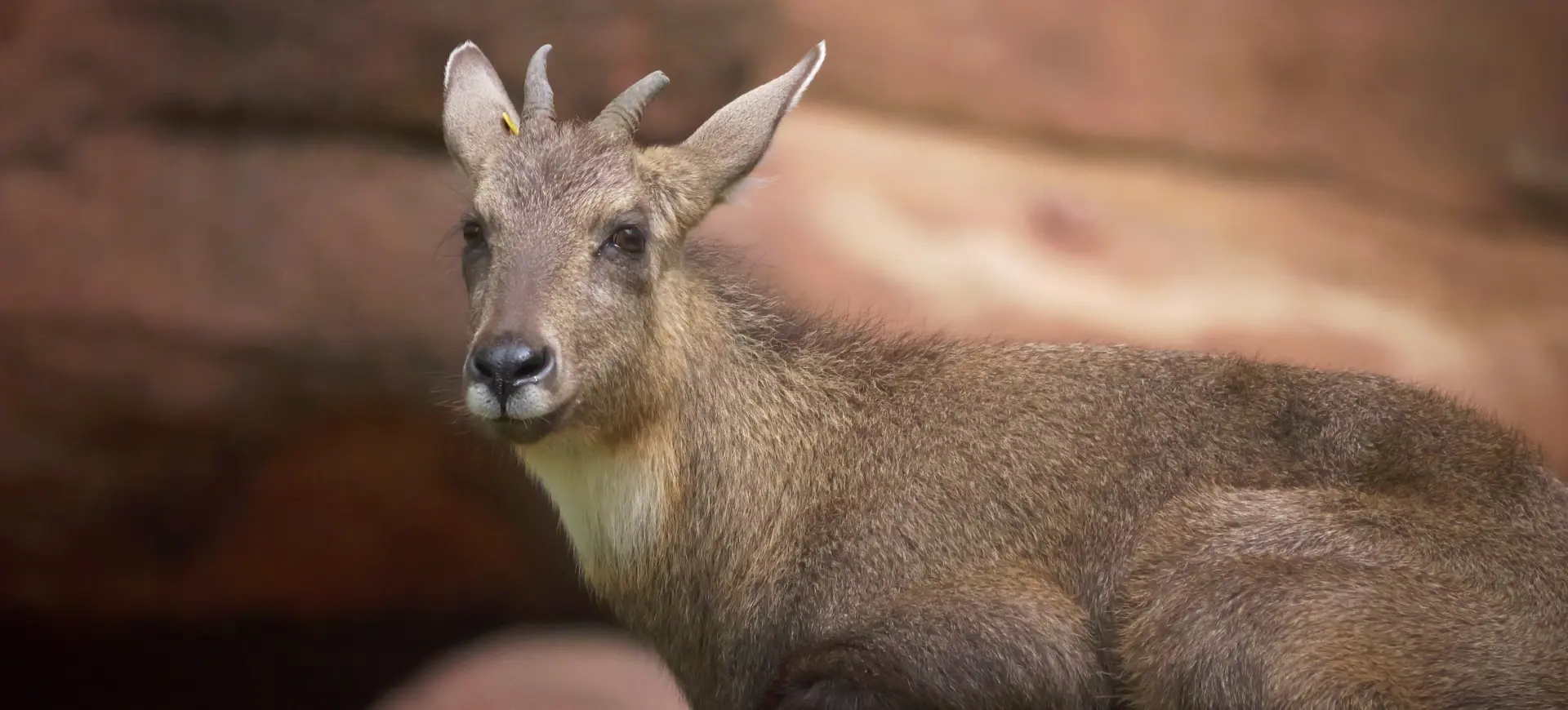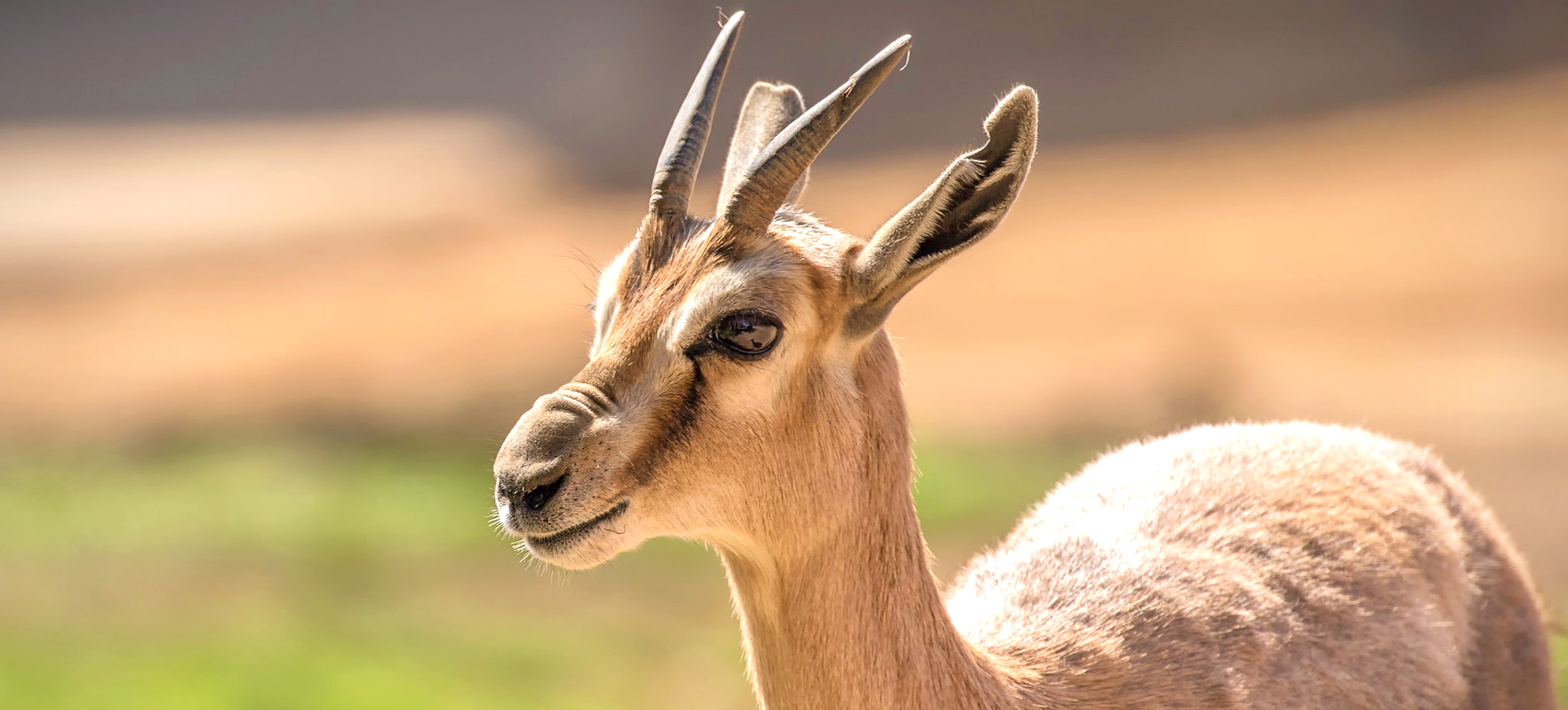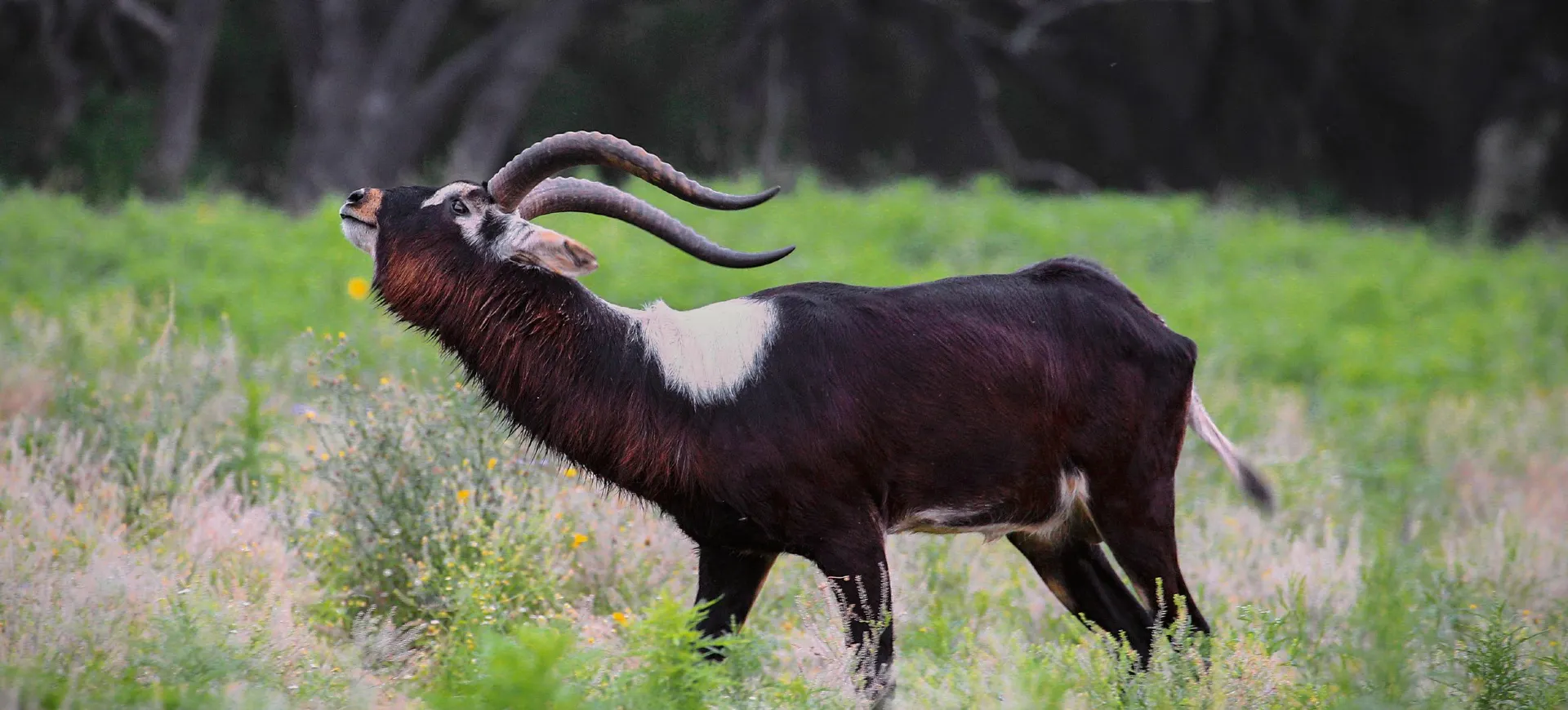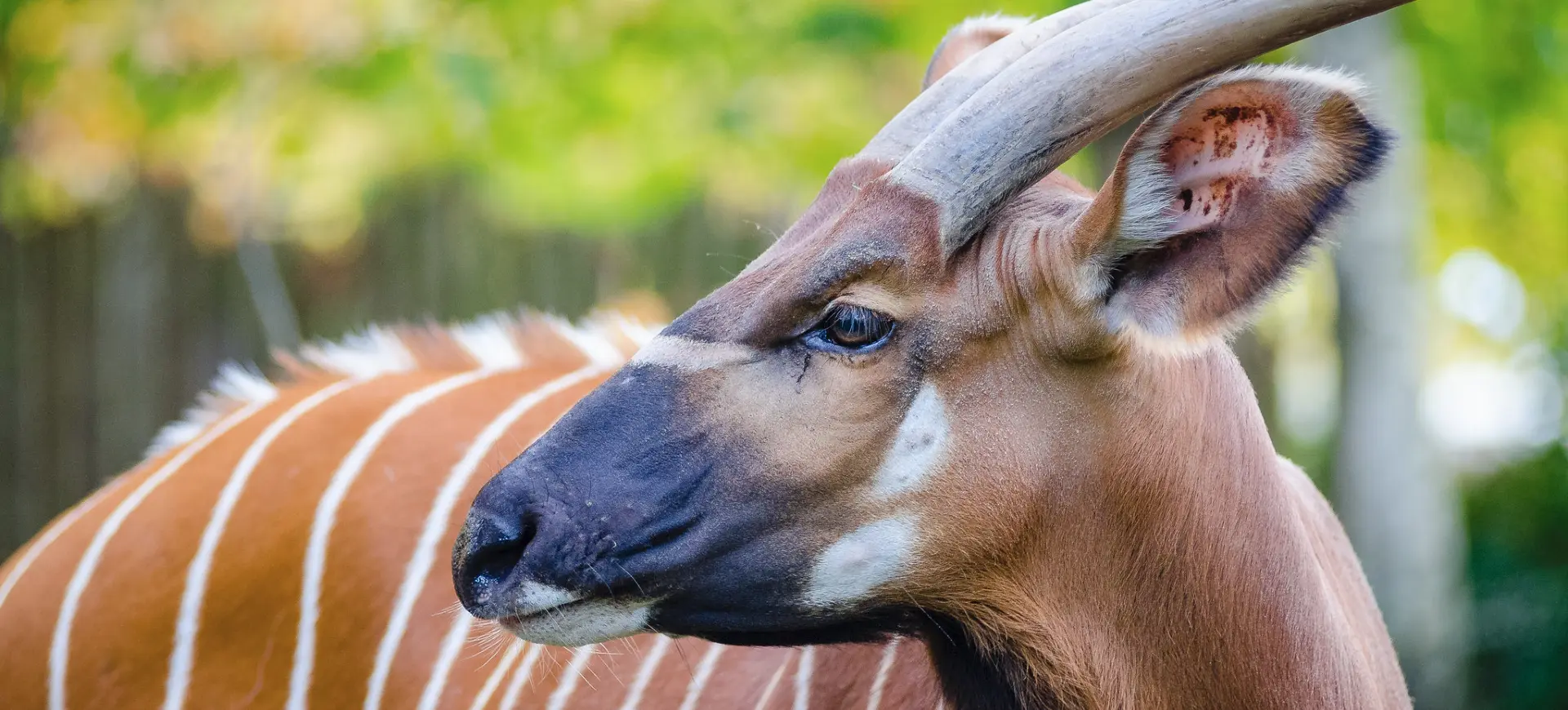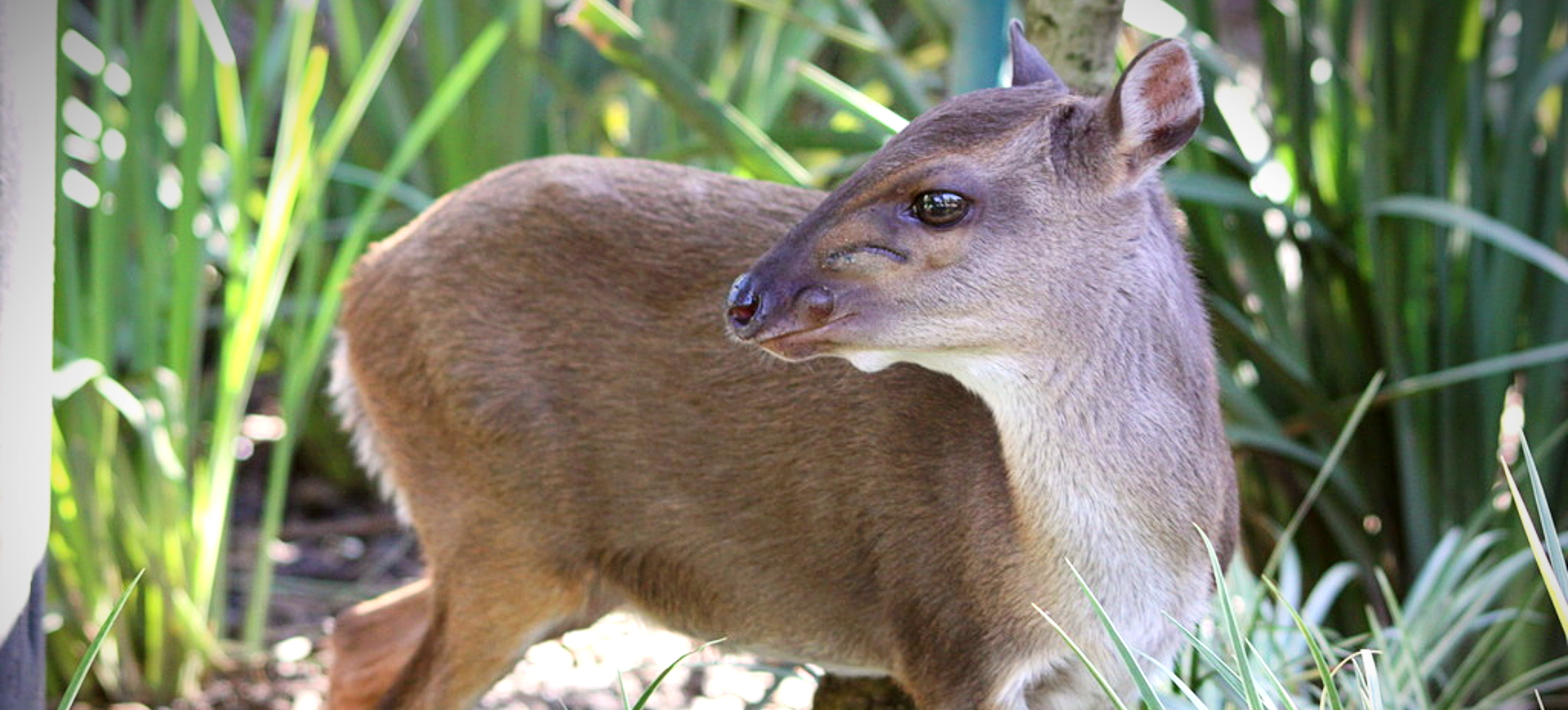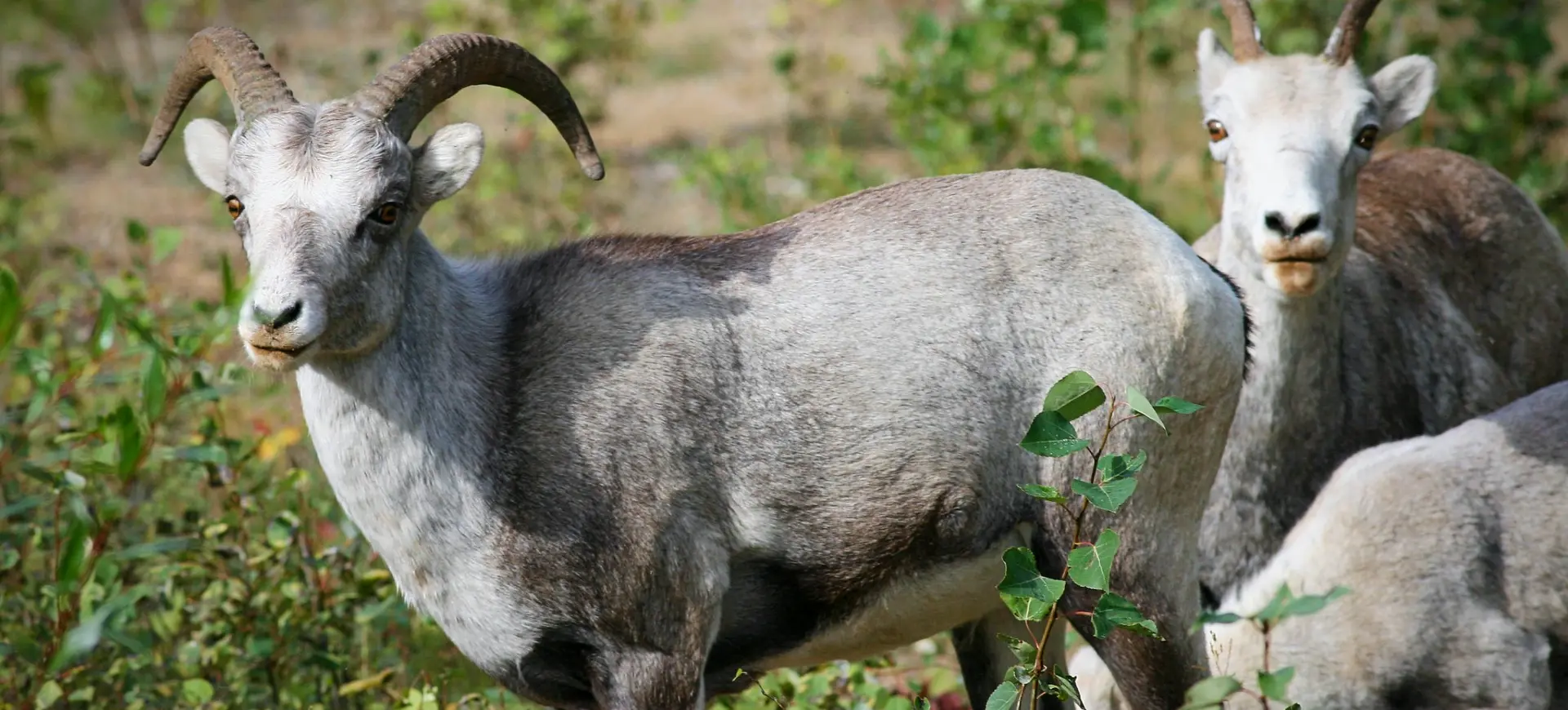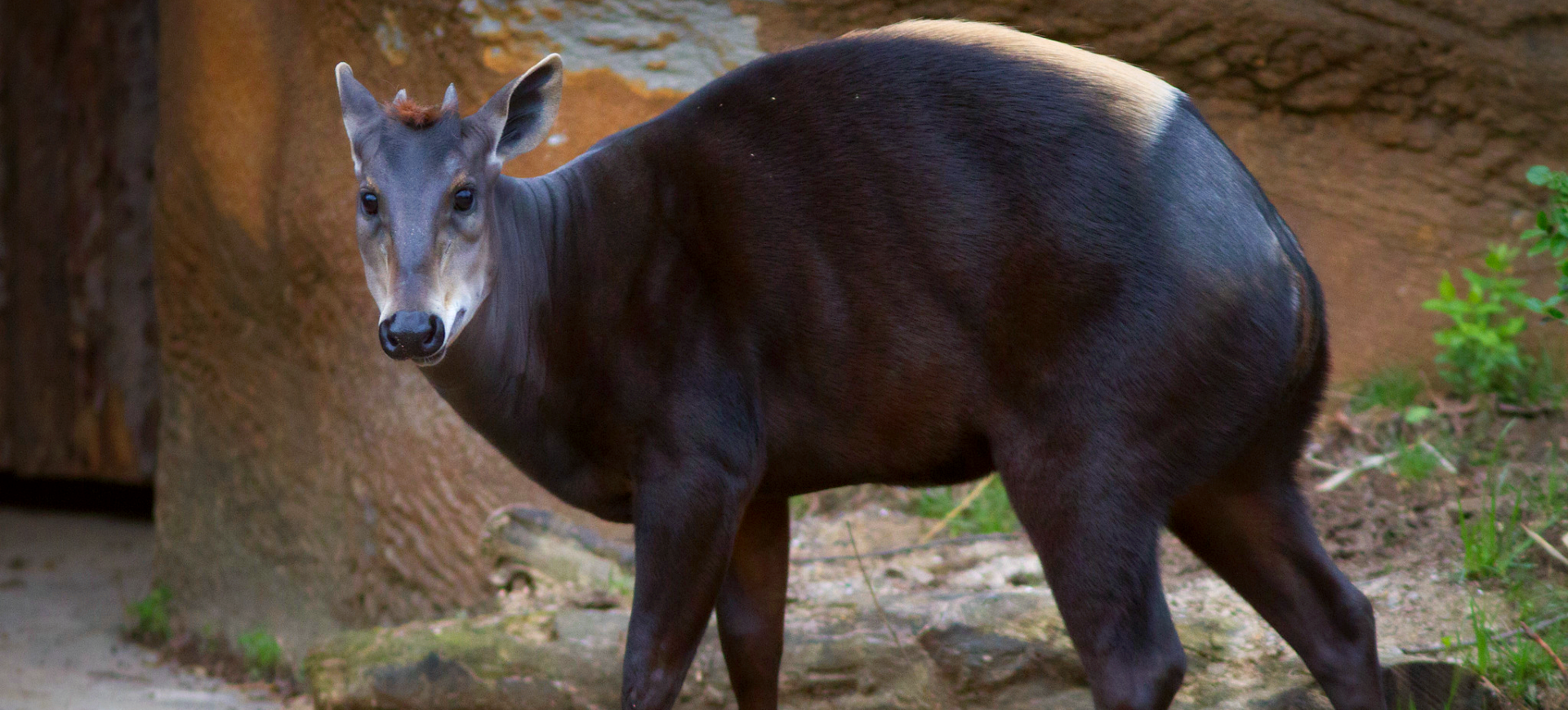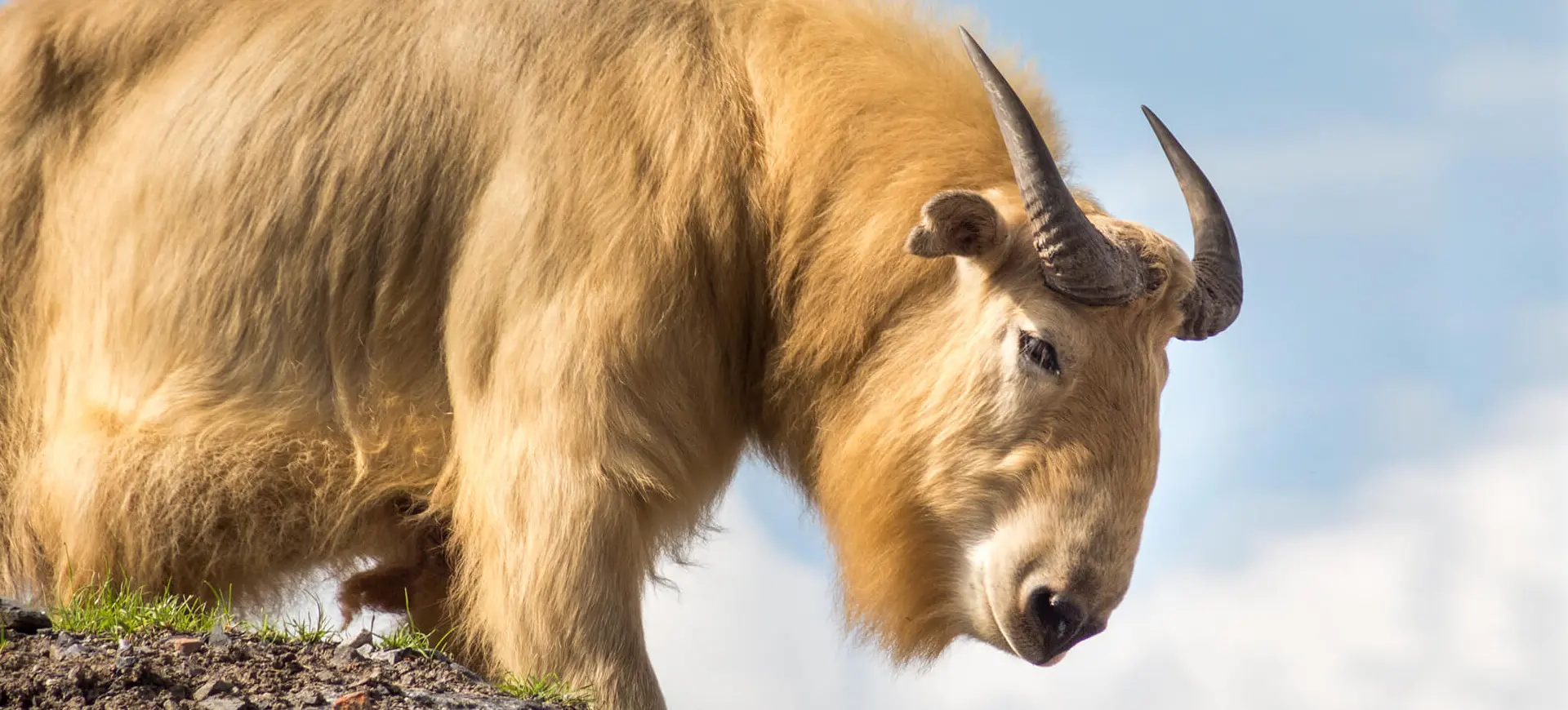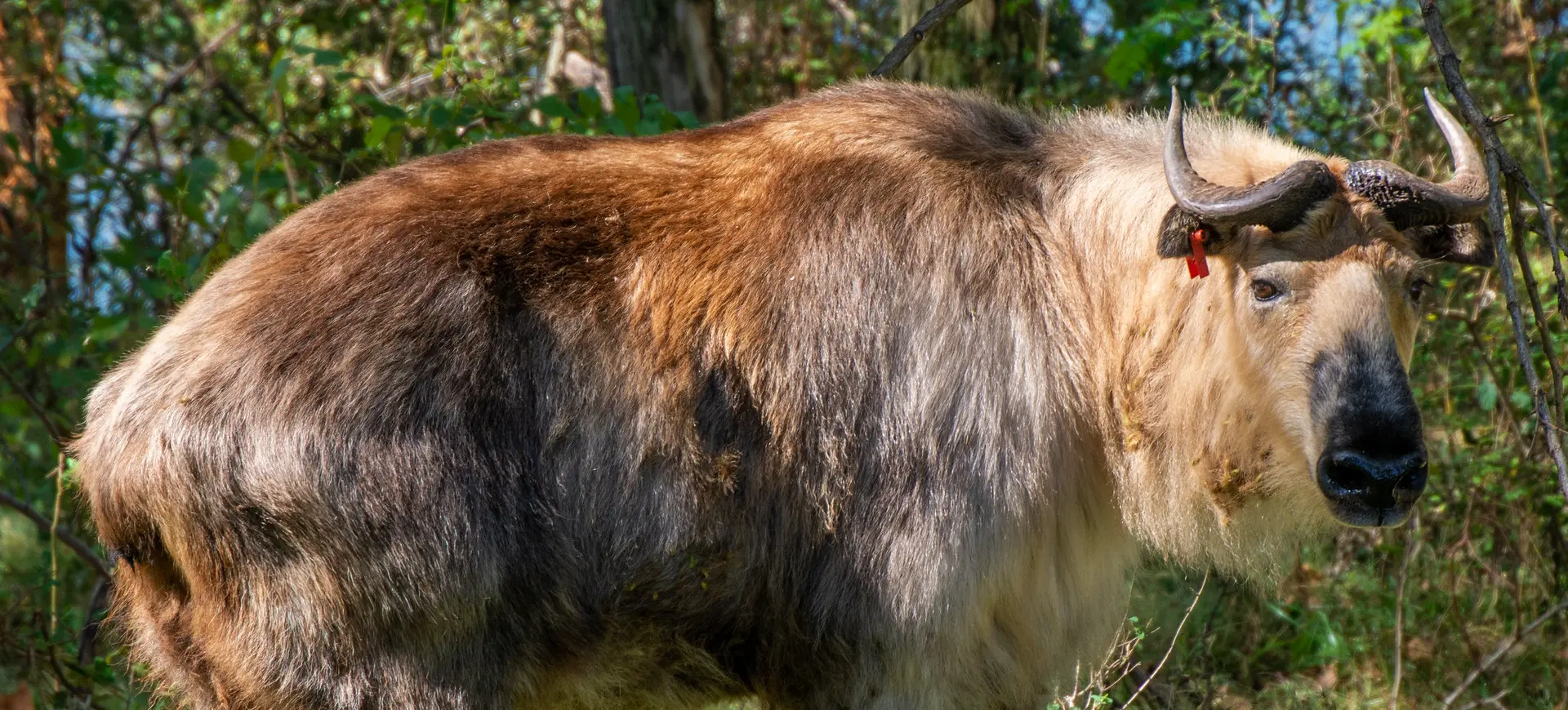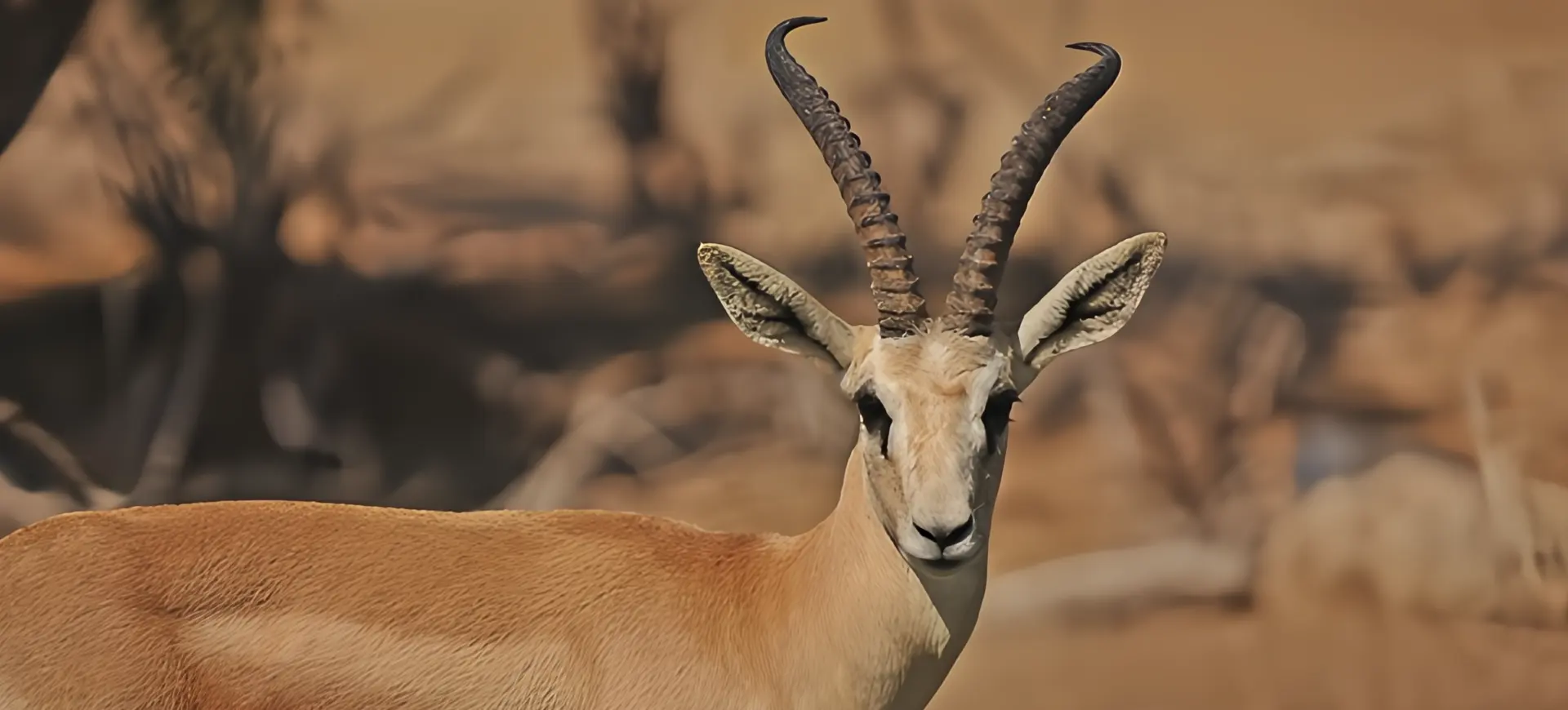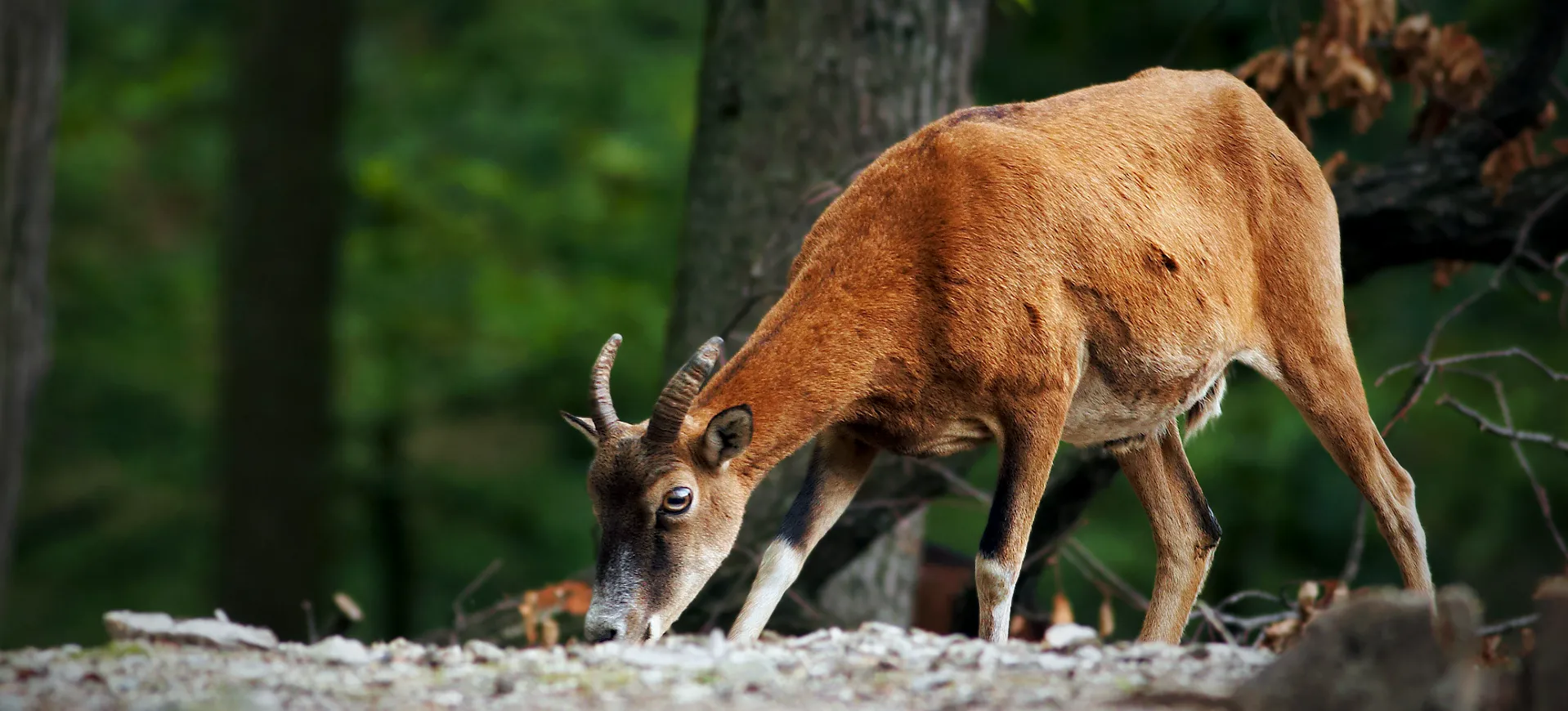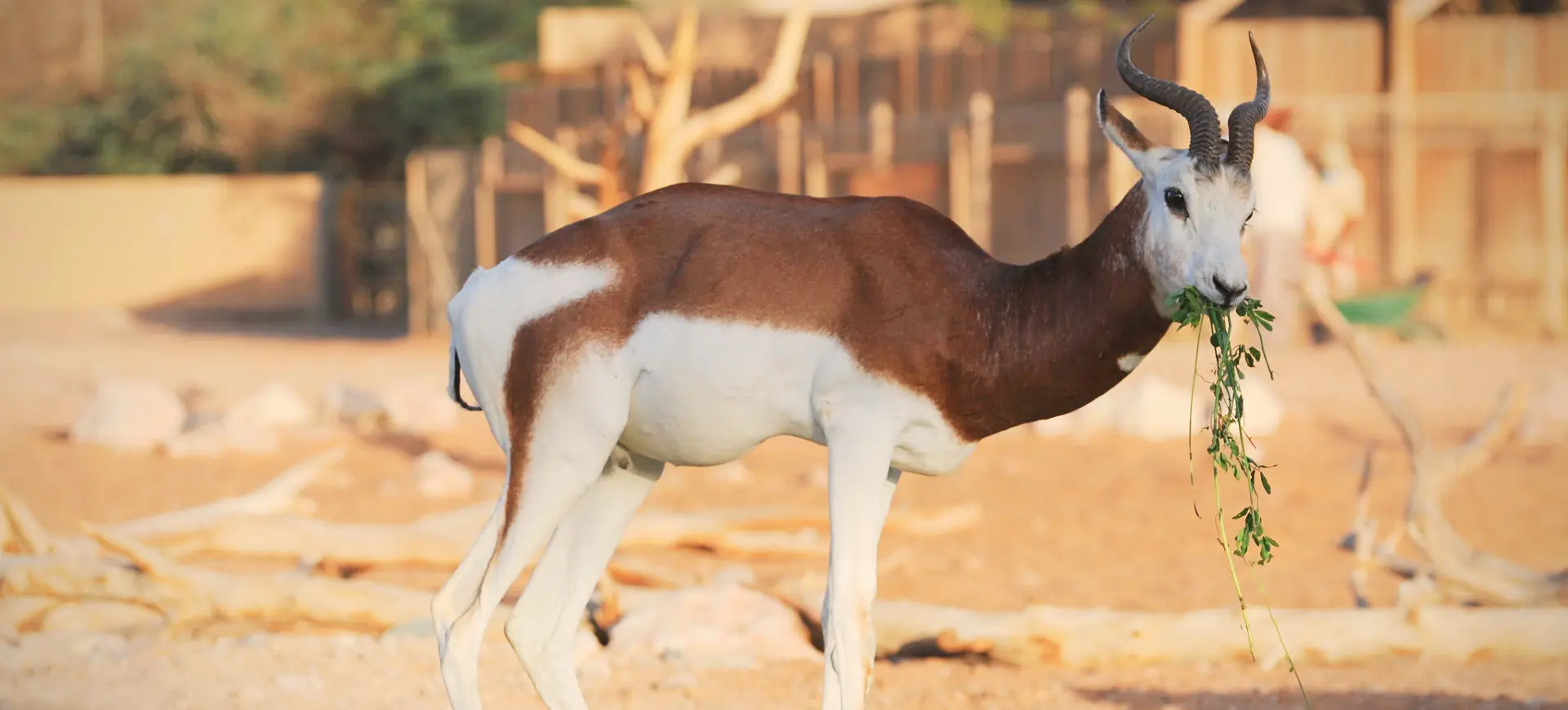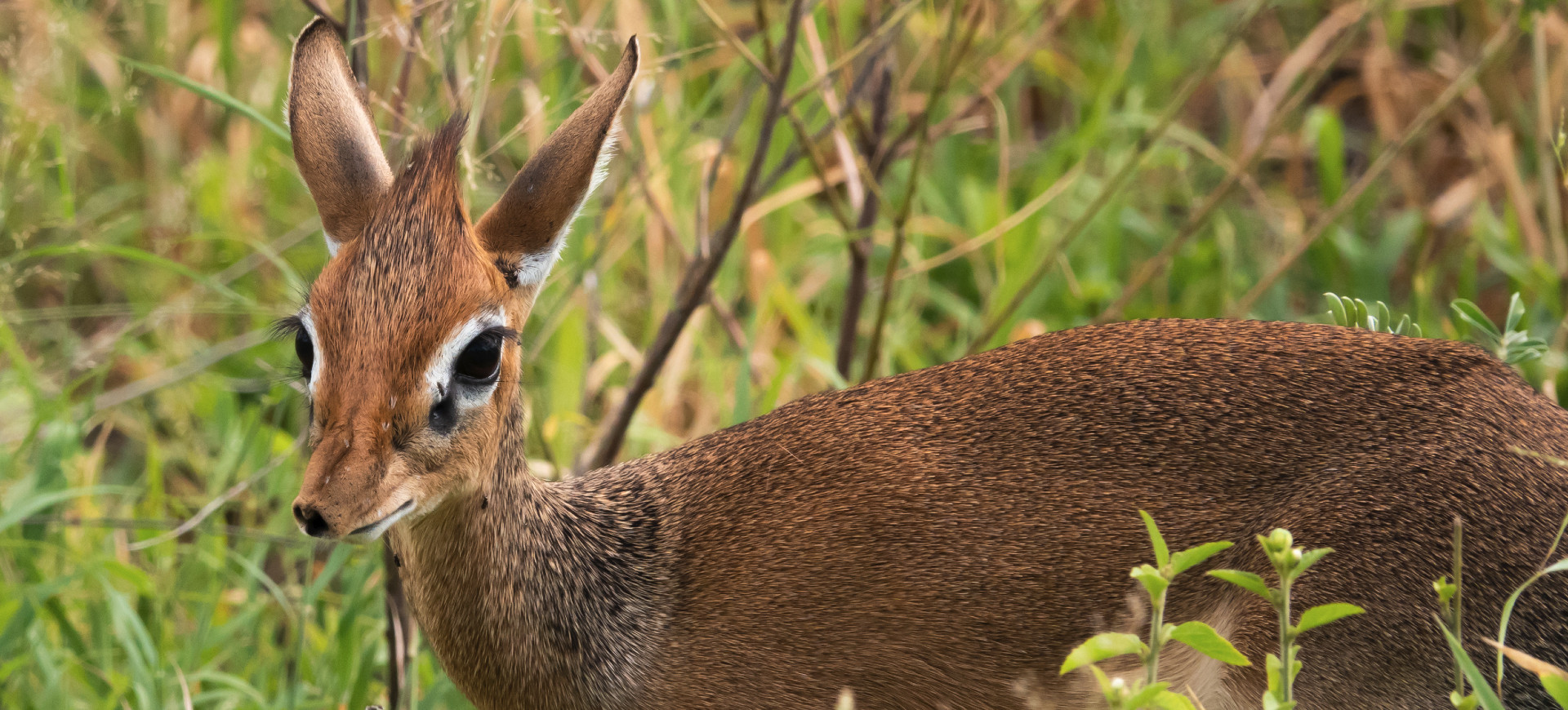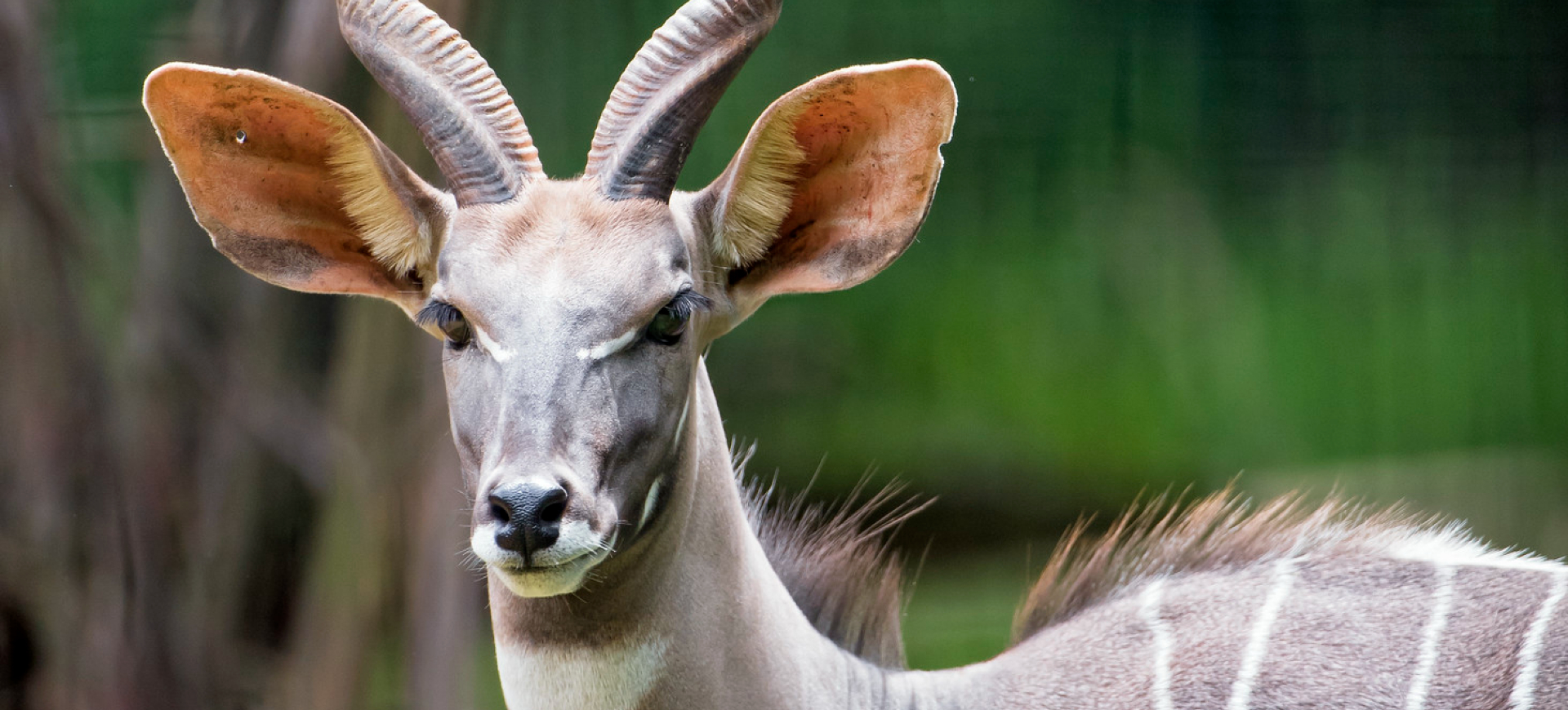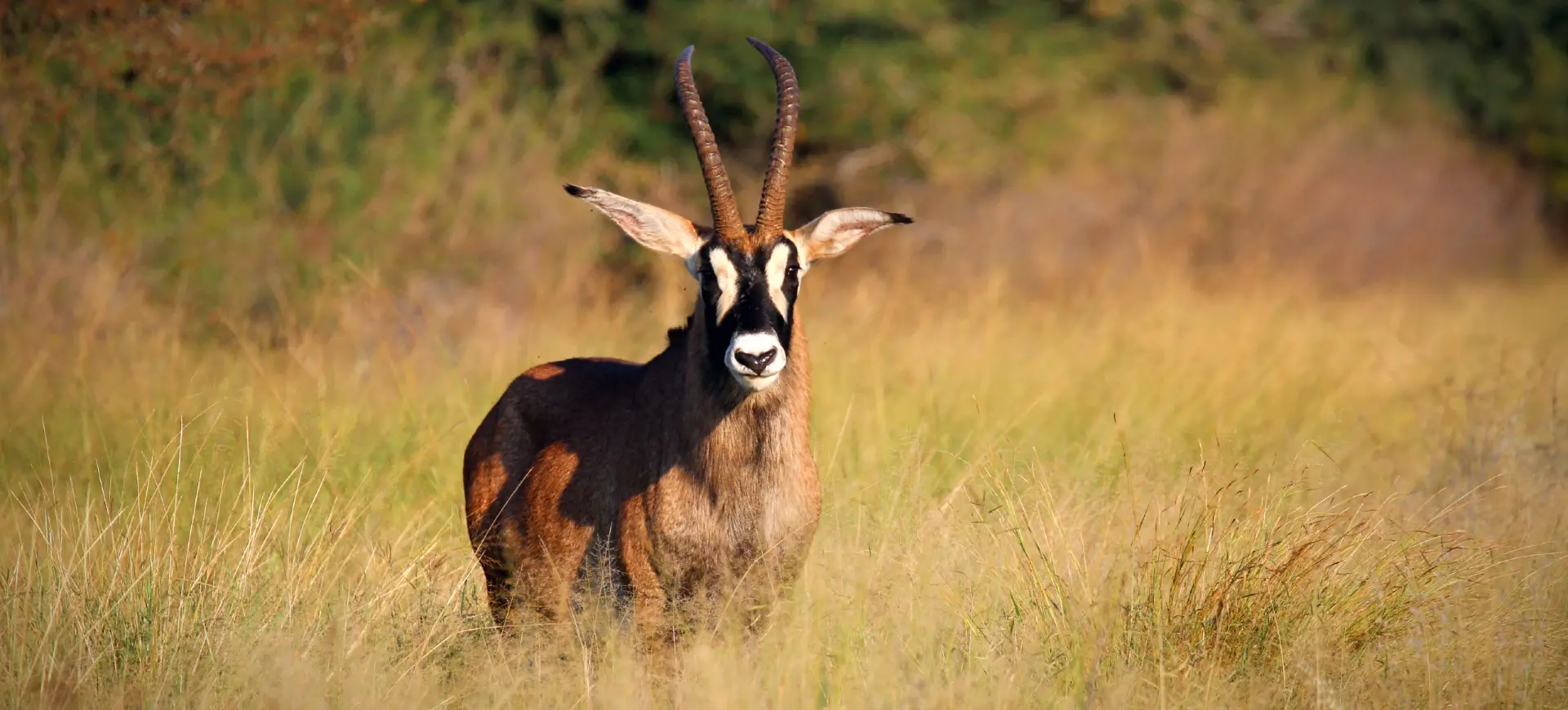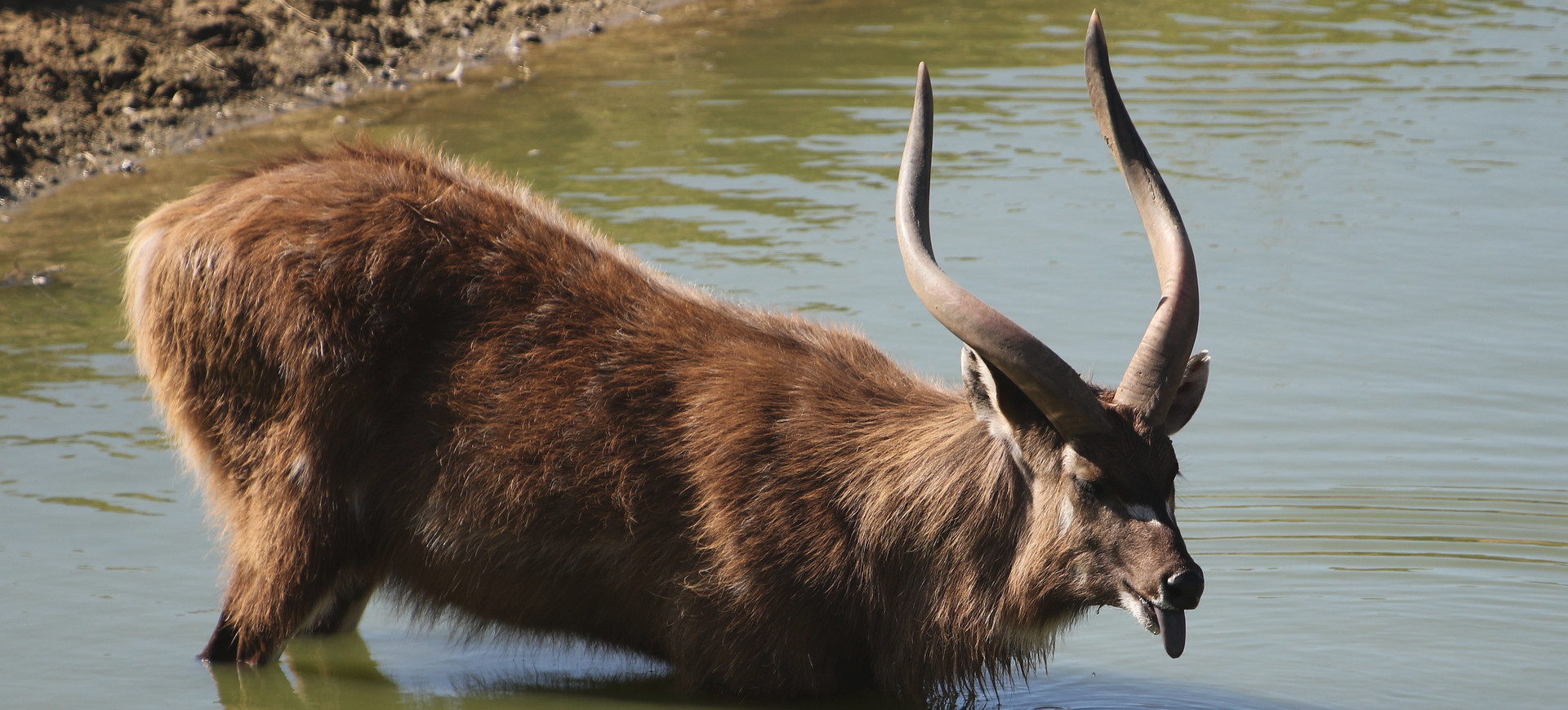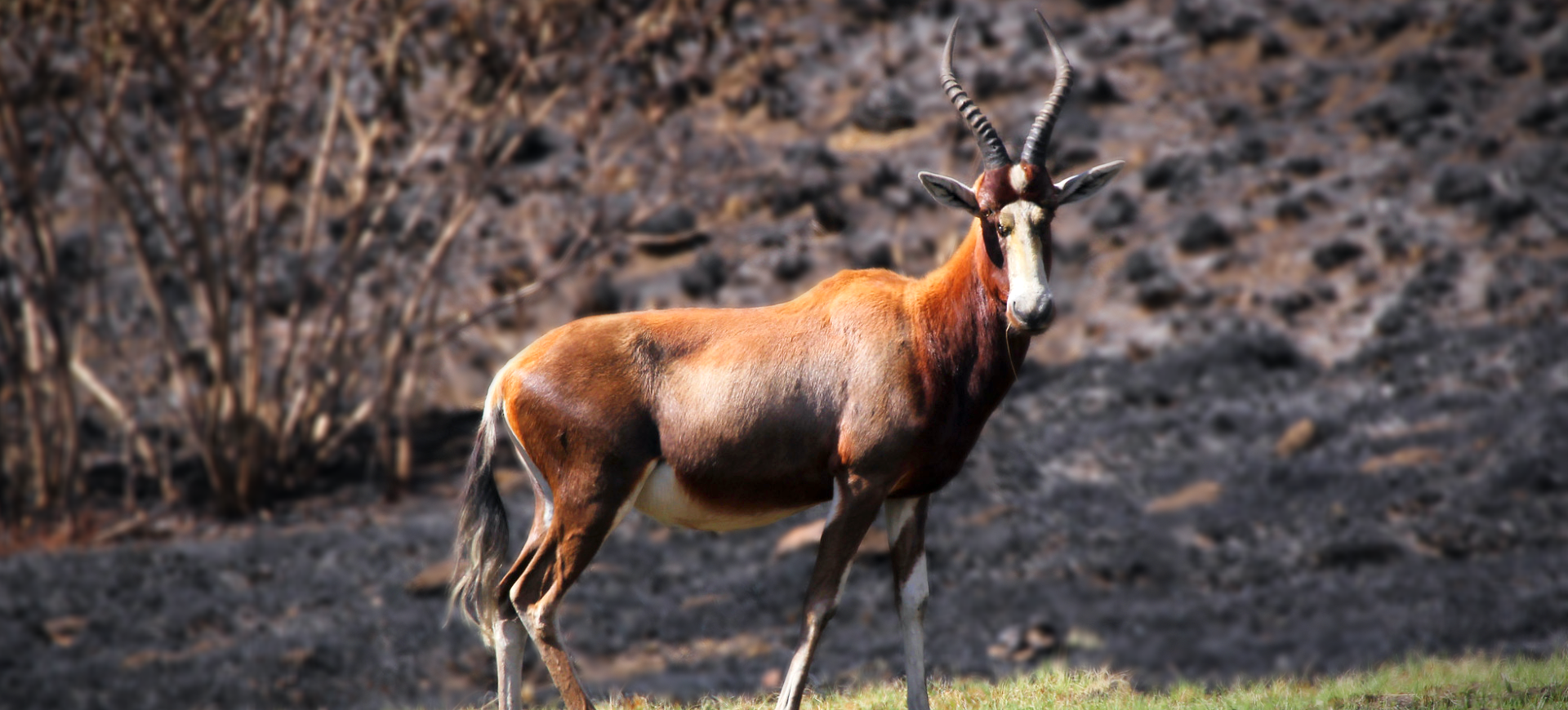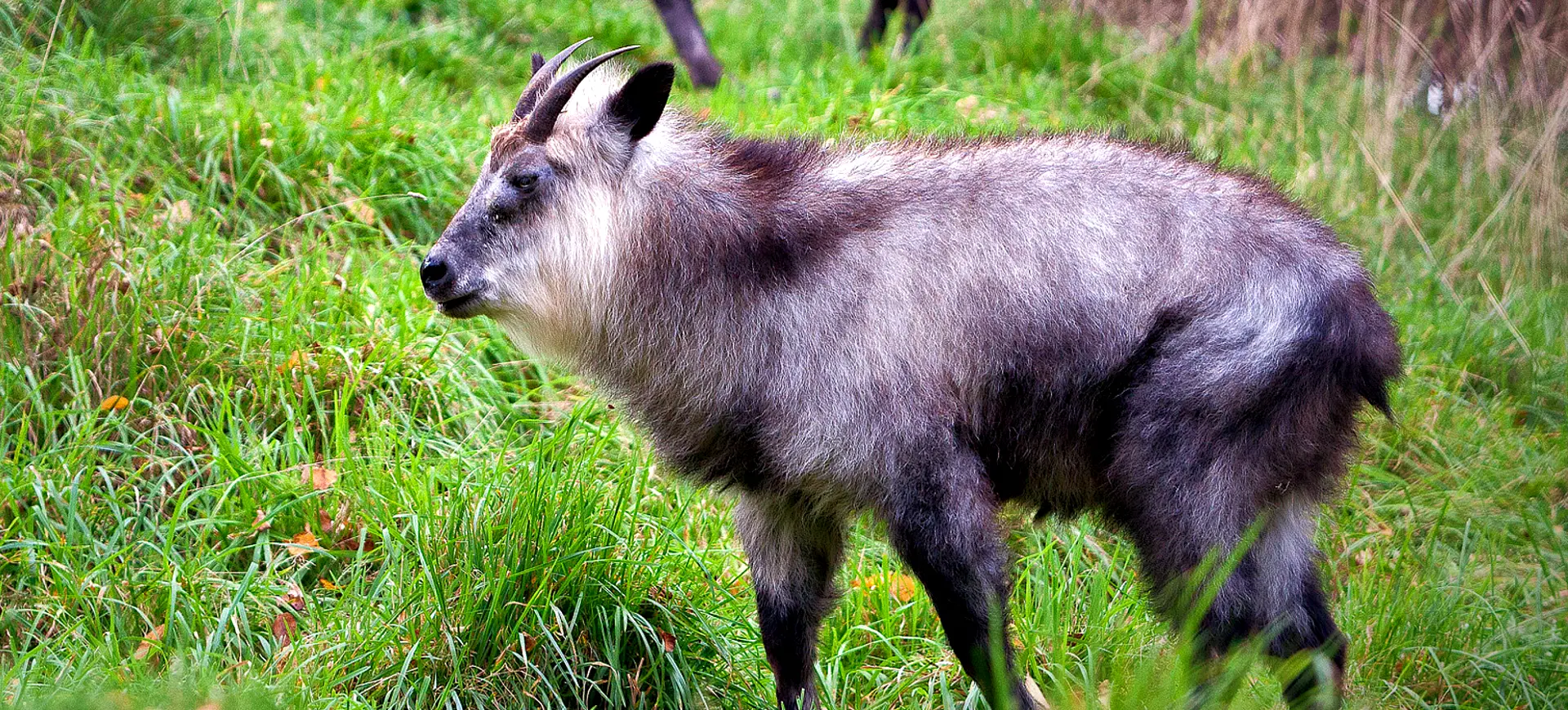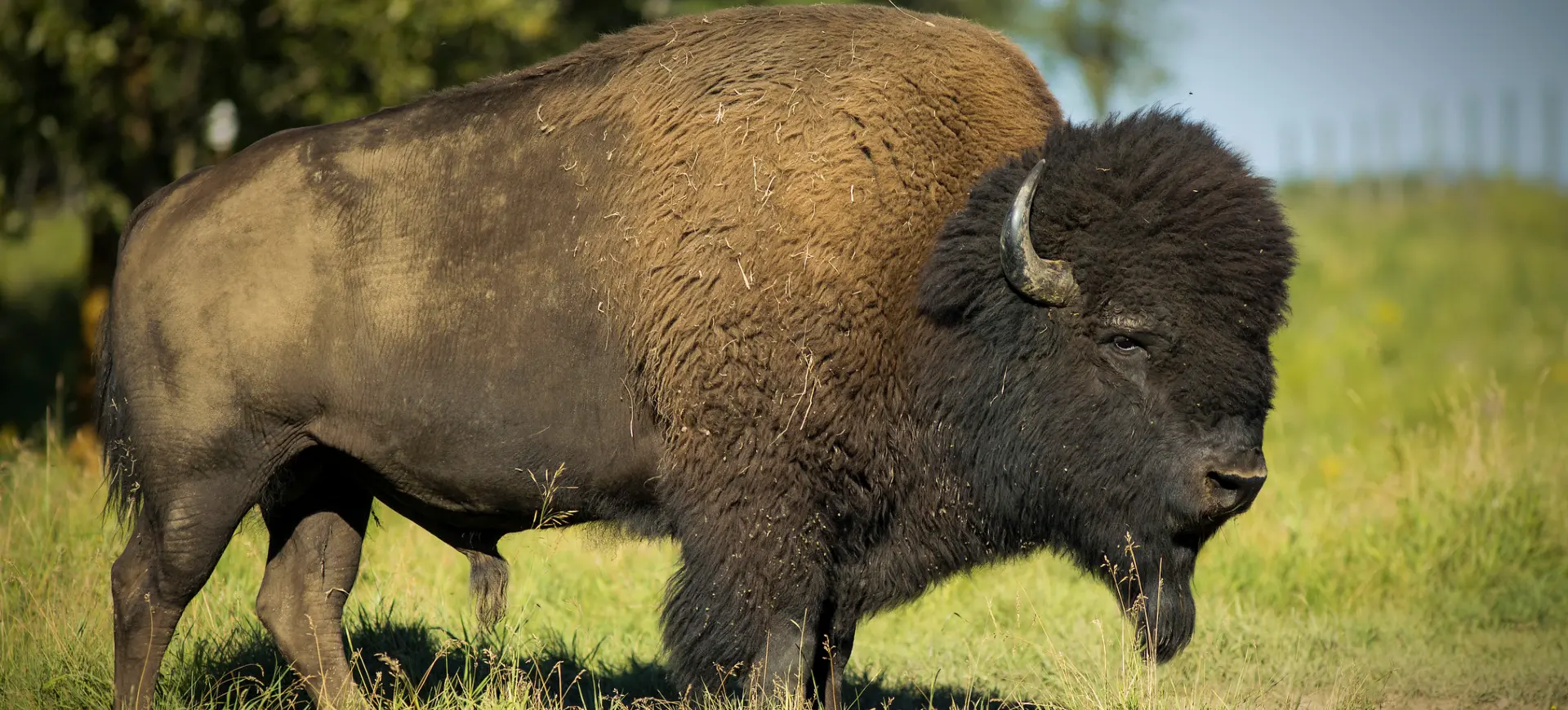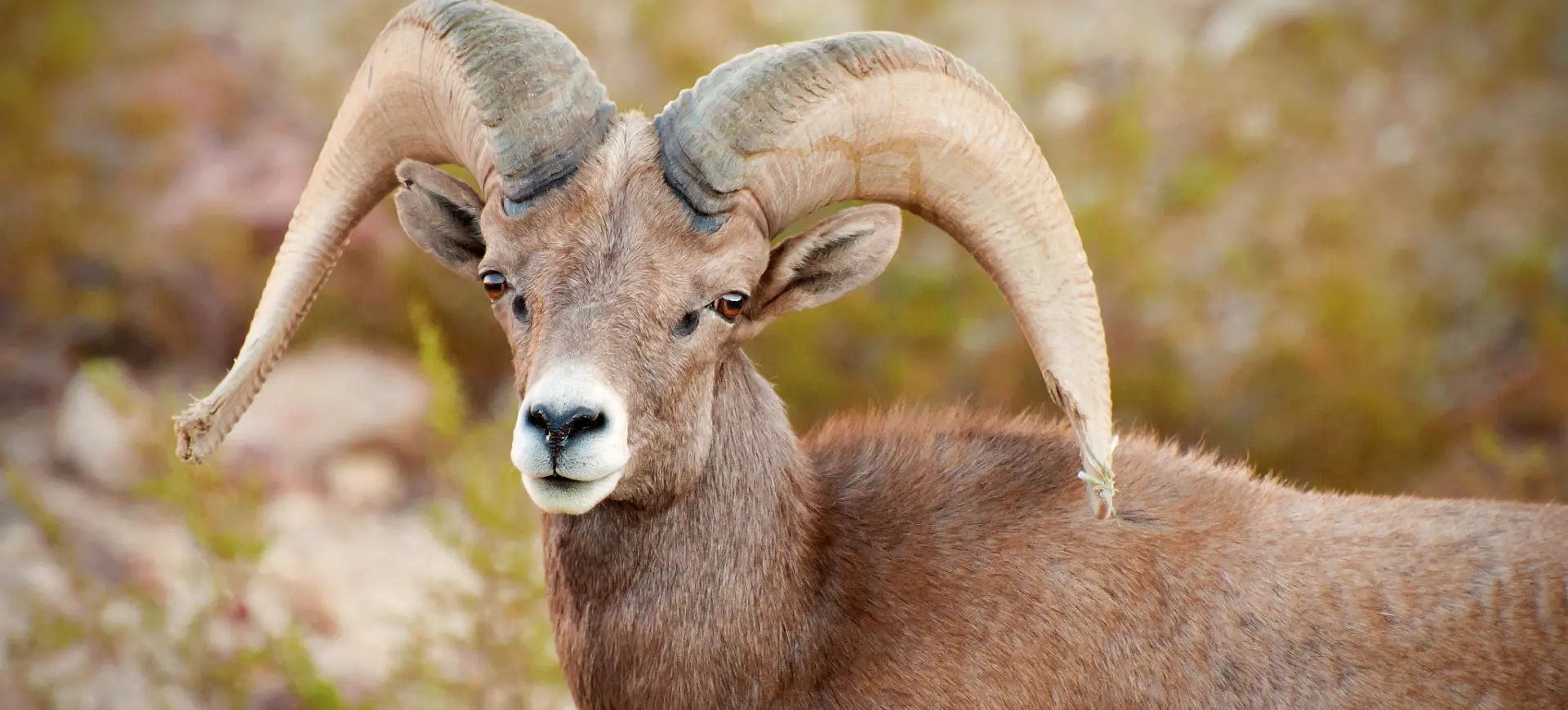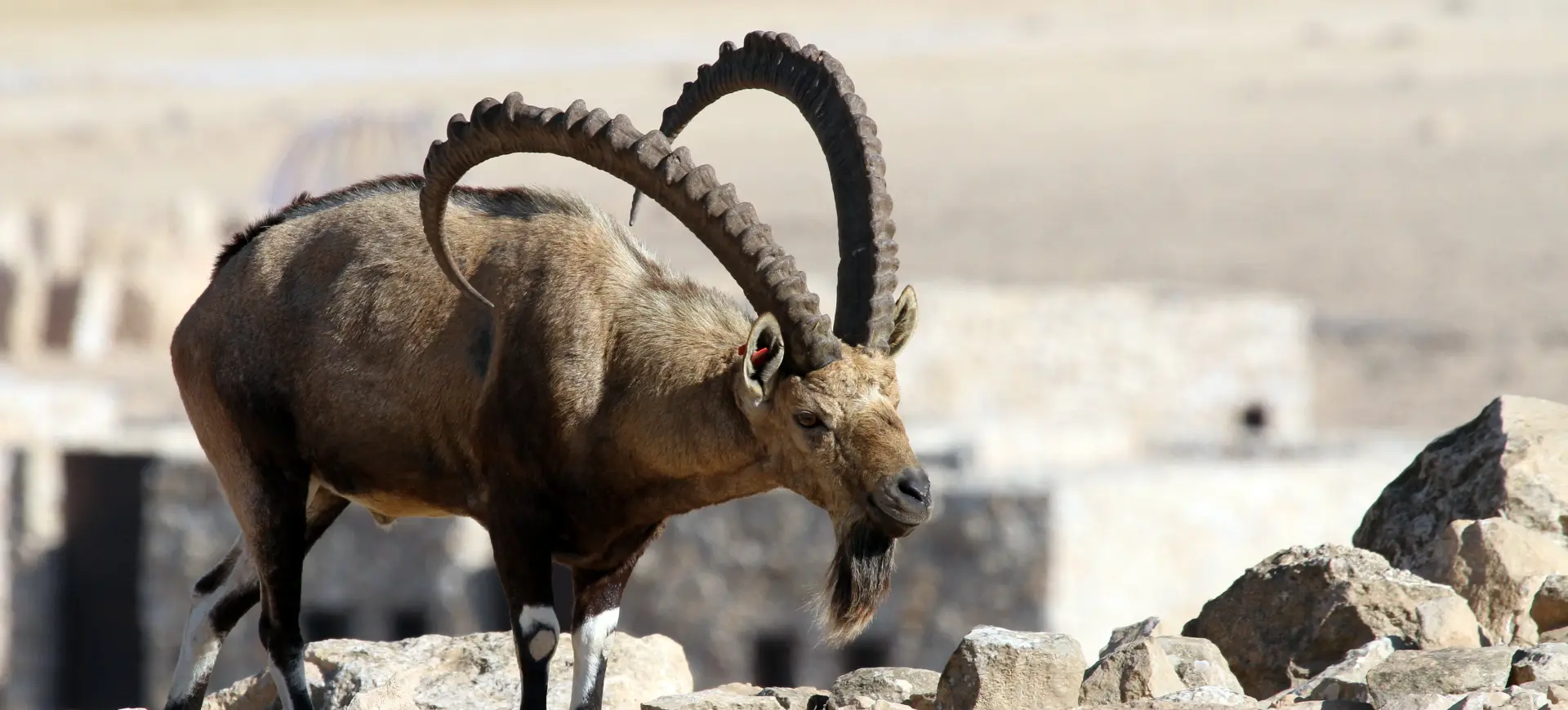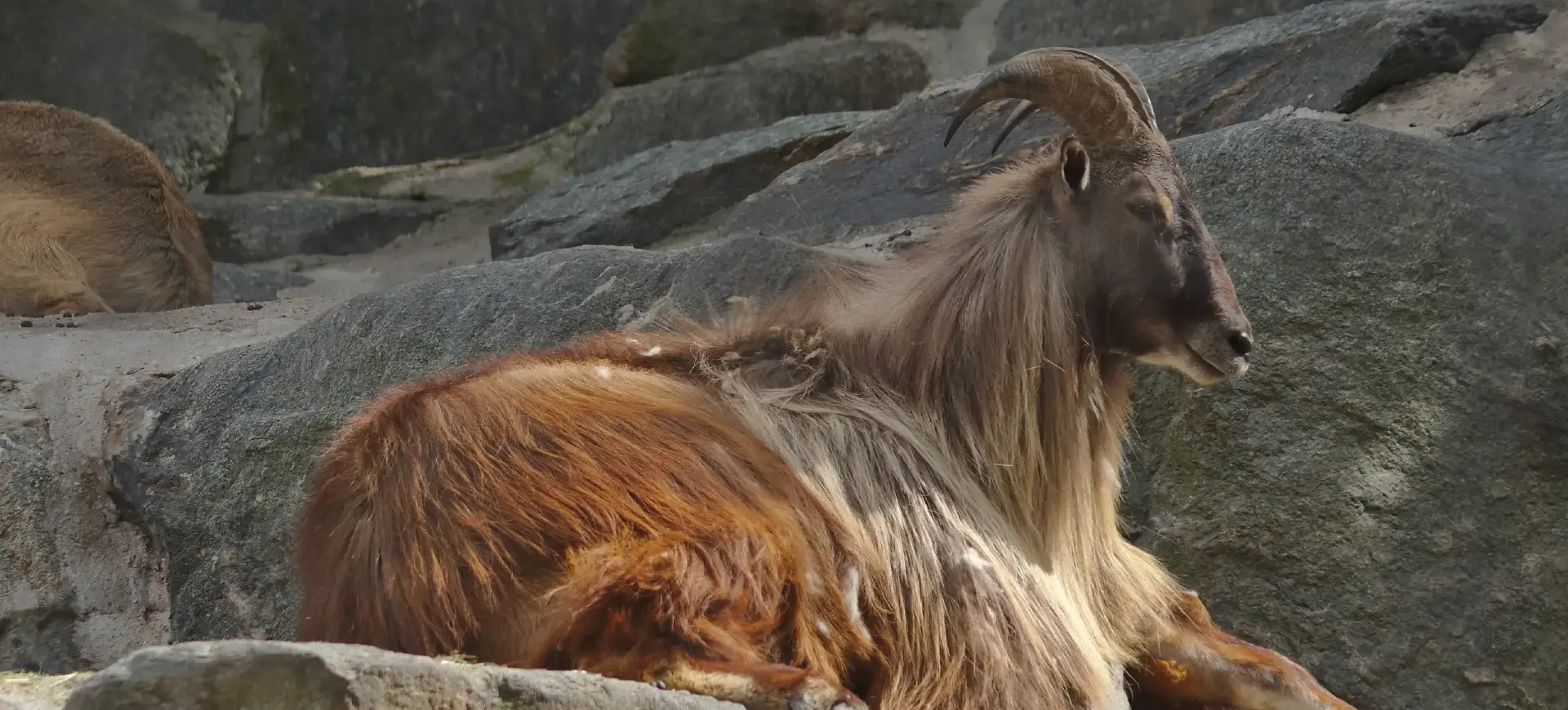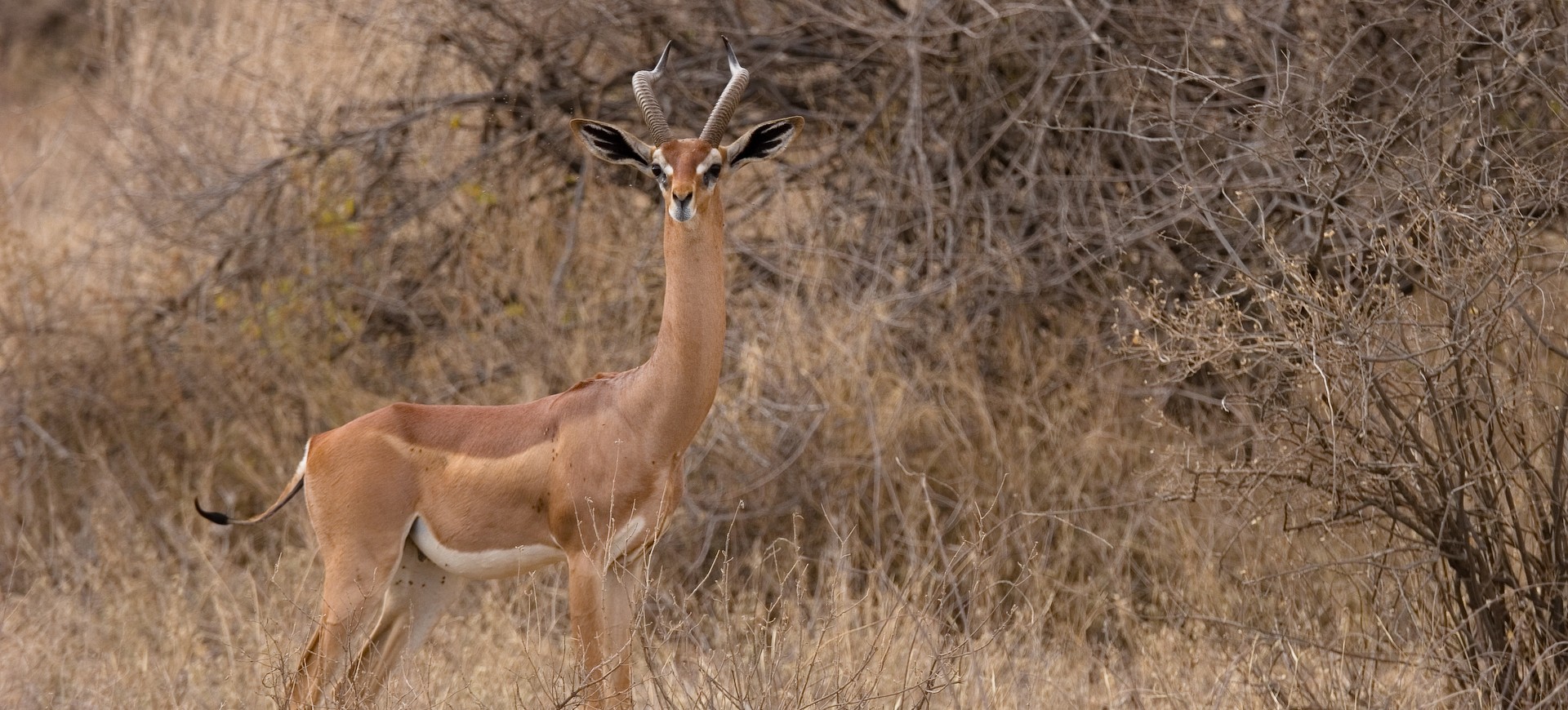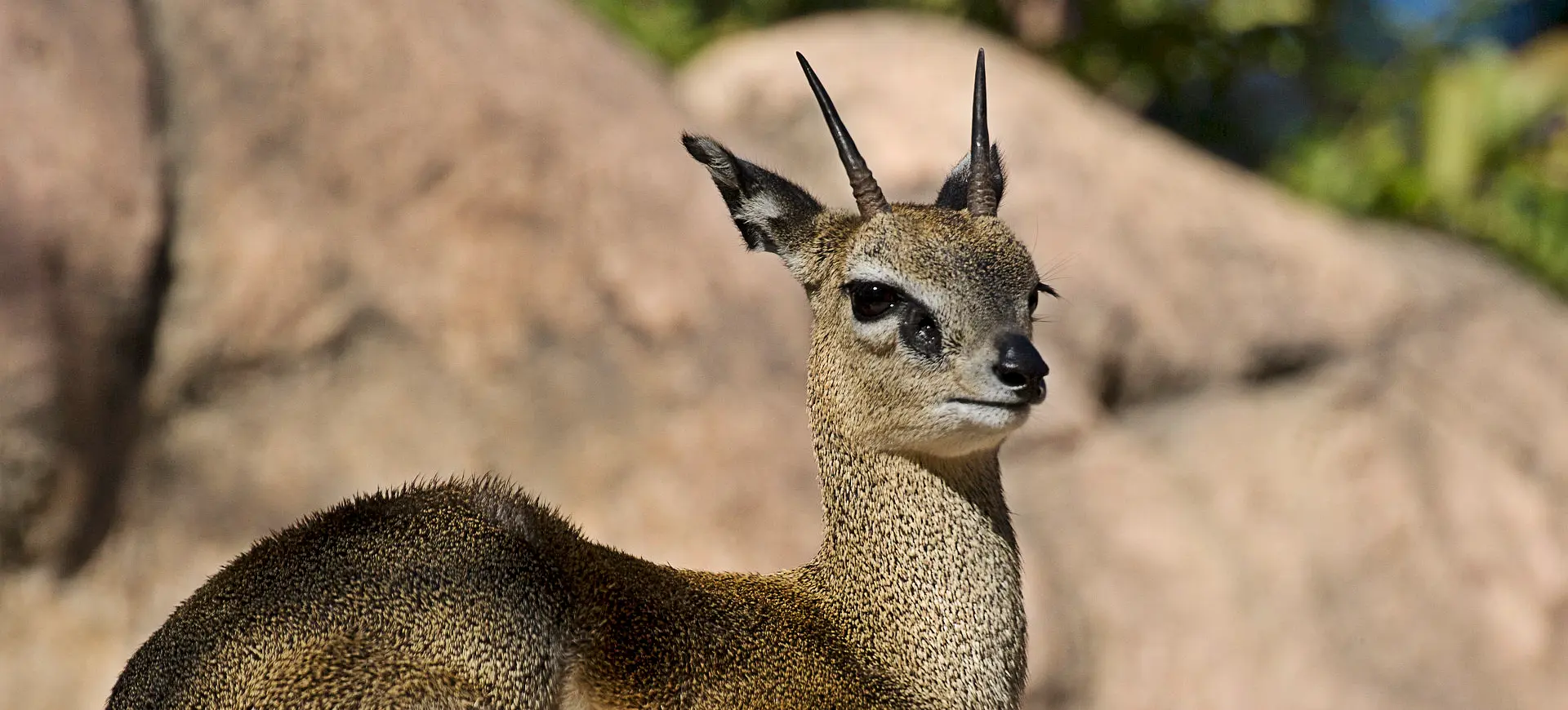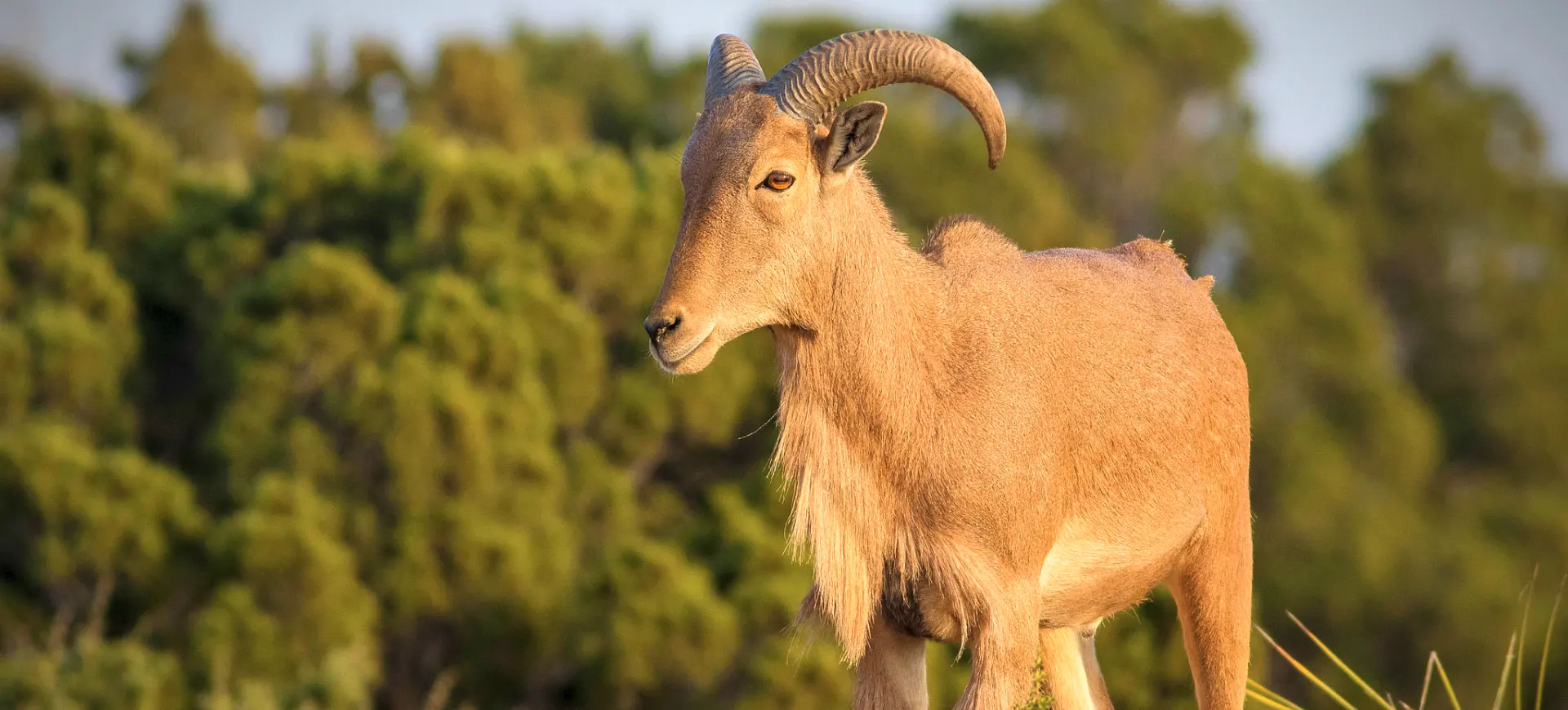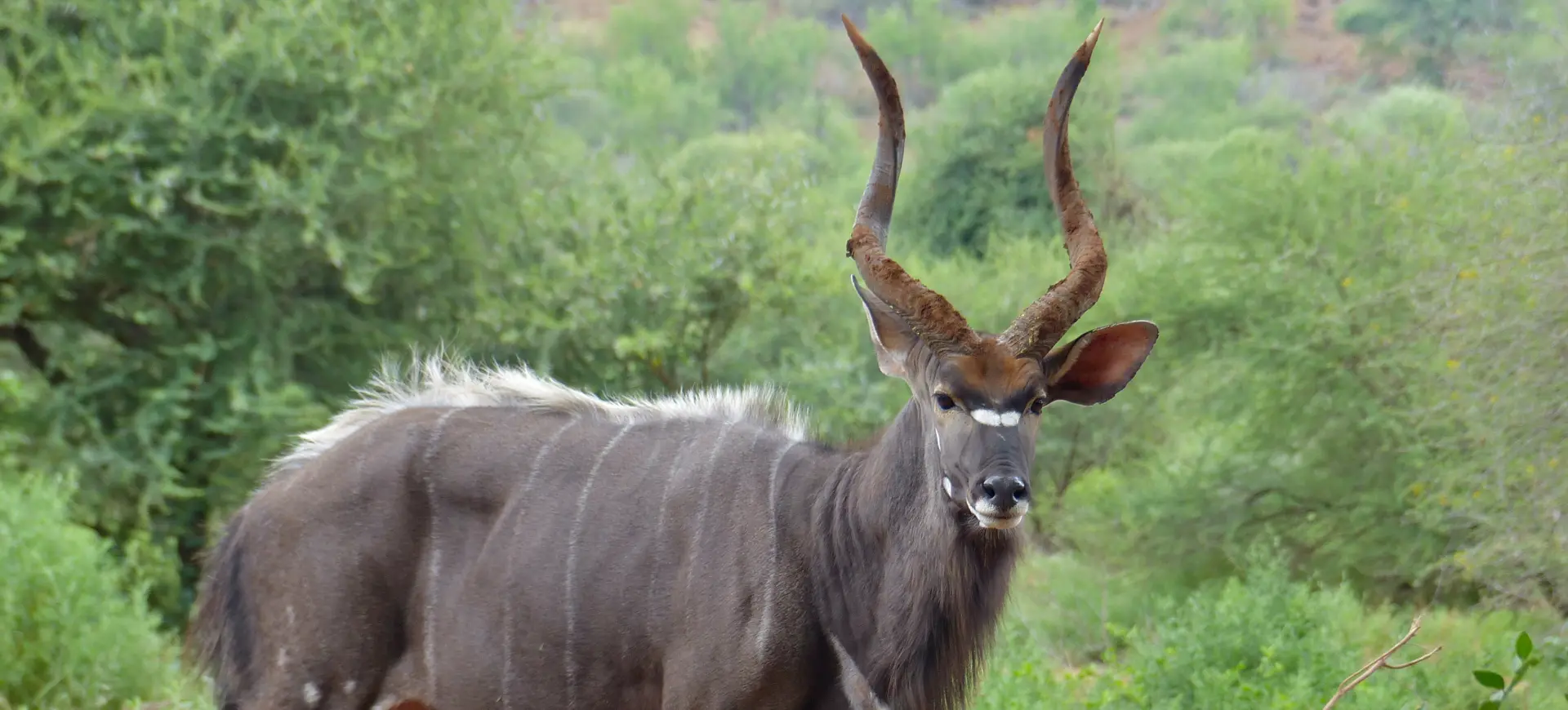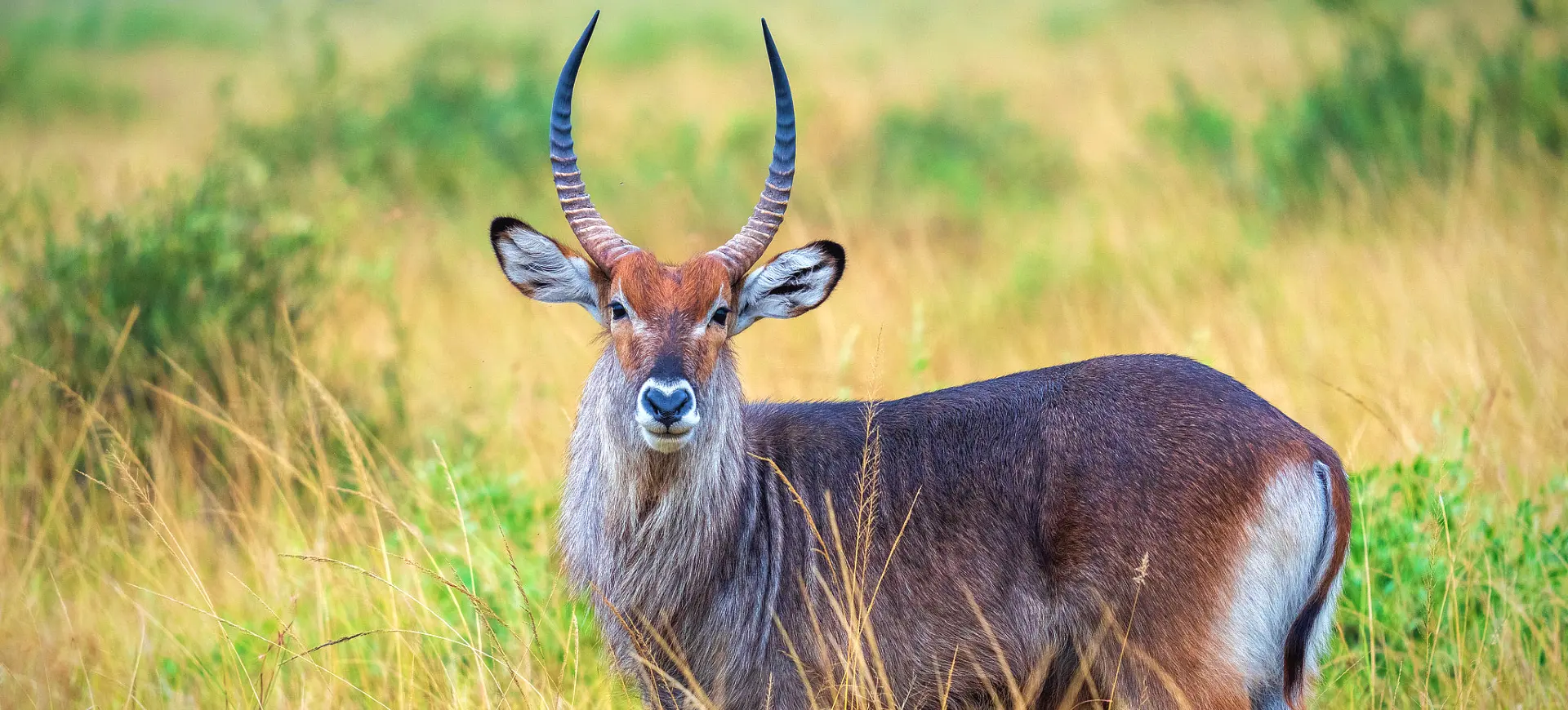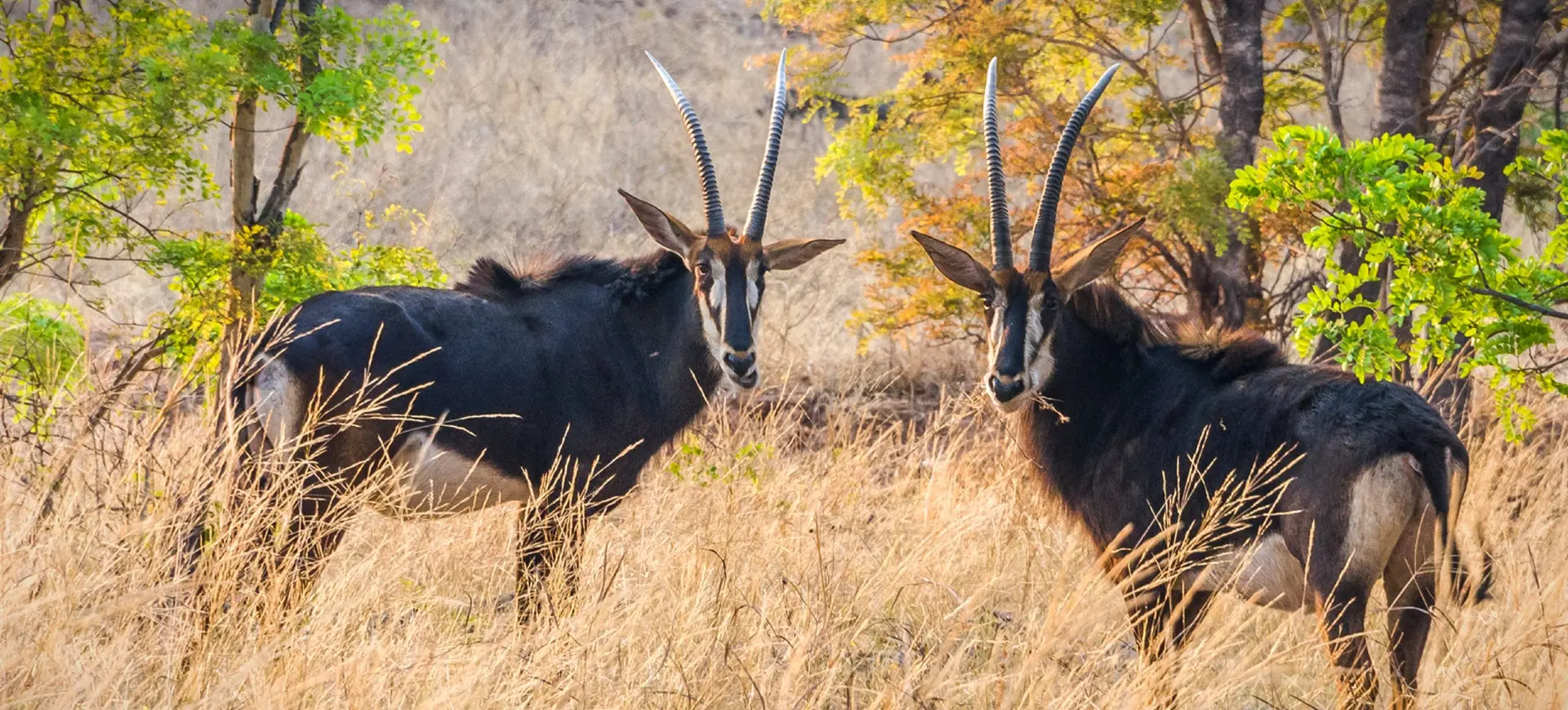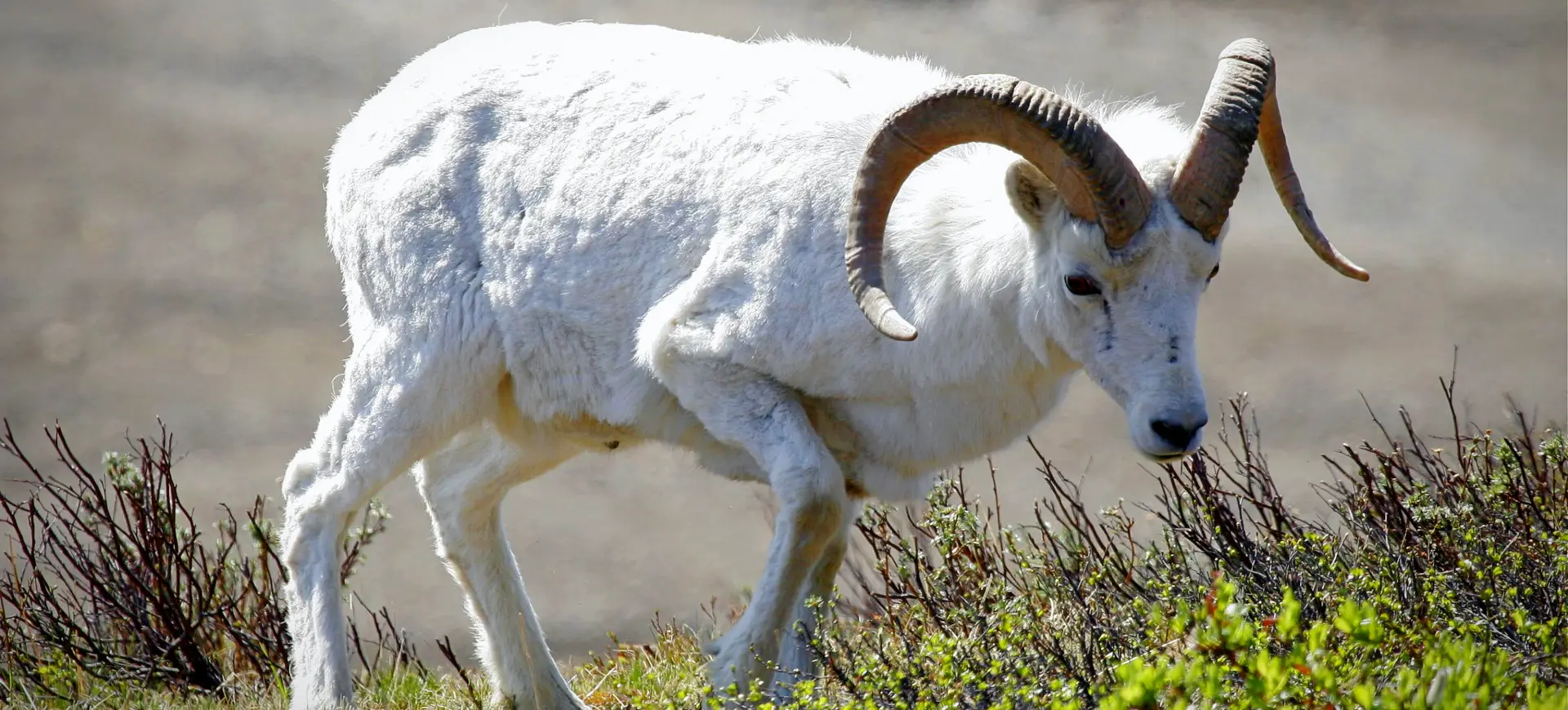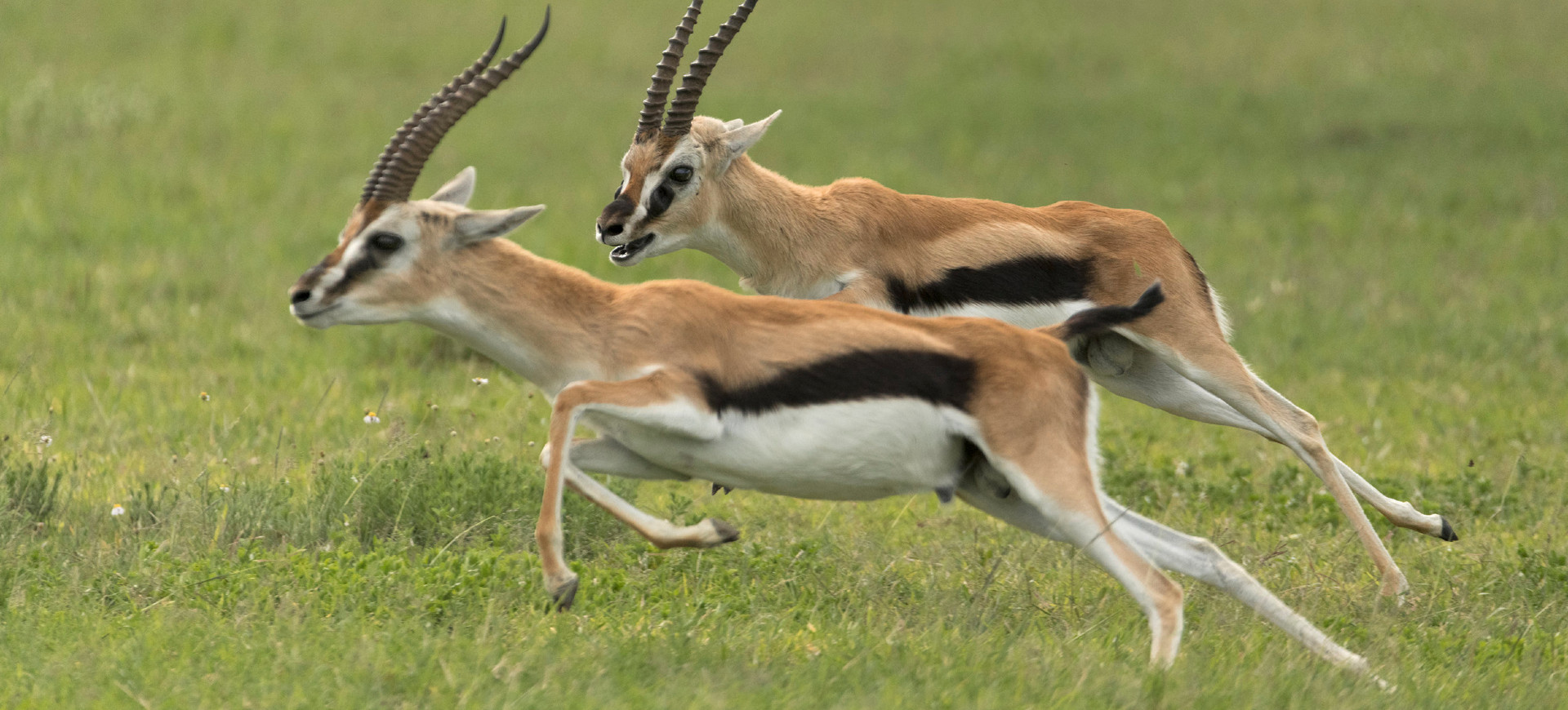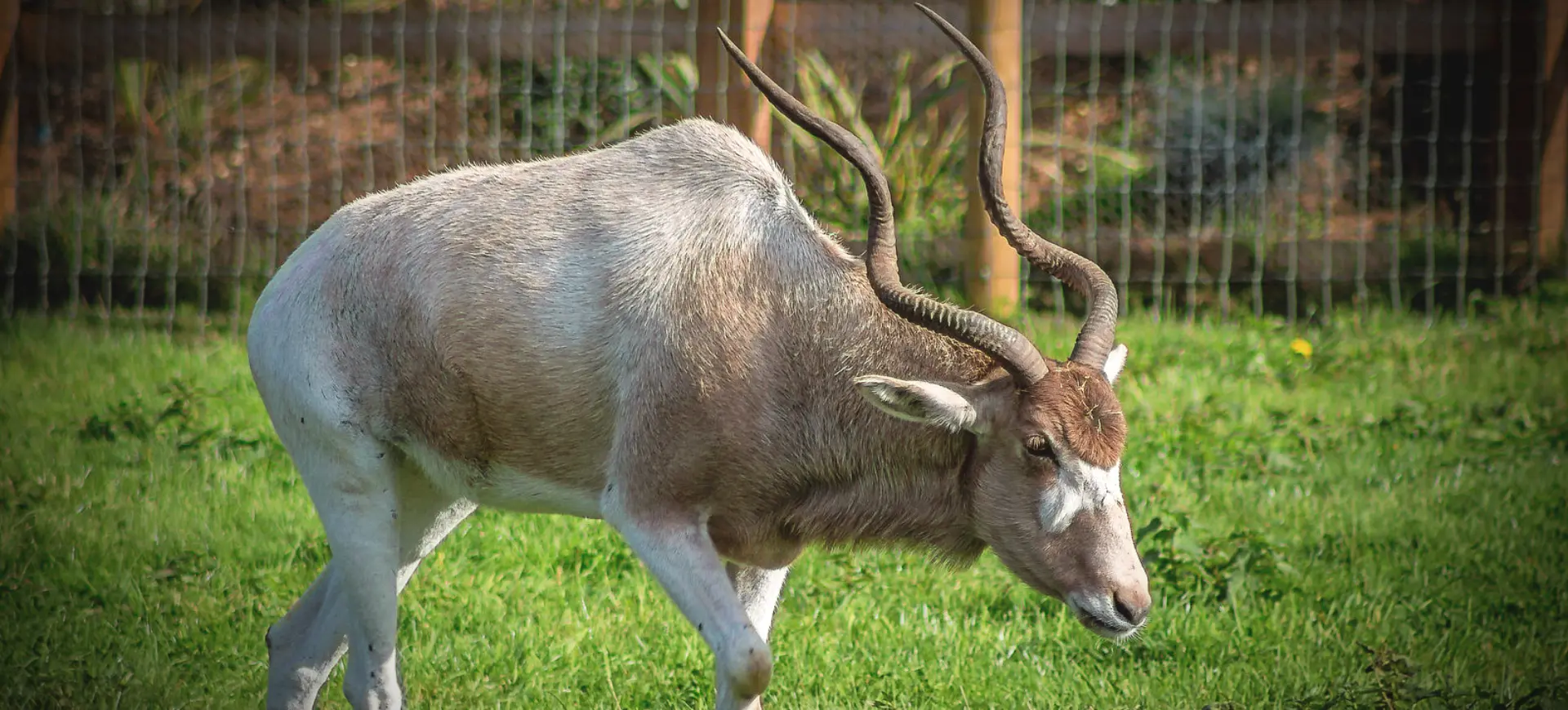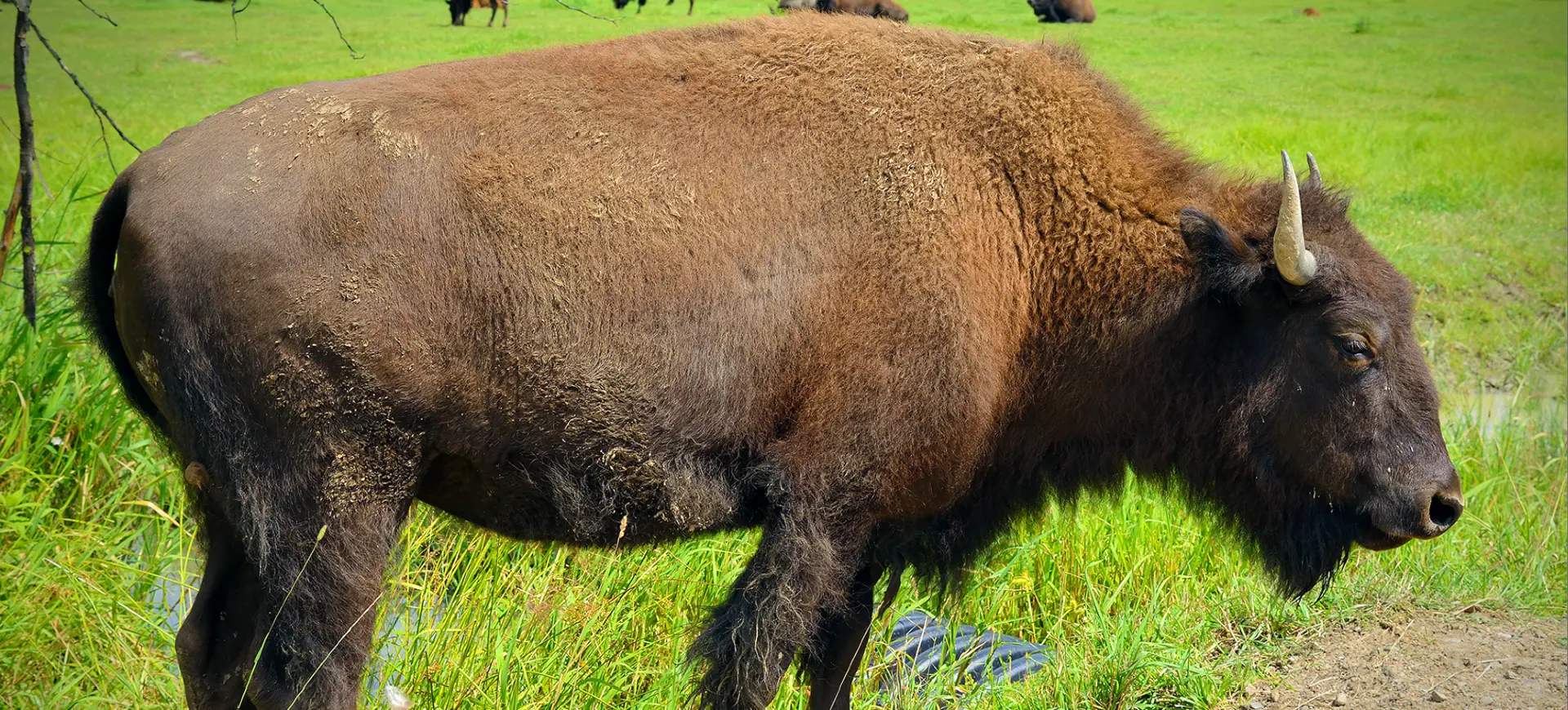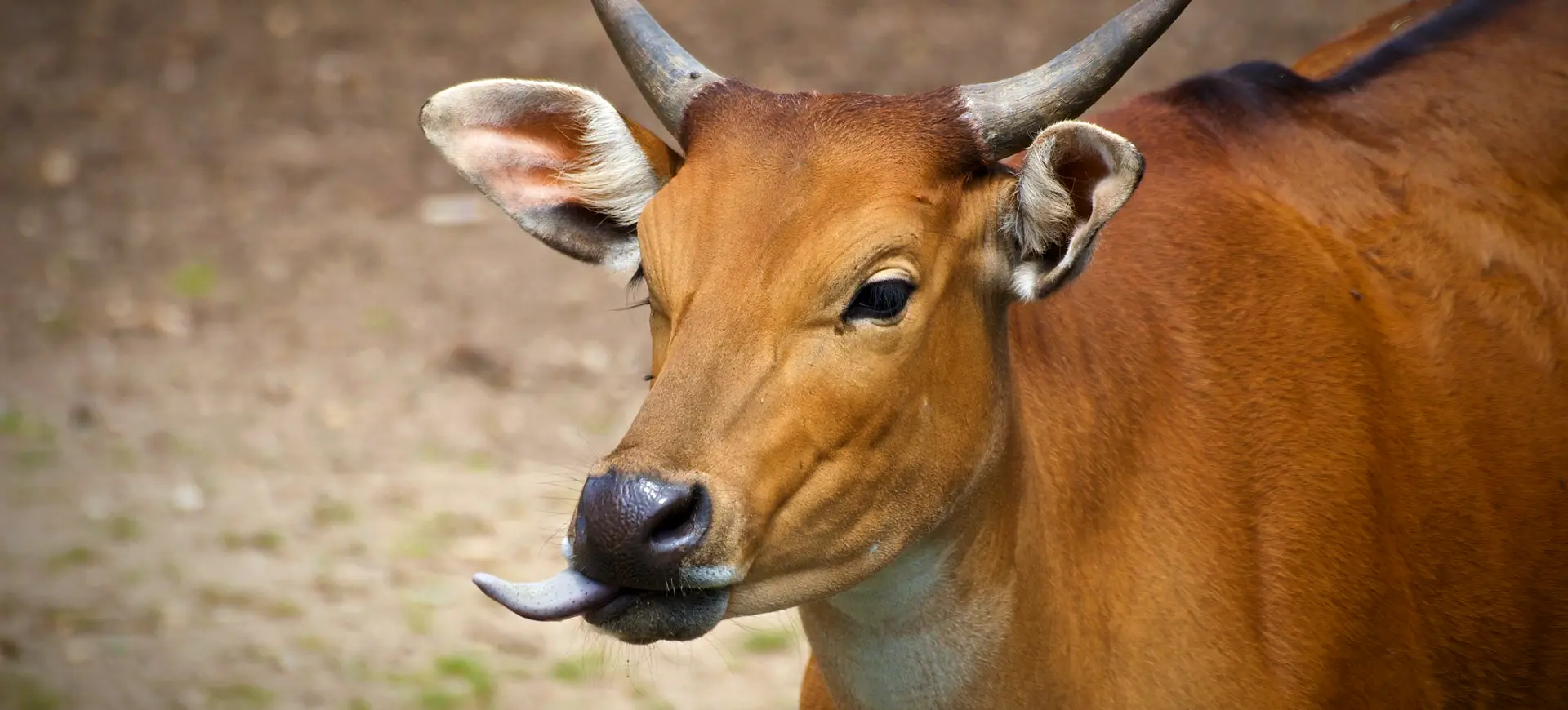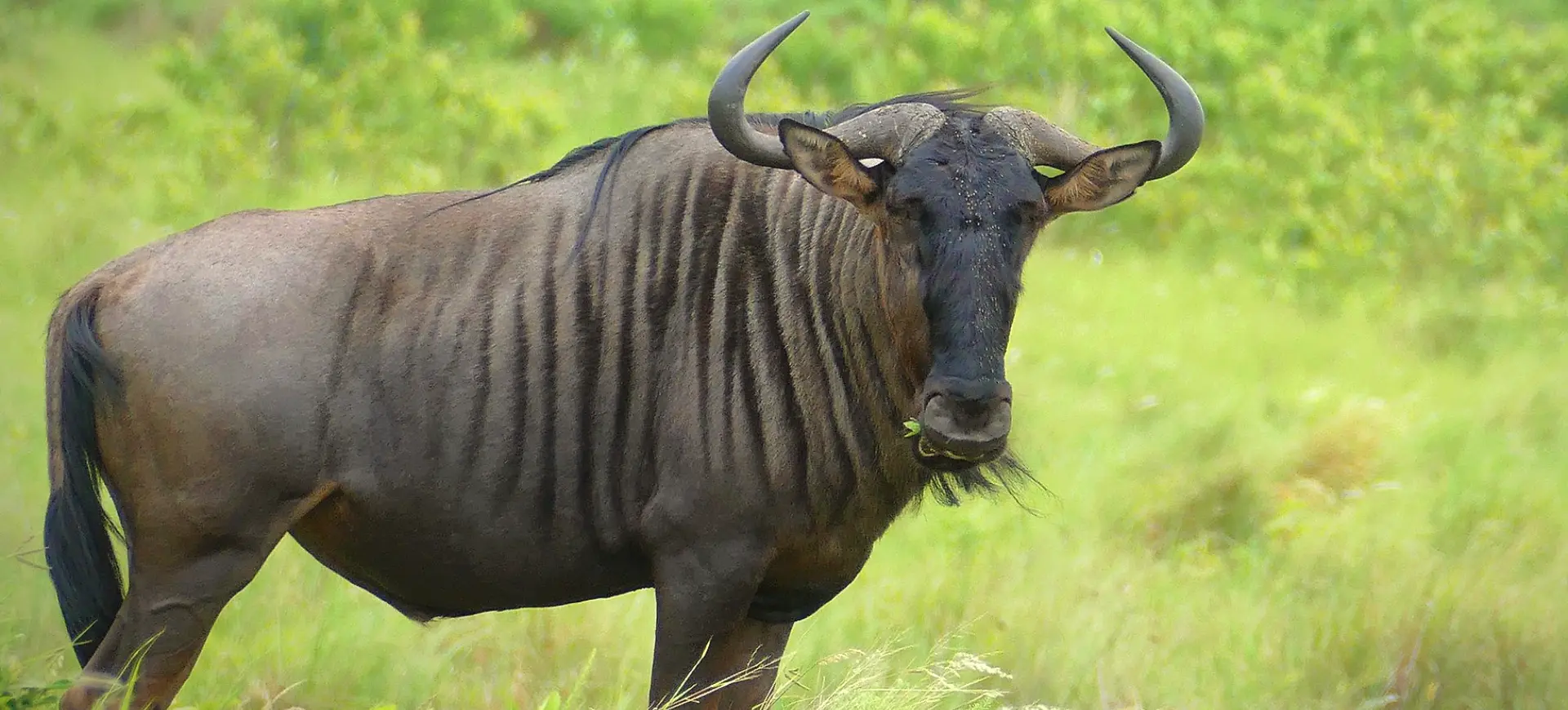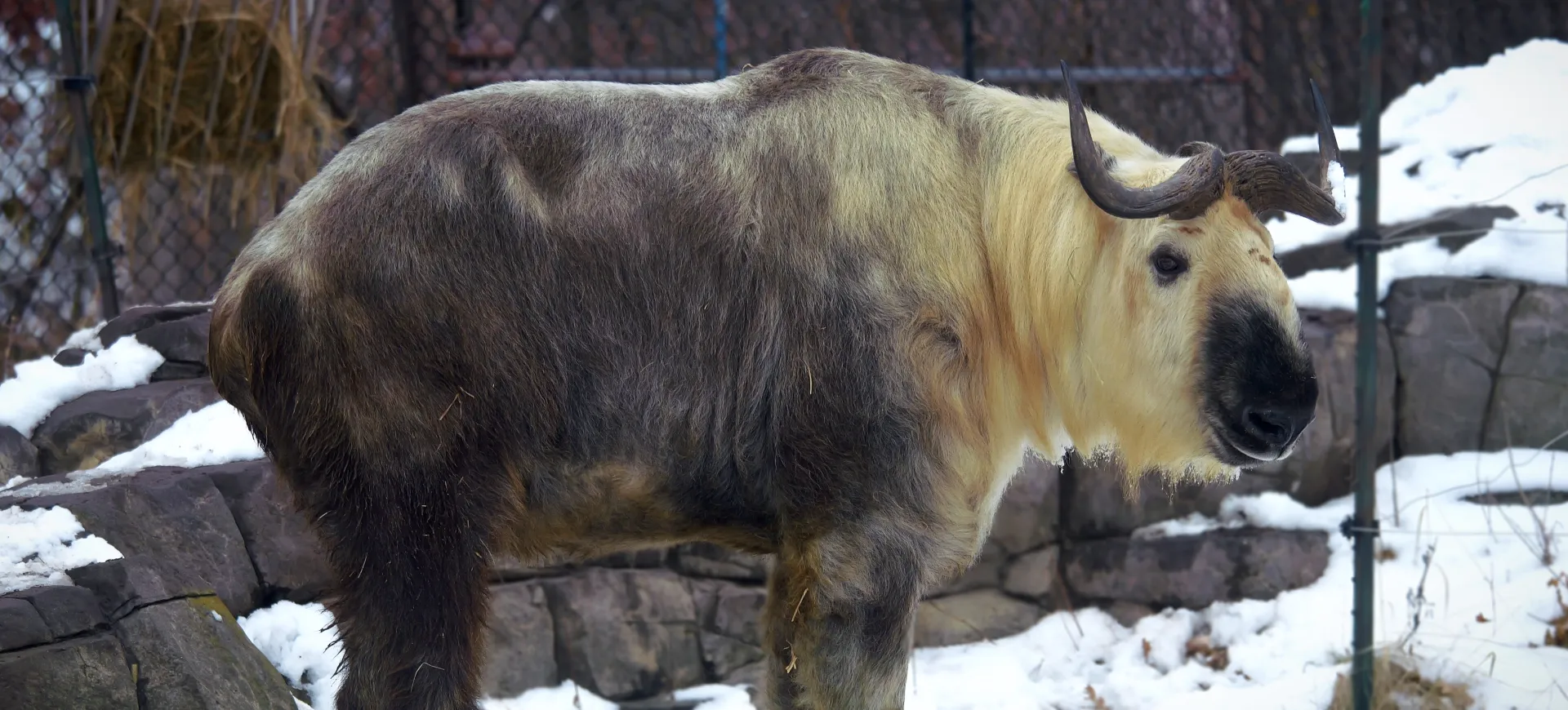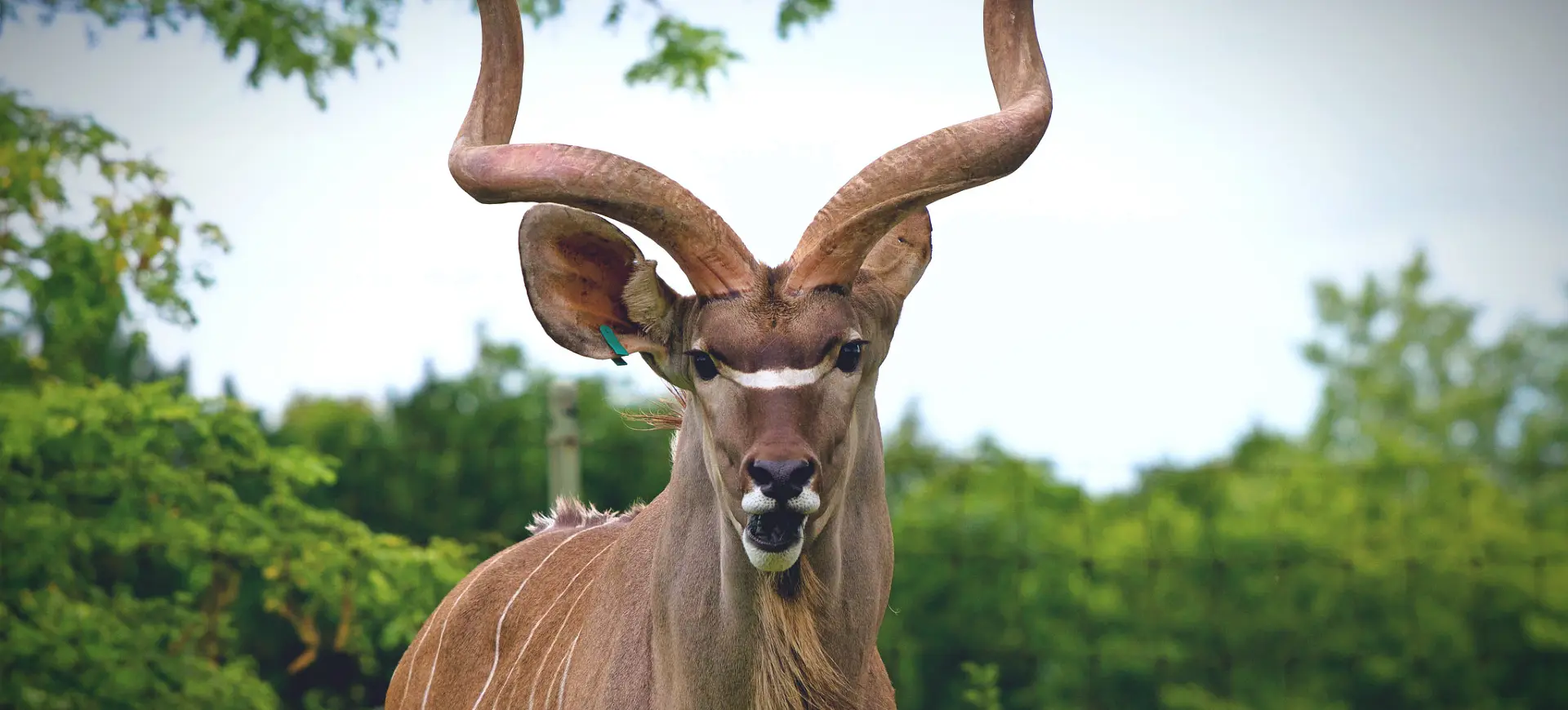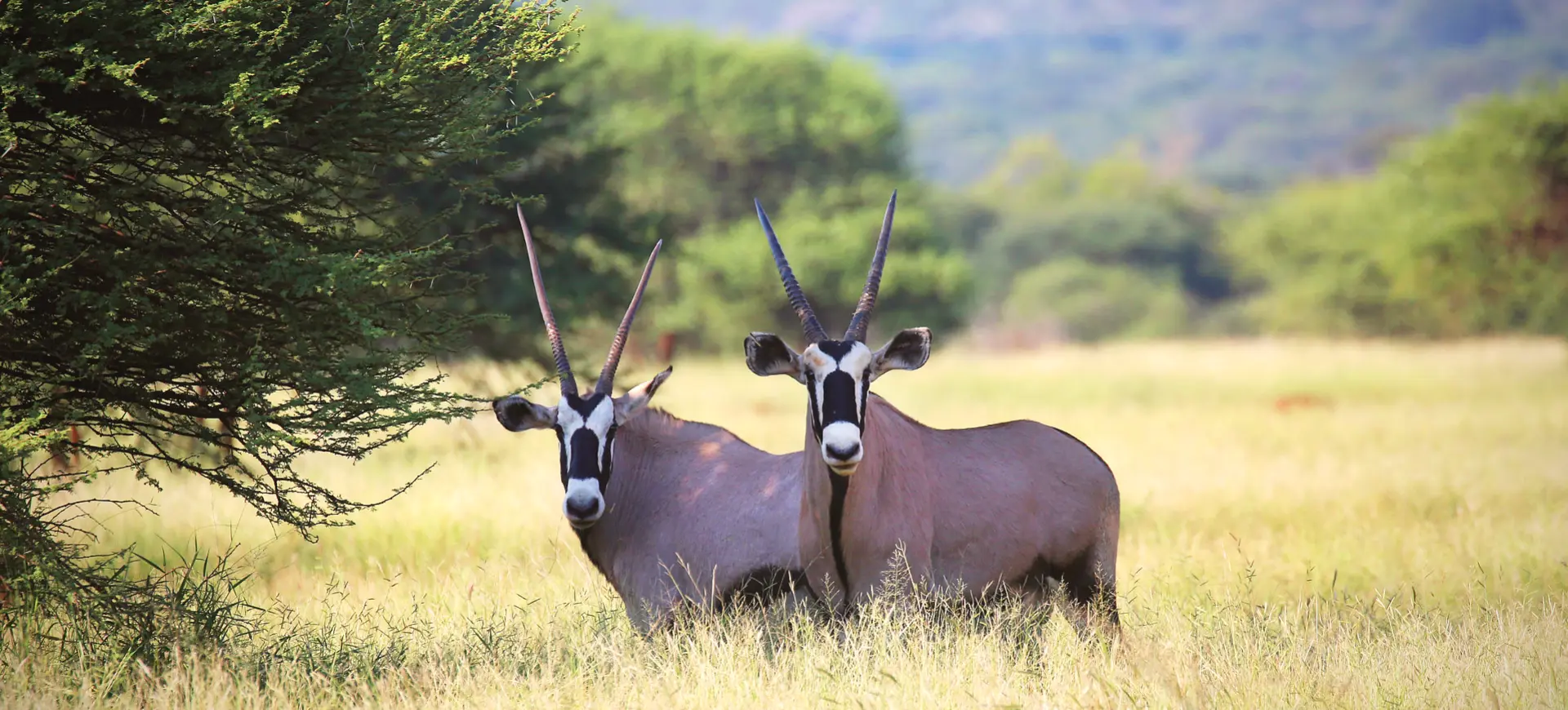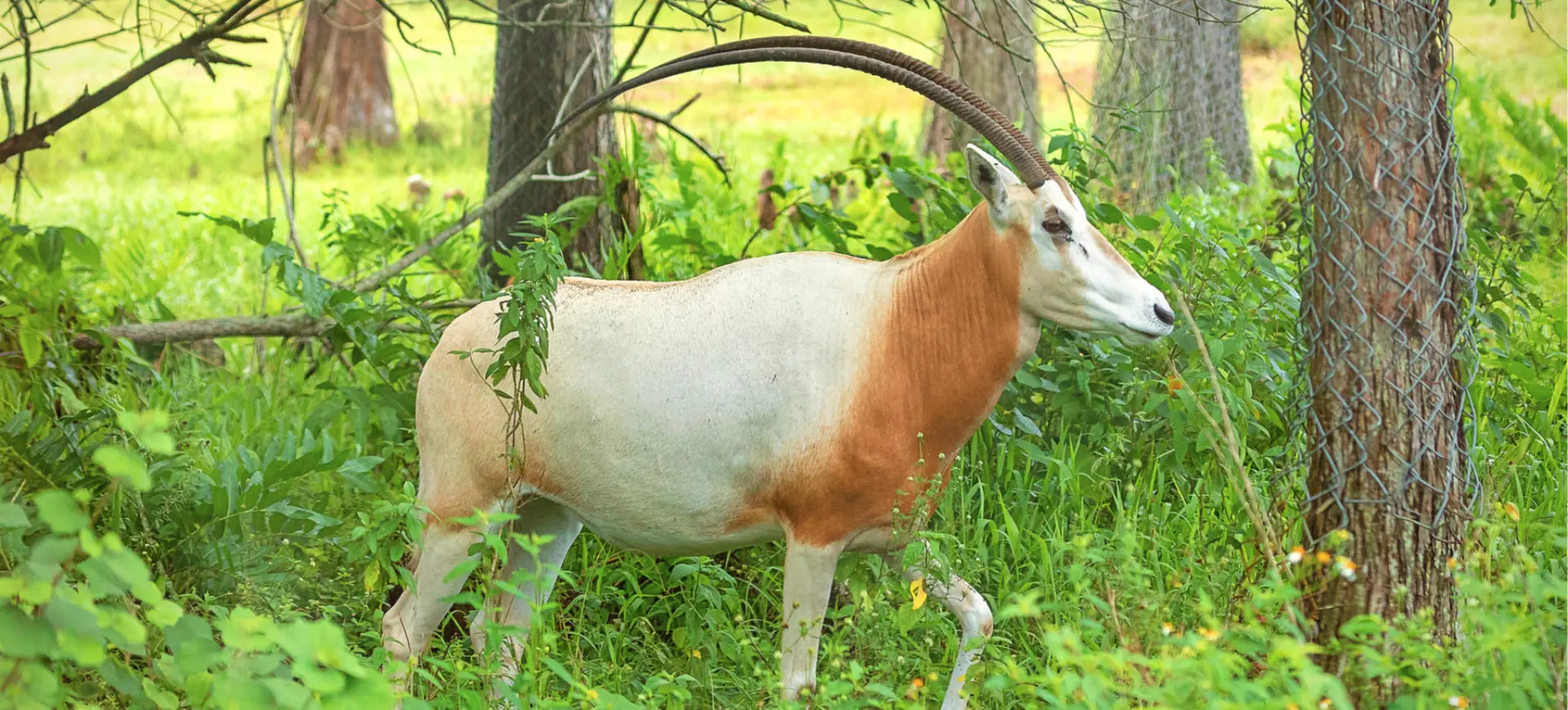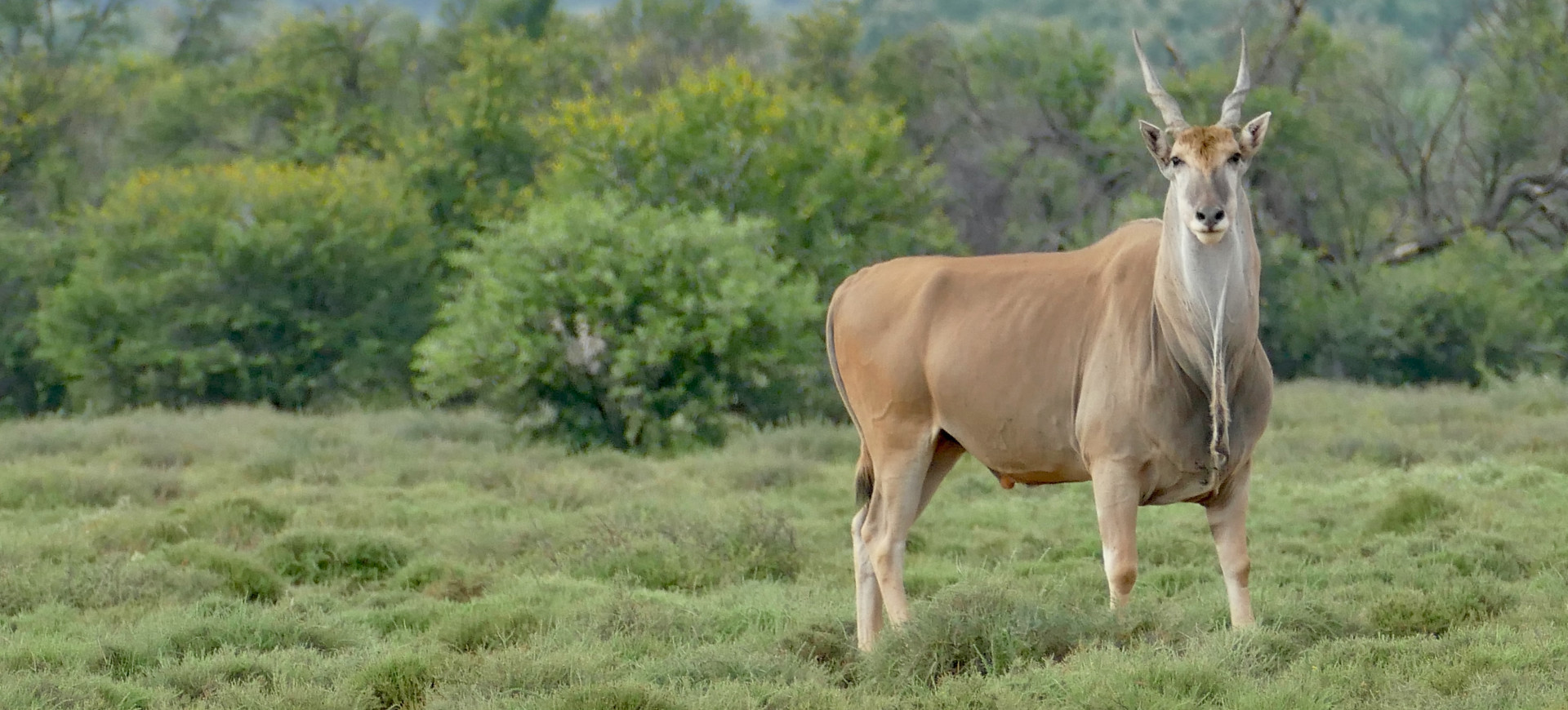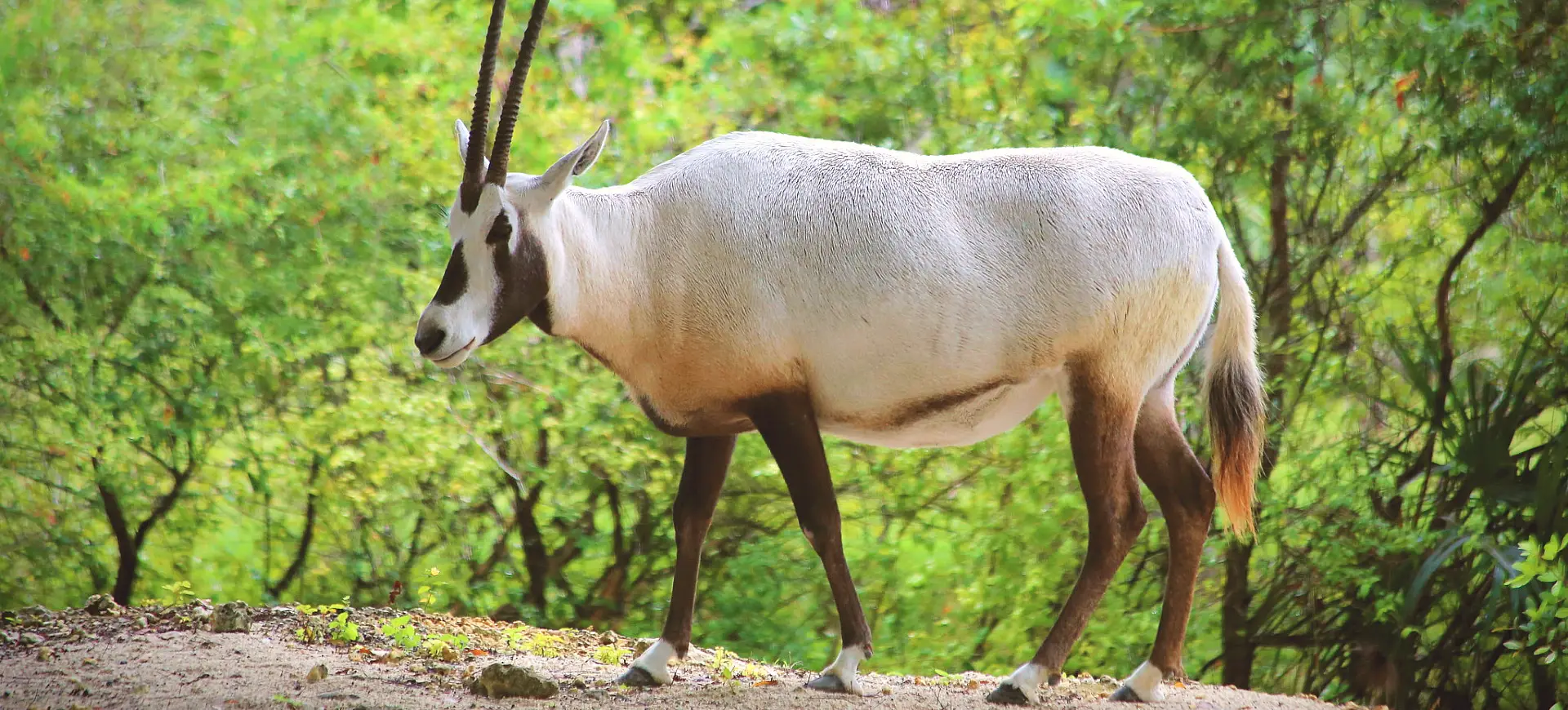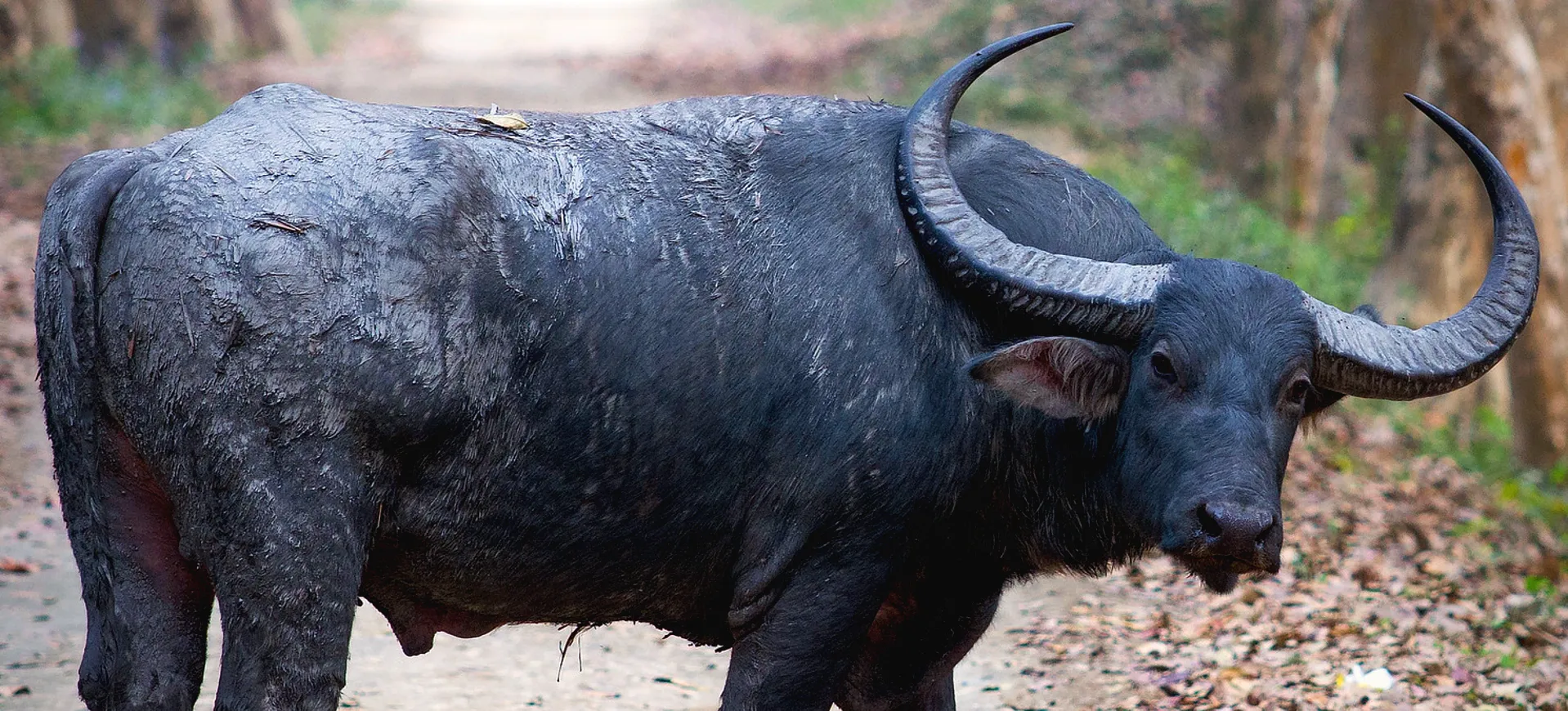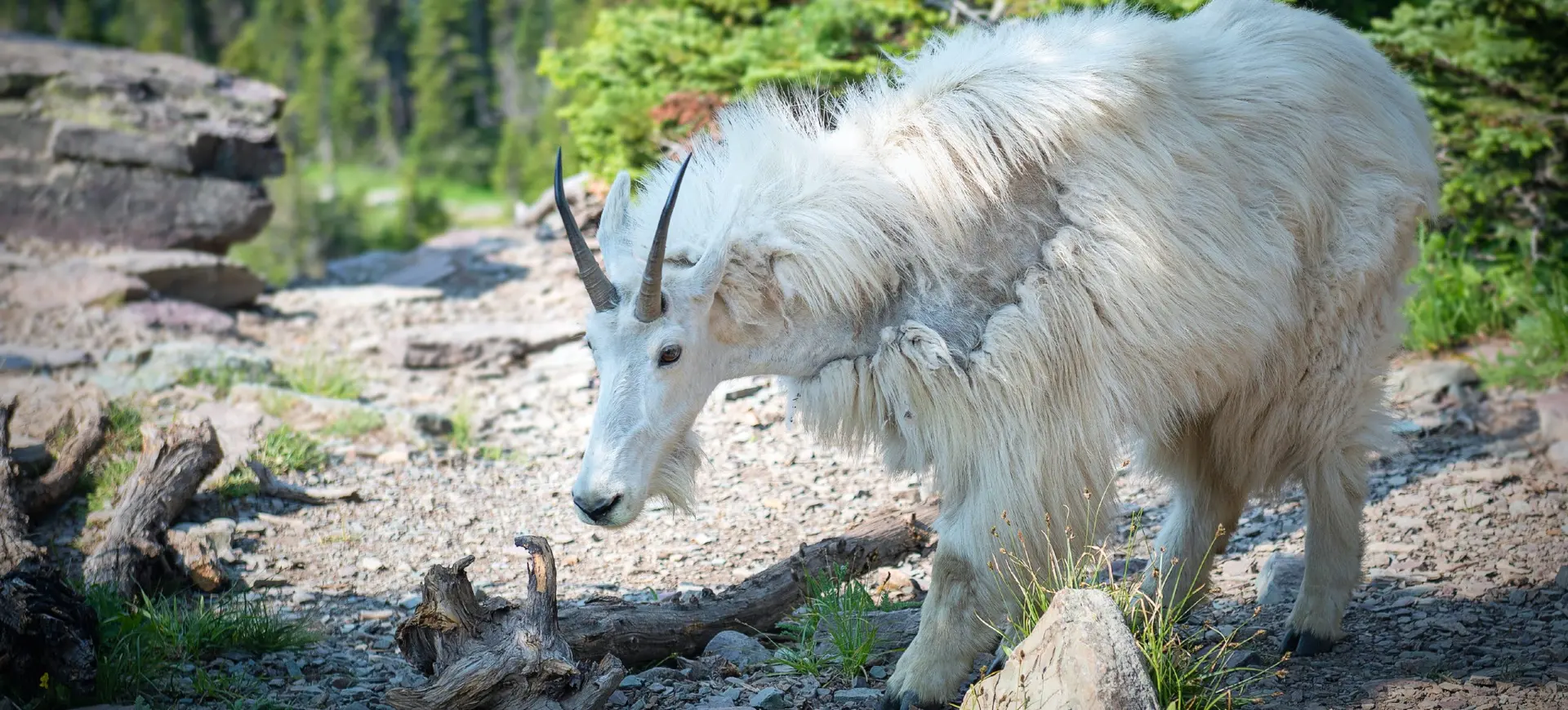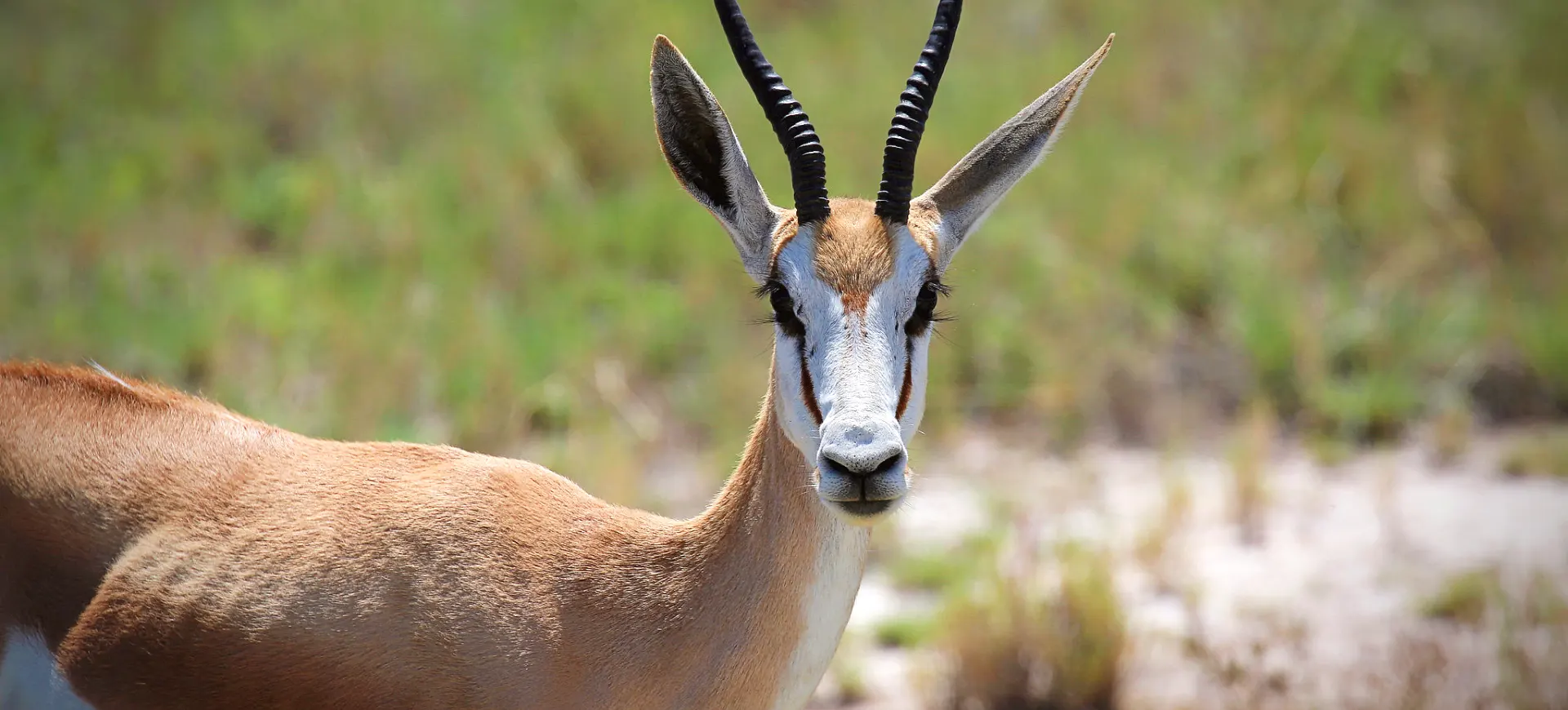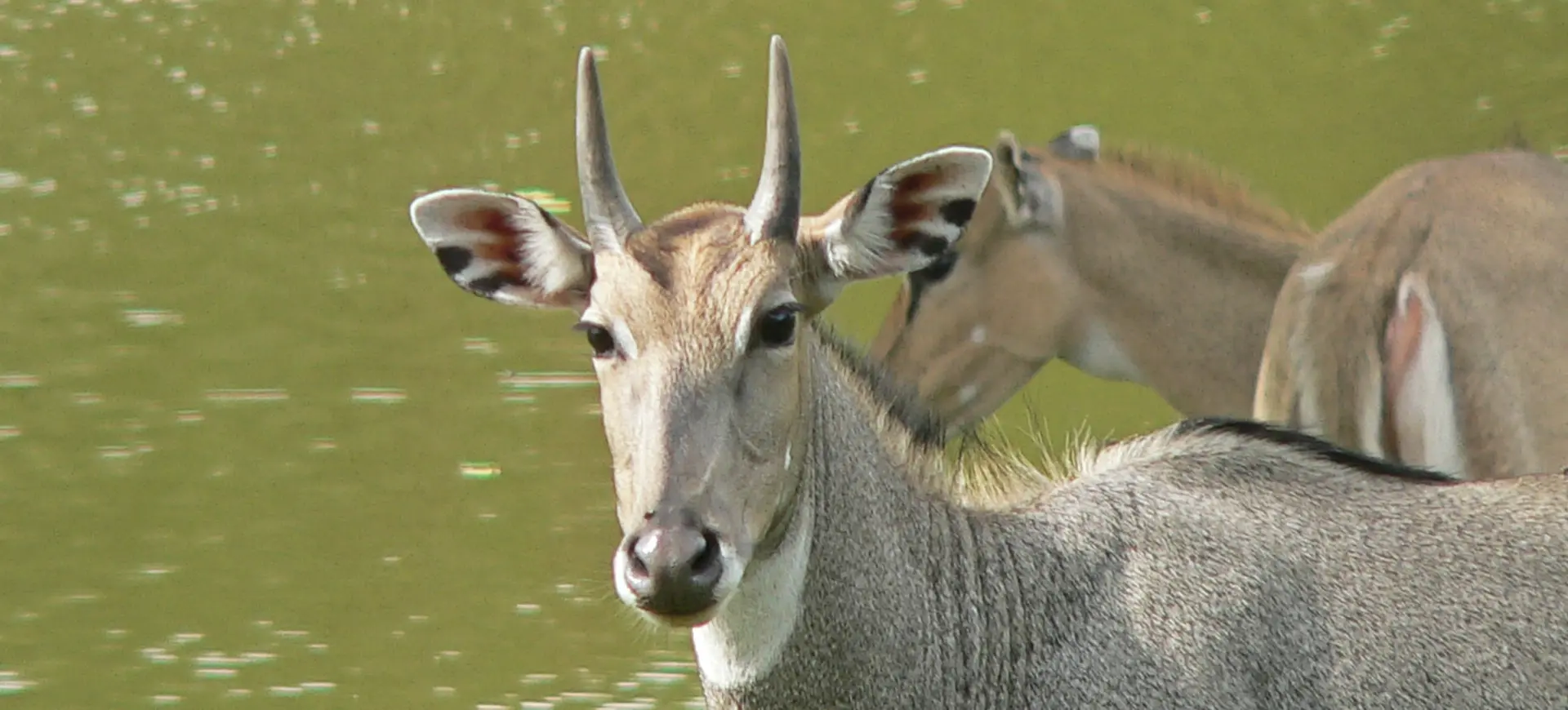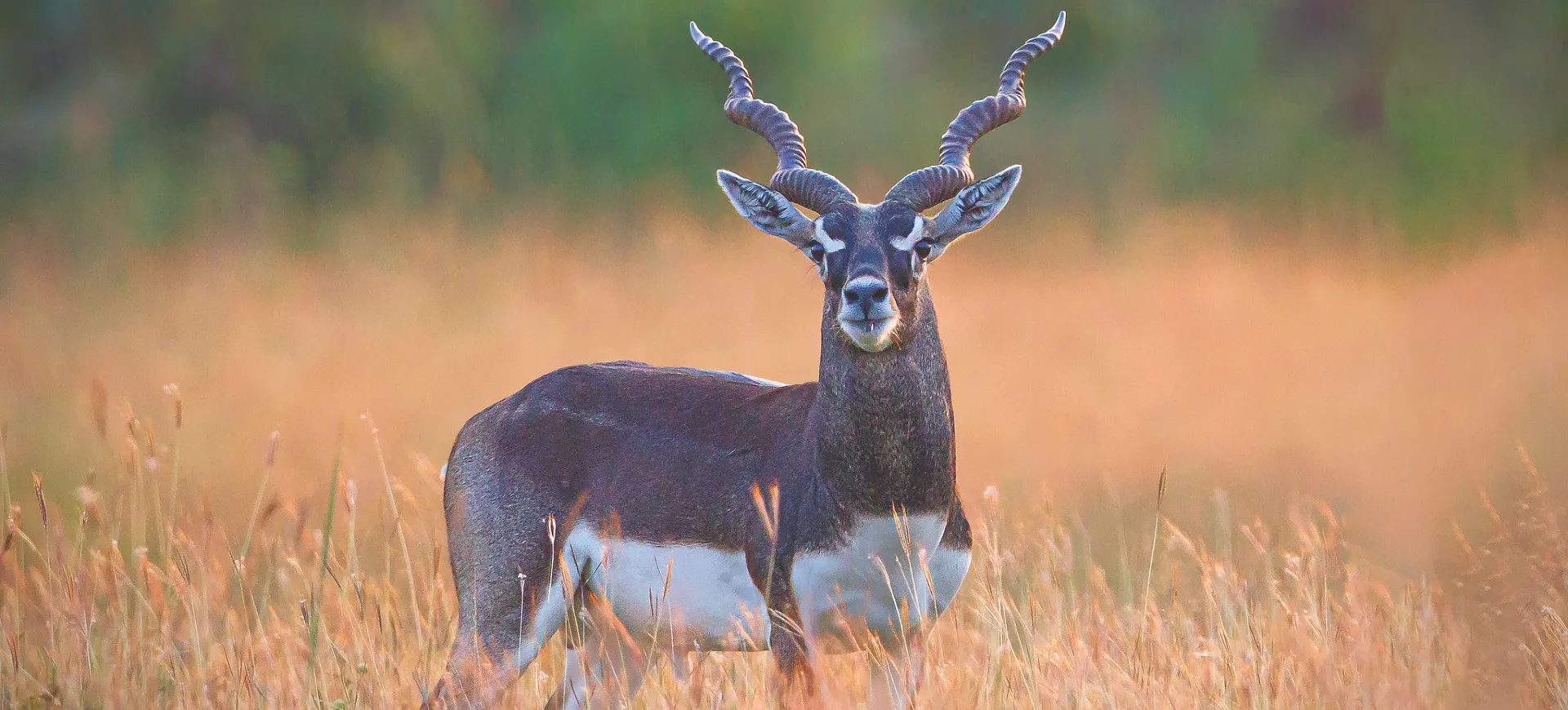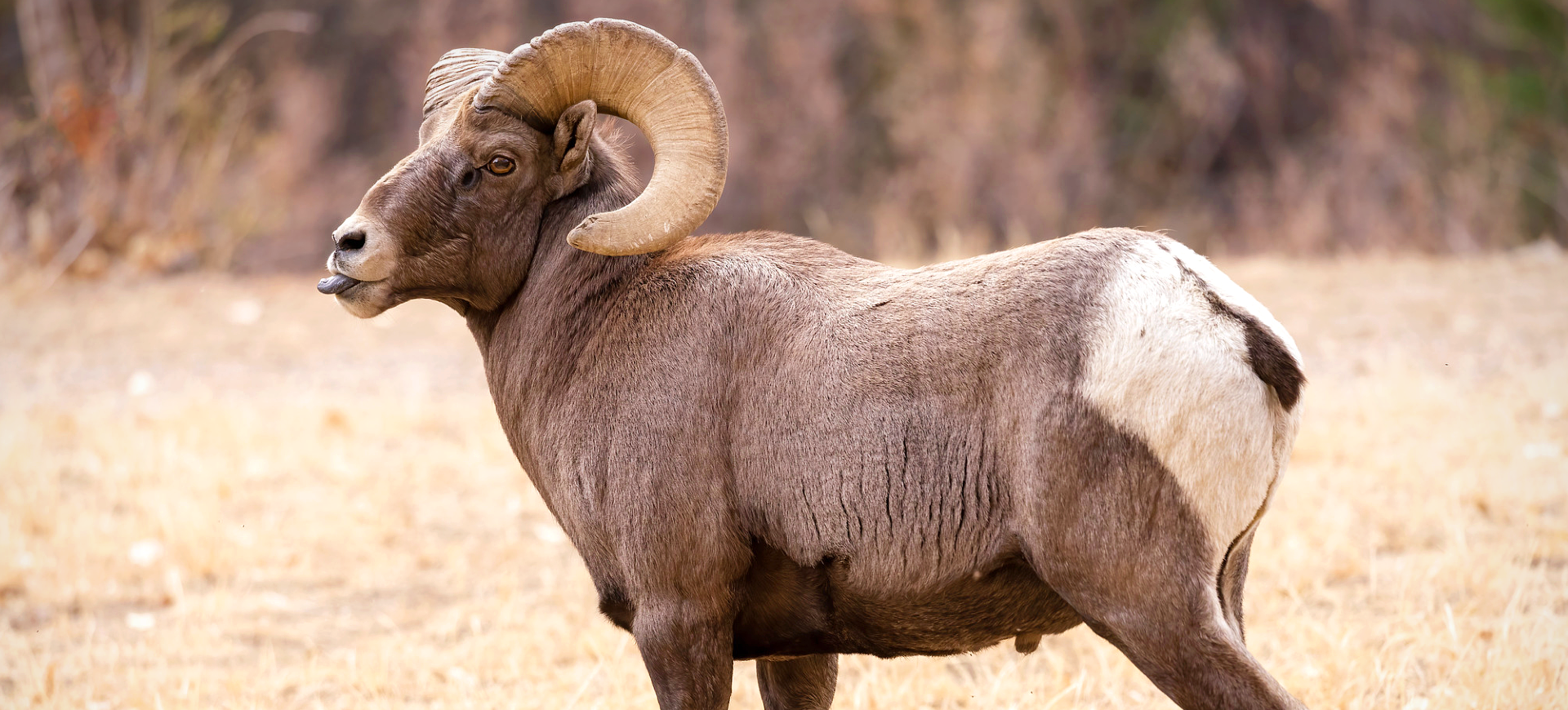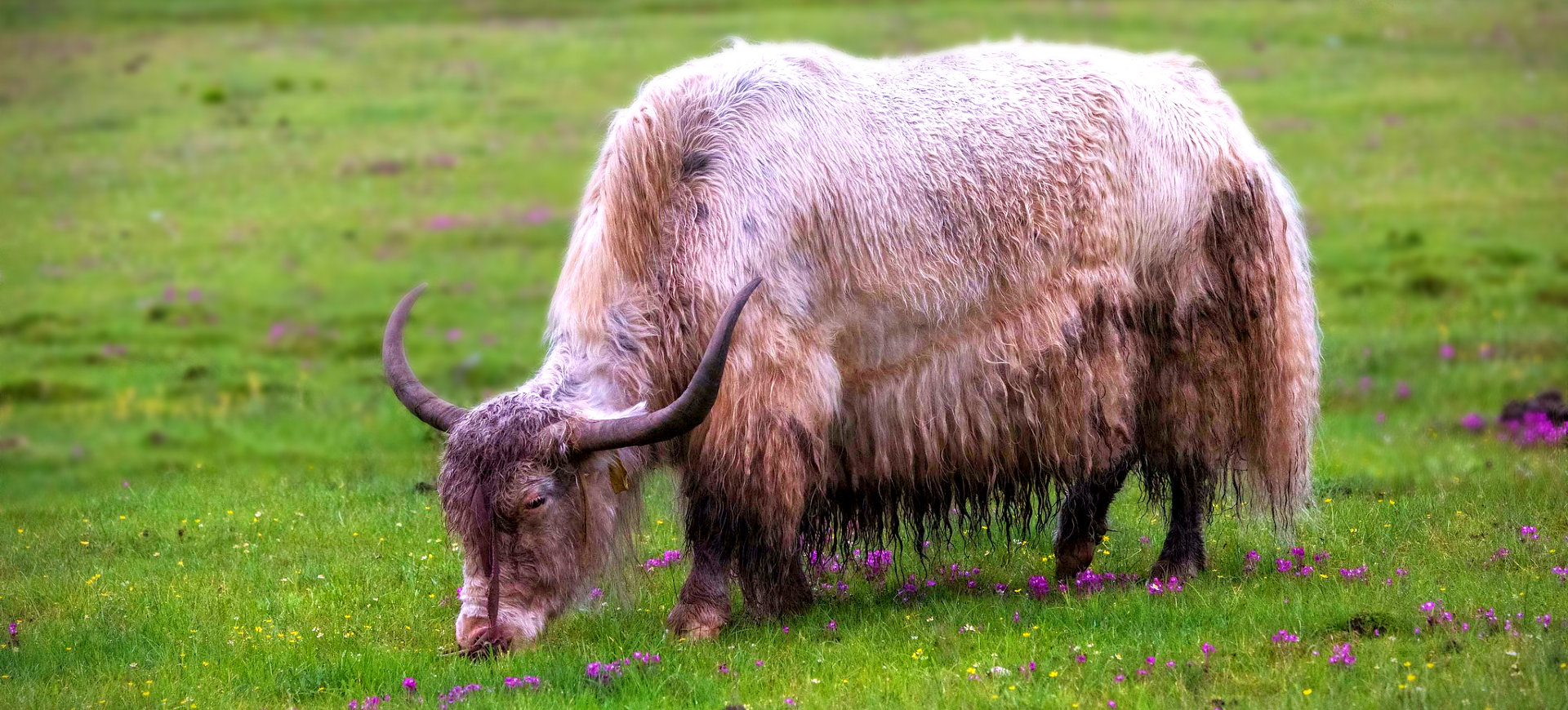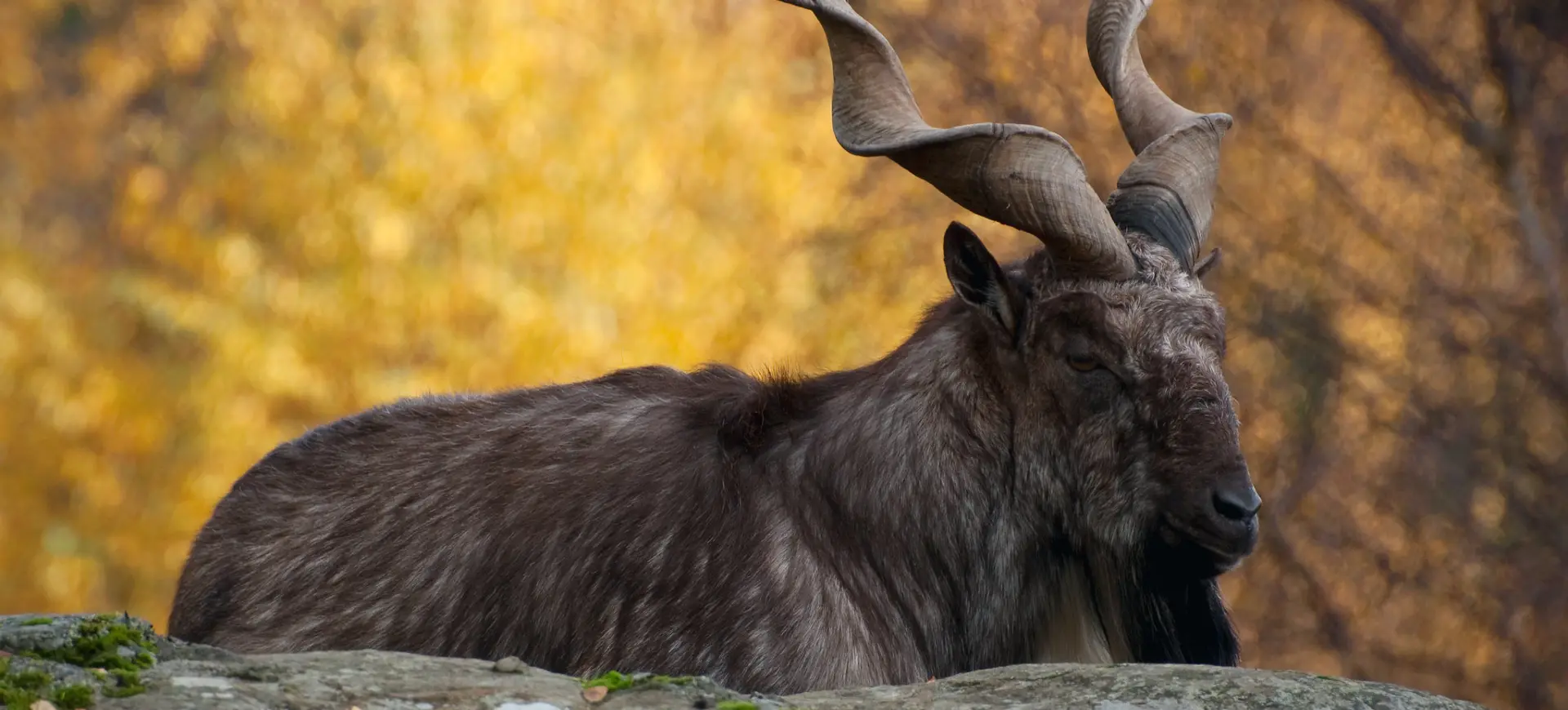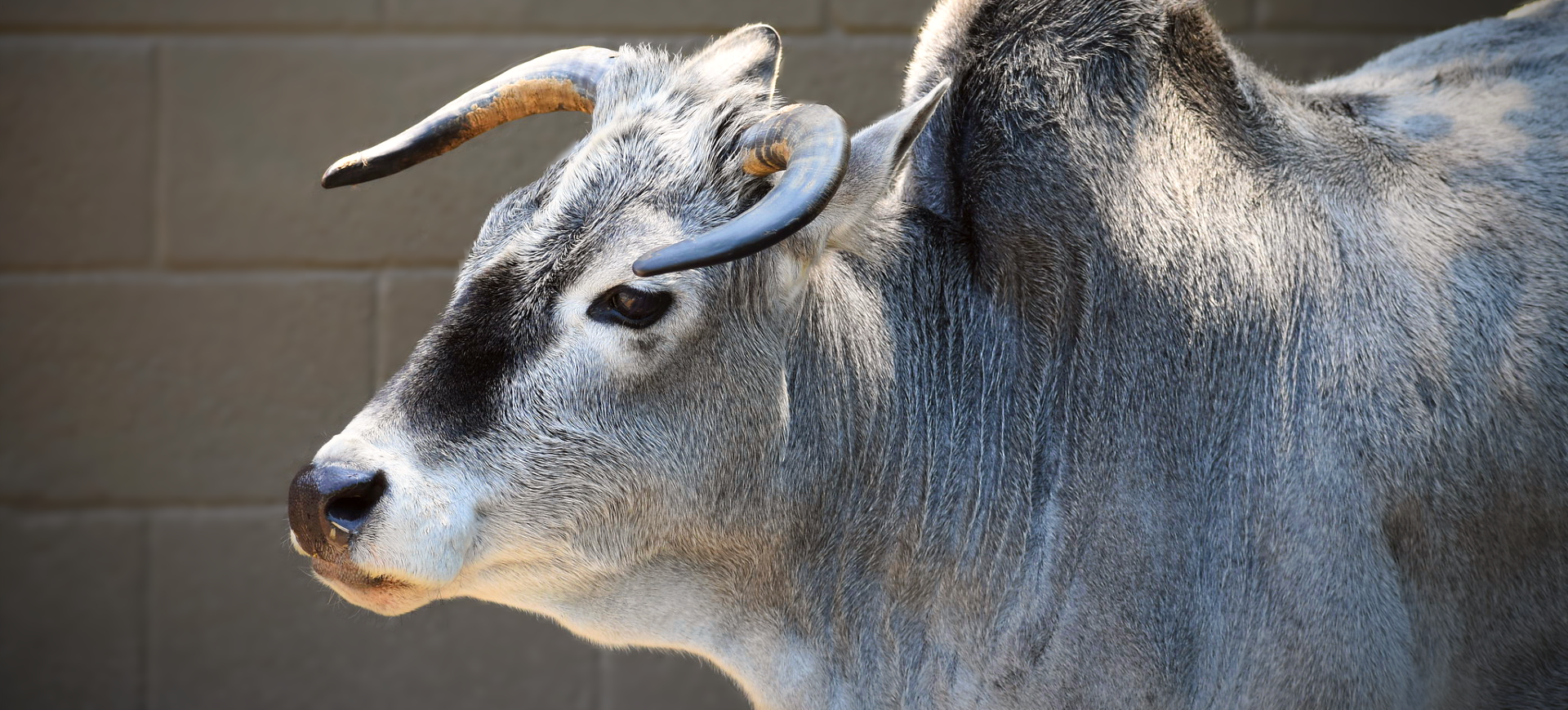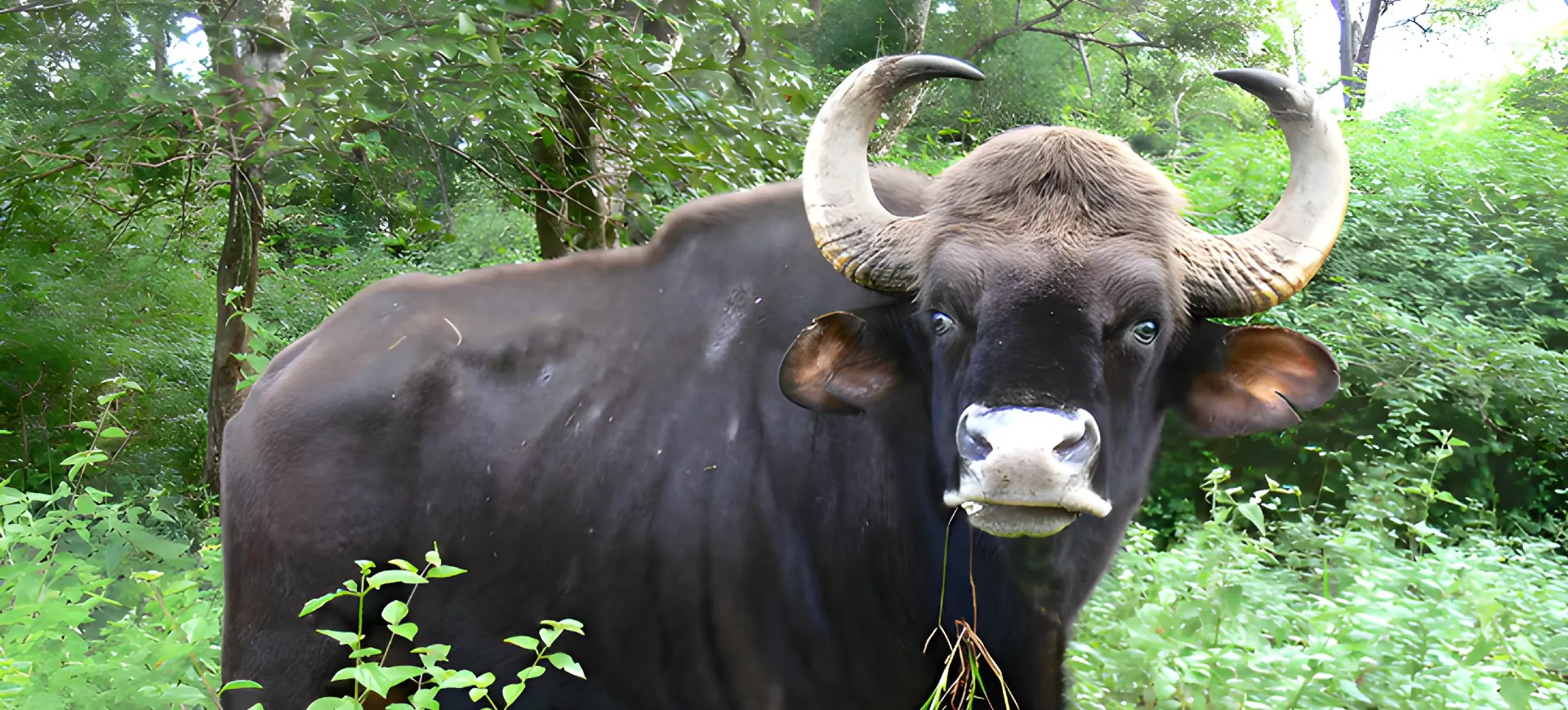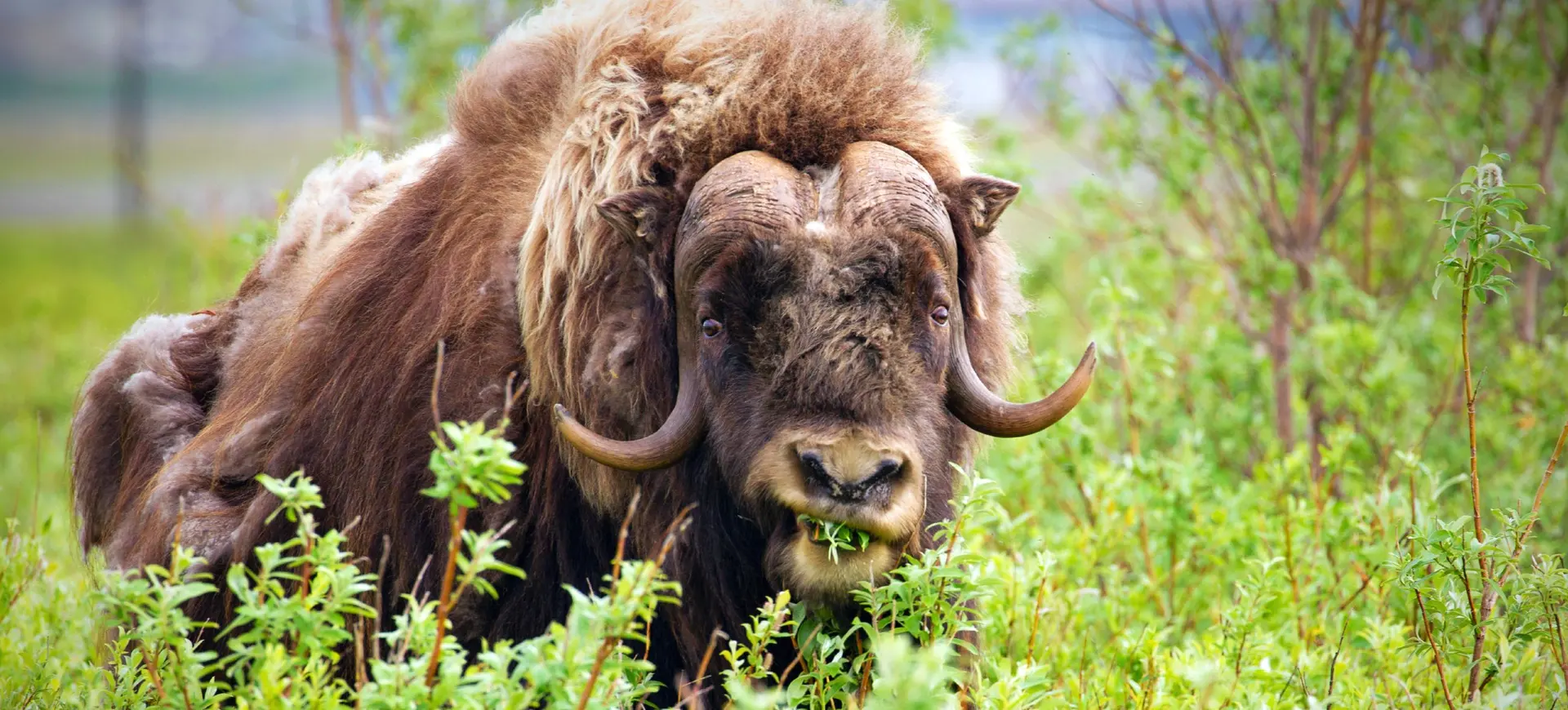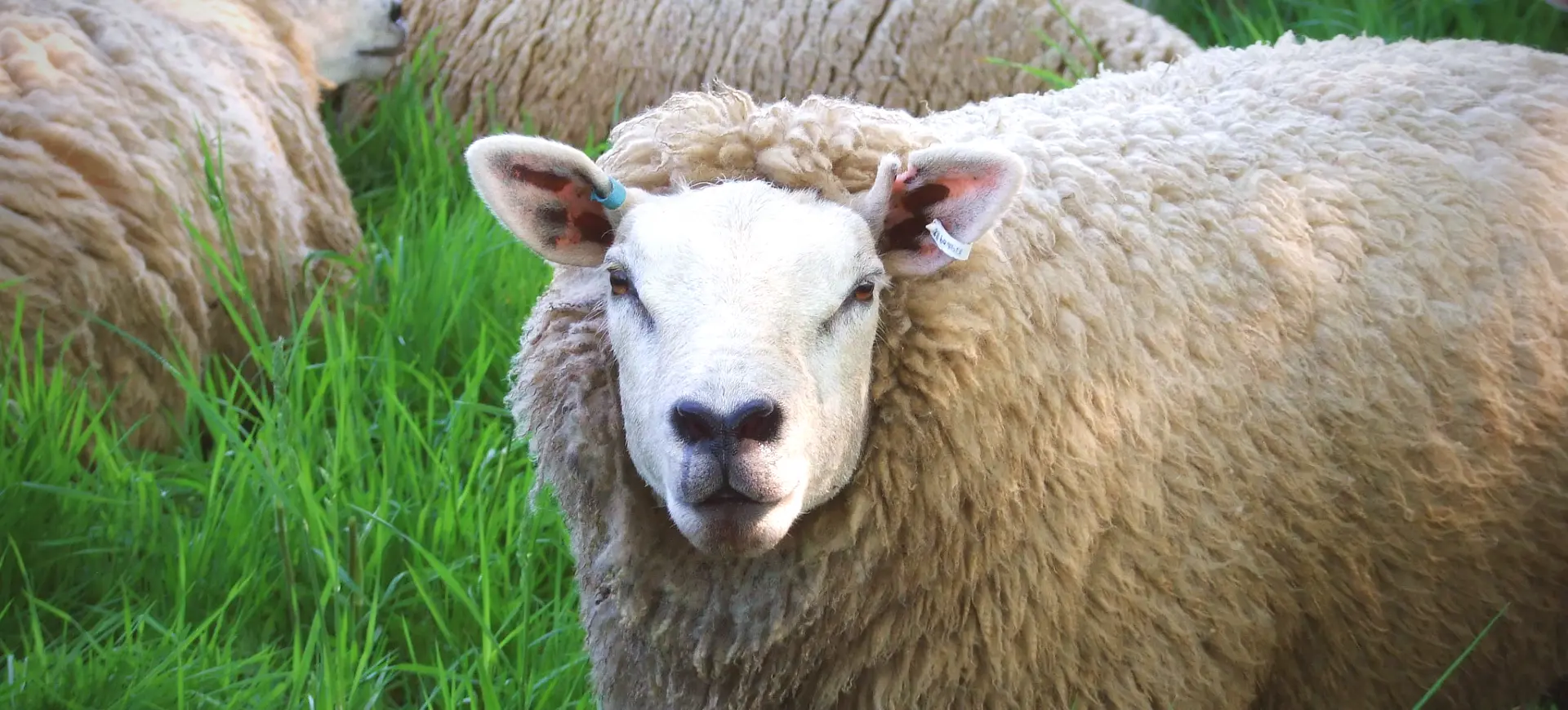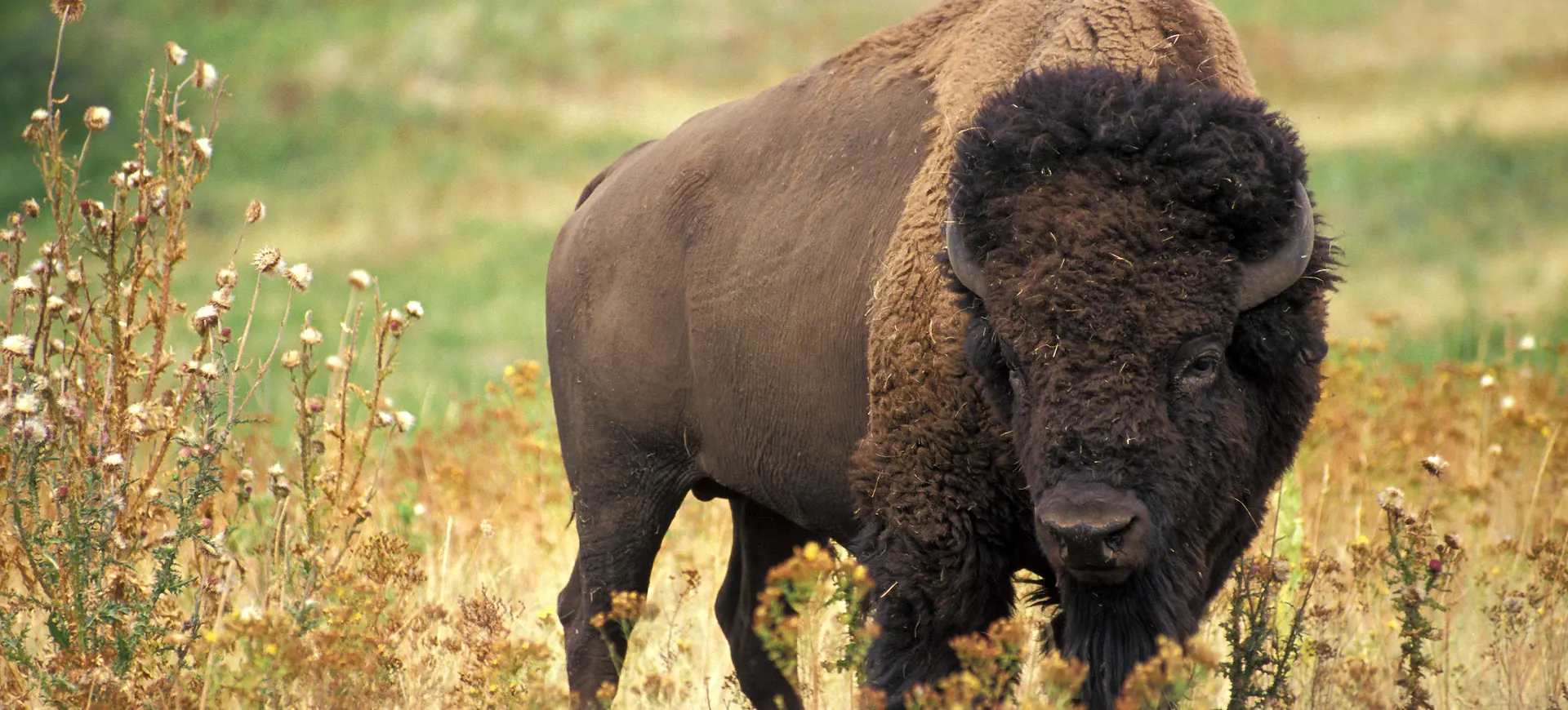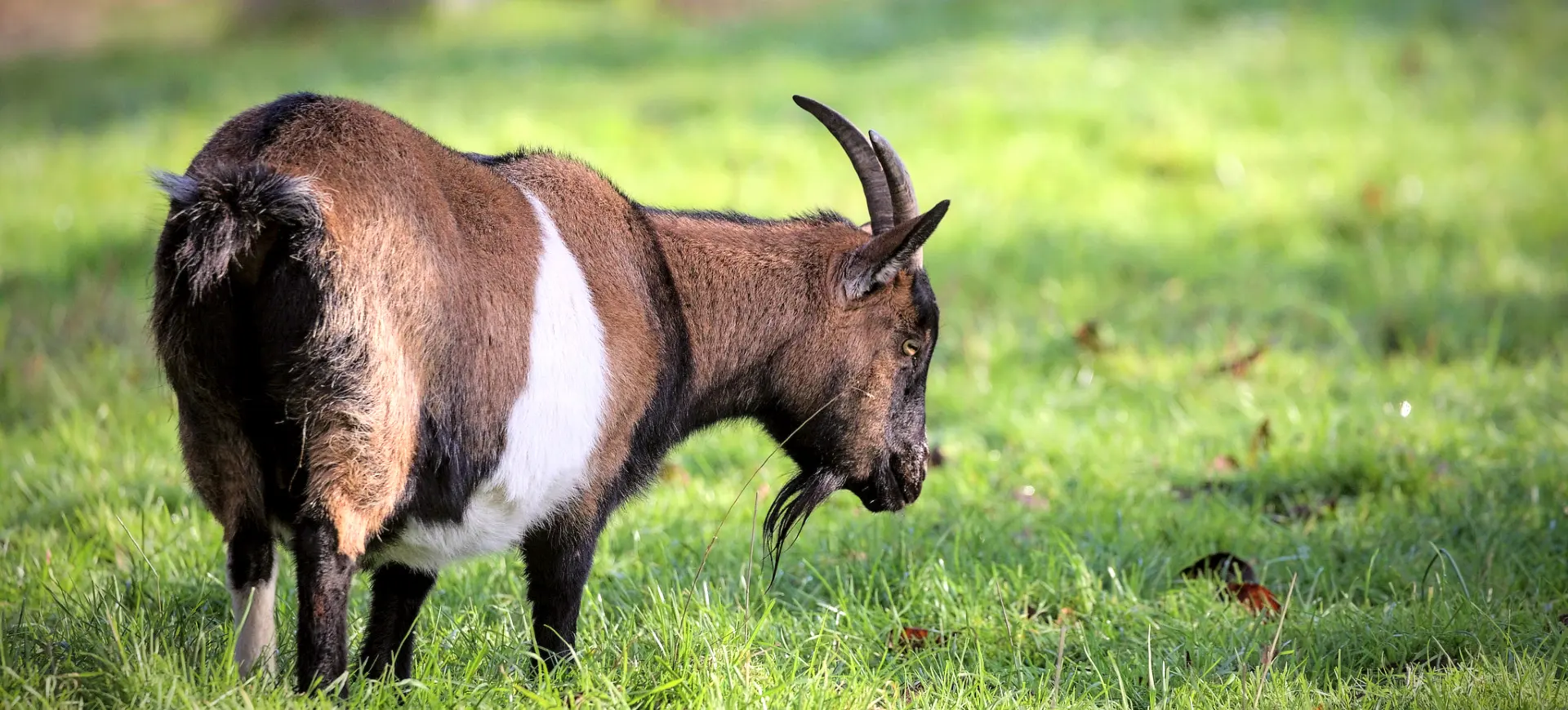Overview
The Bontebok (Damaliscus pygargus pygargus) stands out in South African landscapes for its vivid chestnut-colored coat and distinctive white facial markings, creating a striking contrast against the greens and browns of its grassland habitat. Once teetering on the edge of extinction, this species has been the focus of successful conservation efforts that have stabilized its numbers within protected areas. Characterized by its slender frame, the Bontebok is a medium-sized antelope with horns that curve symmetrically upwards, a feature it shares with its close relative, the Blesbok. The Bontebok’s unique coloration and social behavior make it a fascinating ecological study and conservation subject.
Bonteboks are adapted to graze primarily on short grasses, contributing to the maintenance of their grassland ecosystems. These antelopes are highly diurnal, preferring to carry out their activities in the cooler parts of the day to avoid the midday heat. Living in small herds composed of females and their offspring or in bachelor groups of males, Bonteboks exhibit a complex social structure that helps them navigate the challenges of their environment. Large herds may occasionally form, particularly in response to environmental conditions or during the breeding season, showcasing the dynamic nature of their social life.
Conservation measures have played a pivotal role in the recovery of the Bontebok from near extinction to a species now classified as Least Concern by the IUCN. However, their survival remains closely tied to the continued protection and management of their habitats within South Africa’s nature reserves. Bontebok’s story is a testament to the impact of dedicated conservation efforts. Yet, it also highlights the ongoing challenges of habitat fragmentation and the need for sustainable management of natural landscapes to ensure the future of this remarkable species.
Taxonomy
Kingdom
Phylum
Class
Order
Family
Genus
Species
Sub Species
Type
Current distribution:
The Bontebok's current distribution is largely confined to protected areas throughout South Africa, including the Bontebok National Park, among other nature reserves dedicated to their preservation. These sanctuaries have played a pivotal role in the recovery and management of Bontebok populations by providing a regulated environment conducive to their growth and well-being. The effectiveness of these conservation efforts is evident in the stabilized and even increasing numbers of Bonteboks within these areas, demonstrating the potential for successful species recovery initiatives. However, despite these successes, the Bontebok's habitat remains fragmented, posing challenges to their ability to expand their range naturally.
In response to the issue of habitat fragmentation, conservationists are actively working to reintroduce the Bontebok to regions within their historical range where the environment remains suitable for their habitation. These reintroduction efforts are crucial for enhancing Bontebok populations' genetic diversity and resilience, aiming to establish interconnected habitats that support wider distribution and movement. Such initiatives underscore the critical need for strategic habitat connectivity and comprehensive management practices within conservation planning. By focusing on these areas, conservationists hope to preserve the current populations and facilitate the Bontebok's expansion across its natural landscape, securing a brighter future for the species in the wild.
Physical Description:
The Bontebok’s physical appearance is marked by a unique blend of agility and elegance, with a robust and gracefully proportioned body. Adults display a deep chestnut color that covers most of their body, with sharply contrasting white undersides, facial markings, and legs. This coloration provides camouflage in their natural habitat and makes them one of Africa’s most visually striking antelopes. Males are distinguished by their thicker, lyre-shaped horns, which they use in displays of dominance and defense against predators.
Despite their similarities in appearance, Bonteboks can be differentiated from their close relatives by their unique color patterns and slightly larger size. They typically stand about 31 to 39 inches tall at the shoulder, with males generally larger and heavier than females. This size enables them to move swiftly across the plains, an essential trait for evading predators and competing for mates. The Bontebok’s physical characteristics are not just adaptations to their environment but are also key factors in their social interactions and mating strategies, reflecting the intricate relationship between form, function, and behavior in the wild.

Lifespan: Wild: ~15 Years || Captivity: ~20 Years

Weight: Male: 130-155 lbs (59-70 kg) || Female: 120-140 lbs (54-64 kg)

Length: Male & Female: 55-77 in (140-195 cm)

Height: Male: 35-39 in (90-100 cm) || Female: 31-35 in (80-90 cm)

Top Speed: 50 mph (80 km/h)
Characteristic:
Native Habitat:
Bonteboks are native to the Western Cape province of South Africa, flourishing in the expansive grasslands and plains that dominate the landscape. These areas provide the ideal conditions for their grazing habits and social interactions, offering vast open spaces necessary for survival. The wide, open terrains not only facilitate their dietary needs by providing a variety of grasses but also enhance their ability to spot predators from a distance. Adapting to their environment is crucial in their daily lives, influencing everything from feeding patterns to social organization and predator avoidance strategies.
Over time, the Bontebok’s once extensive range has significantly diminished due to the dual threats of habitat loss and excessive hunting. This reduction in their natural habitat threatened the species with near extinction, highlighting the fragile balance between these antelopes and their environment. In response to this dire situation, conservationists established protected reserves, which have been instrumental in the Bontebok’s recovery. These reserves offer a sanctuary where Bonteboks can thrive, ensuring their populations remain stable and grow, safeguarding the future of this species in its indigenous habitat.
Biomes:
WWF Biomes:
Biogeographical Realms:
Continents:
Countries:
Diet:
Diet & Feeding Habits:
Bonteboks have a specialized diet primarily consisting of short grasses in their grassland habitats. This selective grazing helps prevent overgrowth and maintains the health and diversity of their ecosystems. They possess a highly adaptive feeding strategy that allows them to thrive in the arid conditions of the South African plains, where water can be scarce. By consuming moisture-rich grasses, Bonteboks can go long without drinking water, an adaptation that has enabled them to survive in environments that challenge other species.
The conservation of Bontebok populations has included measures to ensure the availability of their preferred grasses through habitat management and protection. These efforts support the Bontebok and many other species that share their habitat. The relationship between Bonteboks and their environment is a prime example of how selective feeding habits can influence ecosystem dynamics. Their role as keystone species in the grassland biome underscores the importance of maintaining healthy populations to ensure ecological balance.
Mating Behavior:
Mating Description:
The Bontebok’s mating system is characterized by polygyny, where dominant males control territories that attract females for breeding. These territories are defended vigorously against rival males through displays of strength and aggression. The quality of the territory, in terms of food availability and safety, plays a significant role in attracting females, with successful males mating with multiple females during the breeding season. This territorial behavior ensures that only the fittest males reproduce, contributing to the population’s genetic health.
Females give birth to a single calf after a gestation period of about seven months, typically in the spring or early summer when conditions are most favorable for survival. Calves are hidden in tall grass for the first few weeks of life, a strategy that reduces predation risk. The social structure of Bontebok herds, combined with their reproductive strategies, plays a crucial role in the survival and stability of their populations. Understanding these behaviors is essential for developing effective conservation and management plans that support the species’ continued recovery.
Reproduction Season:
Birth Type:
Pregnancy Duration:
Female Name:
Male Name:
Baby Name:
Social Structure Description:
The Bontebok’s social organization is intricately designed to support their survival in the wild, characterized by small herds comprised of females and their young, alongside separate bachelor groups of males. Such a division allows for the efficient allocation of resources and roles within their environment. Territorial males play a crucial role within this structure, claiming and defending specific territories that attract females for mating and offer rich feeding grounds. This territorial behavior is central to Bontebok’s breeding strategy, ensuring that only the strongest and most capable males contribute to the gene pool, thereby promoting the health and vitality of the population.
Moreover, the social structure of the Bontebok enhances their ability to forage and detect predators effectively. Within these groups, members remain vigilant, collectively enhancing their protection against potential threats. This communal approach to vigilance and defense is vital for their survival, particularly for the more vulnerable calves. The social dynamics within Bontebok herds, characterized by cooperation and strategic organization, are fundamental to their continued success as a species. These dynamics aid in their day-to-day survival and significantly ensure the long-term stability and health of Bontebok populations across their protected habitats.
Groups:
Conservation Status:
Population Trend:
The Bontebok, previously teetering on the brink of extinction, has seen a remarkable turnaround in its fortunes, thanks to concerted conservation strategies that have led to its current status as Least Concern, according to the IUCN. This significant recovery can be attributed to the establishment of protected reserves, which offer the Bontebok a sanctuary from the threats that once pushed them toward extinction. These areas not only serve as safe havens but are also managed to maintain and restore the grassland ecosystems vital for the Bontebok’s survival. The success of these conservation measures has ensured the stability and growth of Bontebok populations within these protected zones.
However, the reliance of the Bontebok on these protected areas underscores a vulnerability that necessitates ongoing conservation initiatives. While the establishment of reserves has been crucial, the challenges of habitat fragmentation and the potential impacts of climate change loom large, threatening to undo the progress made. Addressing these challenges requires continued effort and innovation in conservation strategies, emphasizing the importance of habitat connectivity and adapting management practices to changing environmental conditions. The story of the Bontebok’s recovery is a testament to the effectiveness of targeted conservation efforts. Yet, it also serves as a reminder of the need for vigilance and adaptability in the face of ongoing and emerging threats to wildlife.
Population Threats:
The Bontebok is currently confronted with multiple threats that jeopardize its future survival, most notably habitat loss driven by the expansion of agriculture and urban development. This loss of natural grassland not only diminishes the space available for the Bontebok to roam but also degrades the quality of their habitat, impacting their access to food sources. Additionally, despite a significant reduction in illegal hunting thanks to conservation efforts, it remains a persistent threat in certain areas, further endangering their populations. The specter of climate change also looms large, threatening to disrupt the delicate balance of the grassland ecosystems on which Bonteboks rely for sustenance and shelter.
To mitigate these threats and ensure the long-term survival of the Bontebok, a multi-faceted approach to conservation is essential. Effective habitat management strategies are needed to restore and preserve the natural grasslands critical to the Bontebok’s way of life. Simultaneously, anti-poaching initiatives must be strengthened to protect against illegal hunting, ensuring the safety and security of Bontebok populations. Furthermore, adapting conservation strategies to address the impacts of climate change is crucial for maintaining the integrity of Bontebok habitats, highlighting the need for ongoing efforts to adapt and respond to environmental changes.
Conservation Efforts:
Conservation strategies for the Bontebok have centered around safeguarding their habitat by creating and maintaining nature reserves and national parks across South Africa. These protected areas serve as safe havens for the species, offering opportunities for close monitoring and deploying targeted management practices to meet the Bontebok’s specific ecological requirements. Additionally, reintroduction initiatives have played a pivotal role in broadening the Bontebok’s geographical presence, reintegrating them into areas where they had previously dwindled. These efforts have been instrumental in the species’ remarkable recovery from the brink of extinction to a position of relative stability today.
The journey towards securing a stable future for the Bontebok is ongoing and requires a sustained commitment to conservation. This includes continuous research to better understand the needs and behaviors of the Bontebok, efforts to restore and preserve their natural grassland habitats, and initiatives to involve local communities in conservation activities. Engaging communities fosters a sense of stewardship among those who live alongside these antelopes and promotes practices that benefit both people and wildlife. By prioritizing these focus areas, conservationists aim to ensure that Bonteboks thrive for generations, safeguarding the biodiversity of South Africa’s unique landscapes.
Additional Resources:
Fun Facts
- The Bontebok (Damaliscus pygargus pygargus) is a unique antelope found exclusively in South Africa, known for its striking appearance and conservation success story.
- Bonteboks have a distinctive rich brown coat with striking white facial markings, a white belly, and a white patch on their rumps, making them easily distinguishable from other antelope species.
- They were once on the brink of extinction in the 19th century, with numbers as low as 17 individuals, but conservation efforts have successfully increased their population.
- Bonteboks are highly territorial animals, with males establishing territories that they defend vigorously against rivals, using their sharp horns in combat.
- This species is known for its remarkable agility and can run up to 55 miles per hour (88 kilometers per hour) to escape predators.
- Bonteboks are selective grazers, preferring short grasses, and their diet plays a role in maintaining the biodiversity of the South African fynbos and grassland ecosystems.
- They have a unique social structure, forming small groups typically consisting of a single male, several females, and their offspring.
- Bontebok populations are confined to protected areas and reserves due to their habitat requirements and the threat of habitat loss outside these areas.
- The Bontebok cannot interbreed with its close relative, the Blesbok (Damaliscus pygargus Phillips), due to behavioral and ecological differences despite their physical similarities.
- According to different scientists, the Bontebok (Damaliscus pygargus pygargus) to this day still battles with the Blesbok (Damaliscus pygargus phillipsi) on which animal is the nominate species Damaliscus pygargus.


